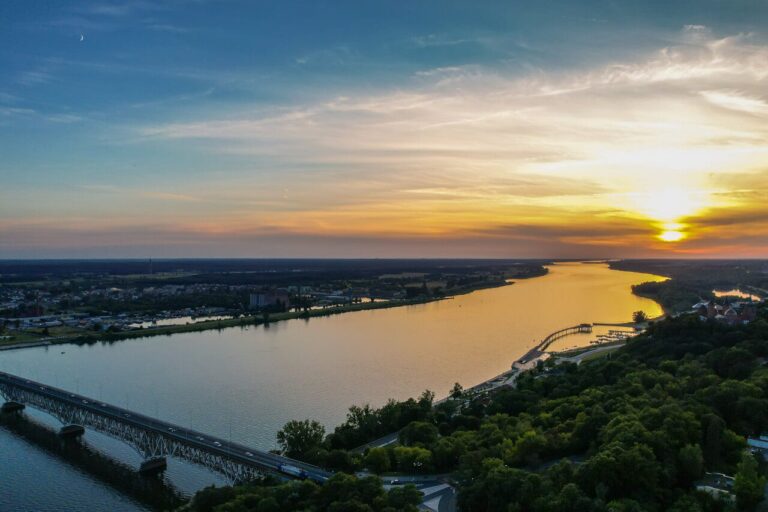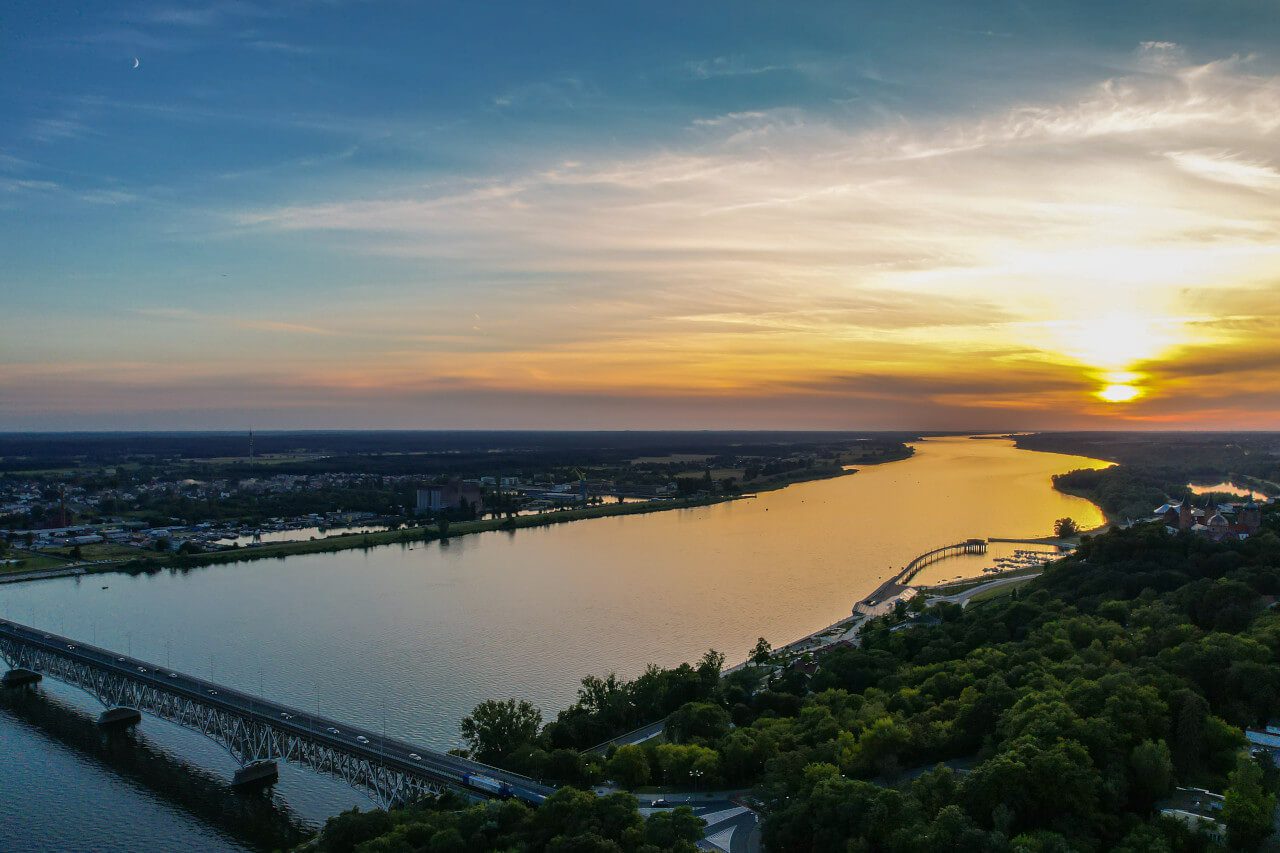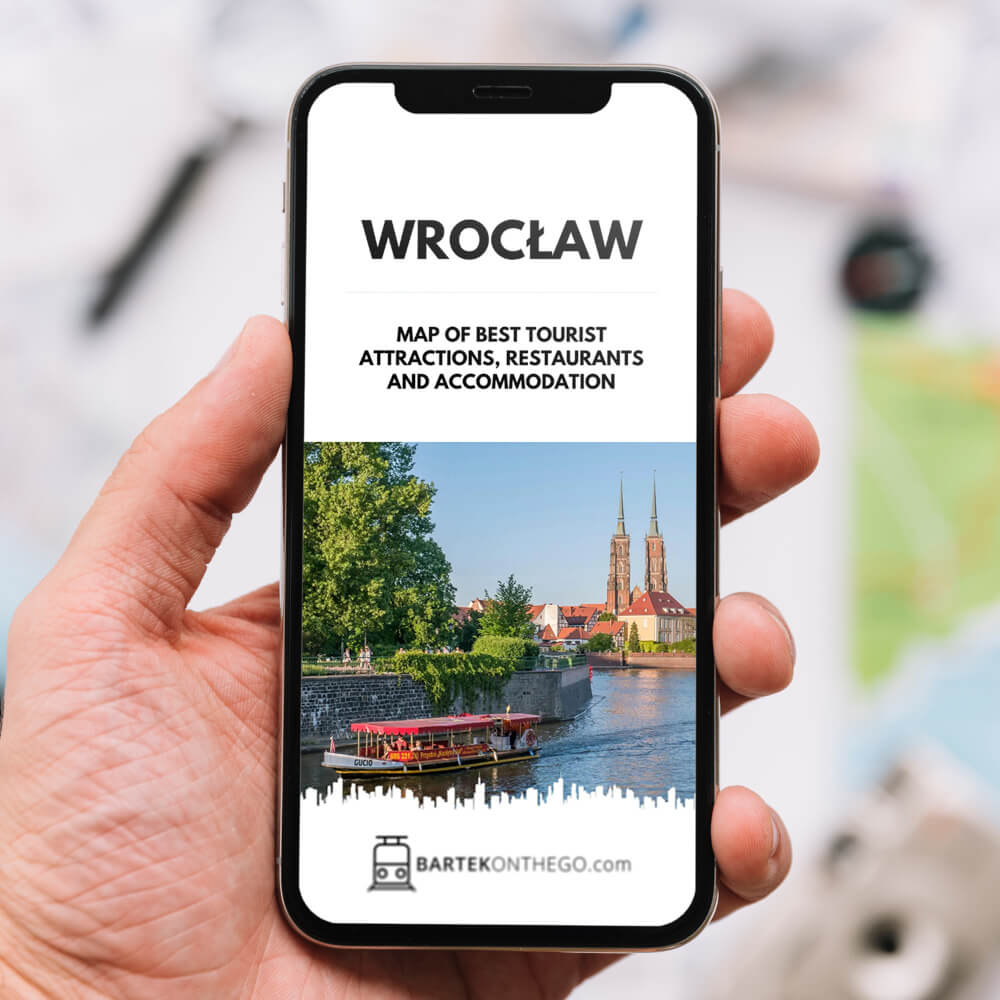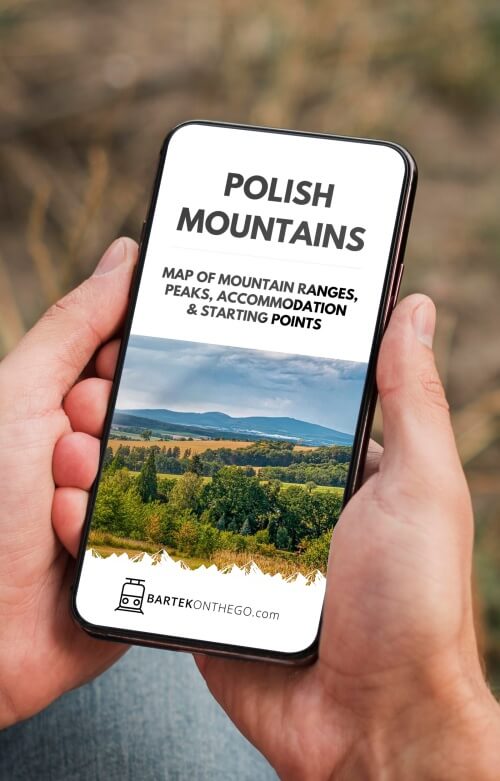I probably don’t need to convince you that visiting Poland is like winning the lottery. The diverse landscape and atmospheric cities make tourists look for the most beautiful places in Poland for a day or weekend getaway. To make it easier for you to find your way around the dozens of possibilities, I’ve made a list of more than 37 Best Places To Visit and the Best Things To Do in Poland. This travel guide will help you to choose what to see in Poland and have the best trip ever! Let’s start exploring Europe’s hidden gem.
What do you find in the article?
- a compilation of interesting places in Poland ideal for a day trip or weekend,
- a huge list of the best things to do and best places to visit in Poland,
- suggestions for both natural attractions and sights worth seeing,
- tips on ready-made plans for hiking in the Polish mountains.
Get ready to explore Poland
What To See in Poland? My list Of Best Things To Do & The Most Interesting Tourist Attractions in Poland
You need long months to visit all of Poland’s major attractions. However, you can start by choosing from my list of the best things to do, attractions, and places most strongly attract your attention. You will easily find something on the list for you – Poland is a large and diverse country full of beautiful locations.
Poland has no shortage of places or attractions from which you can assemble not only a weekend getaway but also a longer trip that will fill many days of your free time. In front of you is my compilation of 37+ Best Places to Visit in Poland that will make quite an impression on anyone. So let’s get on with the sightseeing!
EXCHANGE CURRENCIES CHEAPER
Exchange at exchange offices is expensive and inconvenient.
When I travel, I use the Curve card and exchange currencies at the interbank rate – that is, as cheaply as possible. Using the card is free.
1. Wieliczka Salt Mine (Kopalnia Soli Wieliczka)
The Wieliczka Salt Mine is one of Poland’s most recognizable tourist attractions, attracting hundreds of thousands of tourists worldwide every year. It is worthwhile for you to find a place in your plans to visit our country for this attraction located near Krakow.
The Wieliczka Salt Mine made it to the first-ever UNESCO World Heritage List back in 1978. It is the only mining site in the world that has been in continuous operation since the Middle Ages, and the history of these salt deposits dates back as far as 14 million years. At its peak, Poland drew as much as… 20% of its income from salt mining in the so-called Cracow souks (i.e. Wieliczka and Bochnia mines).
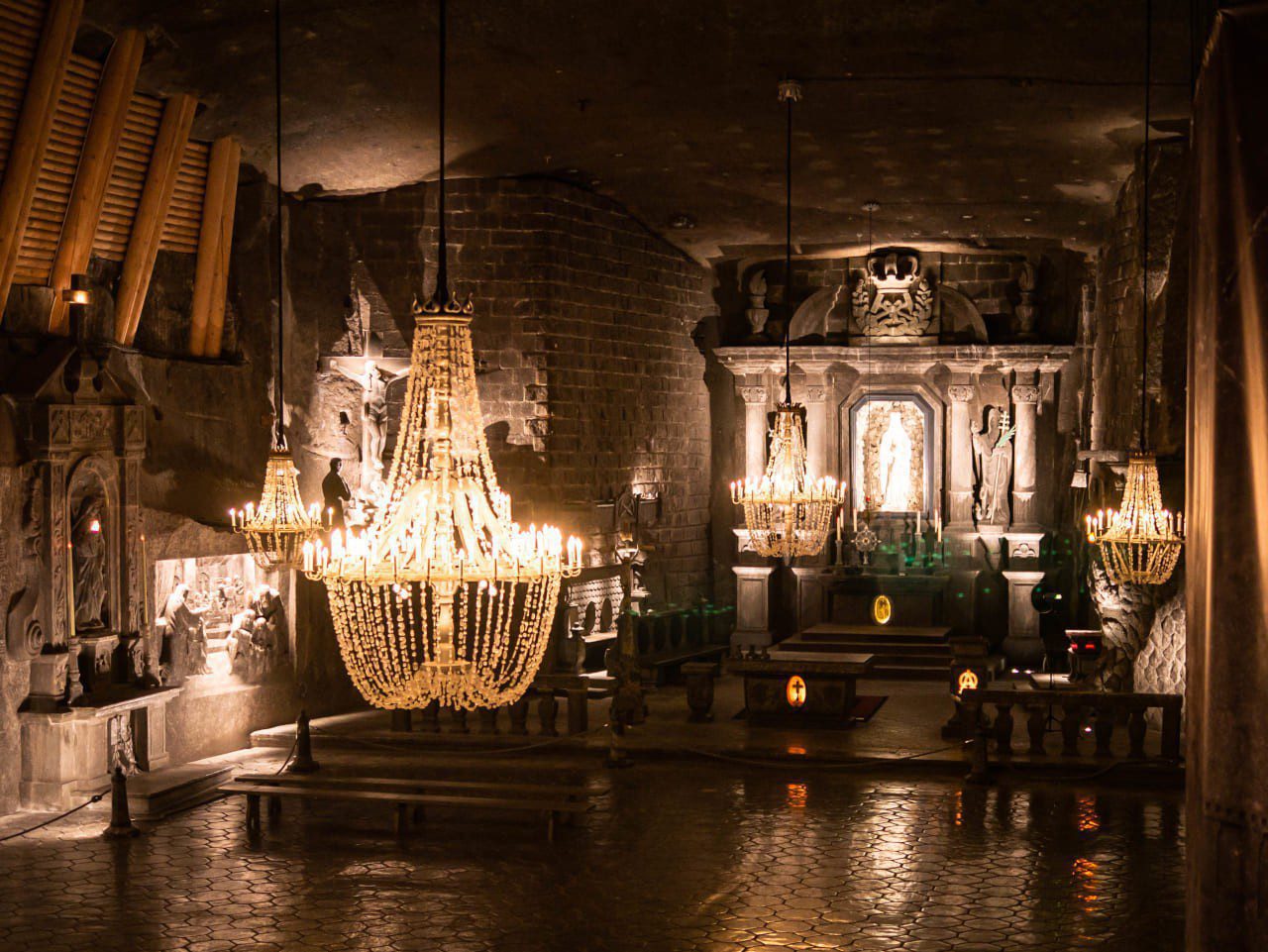
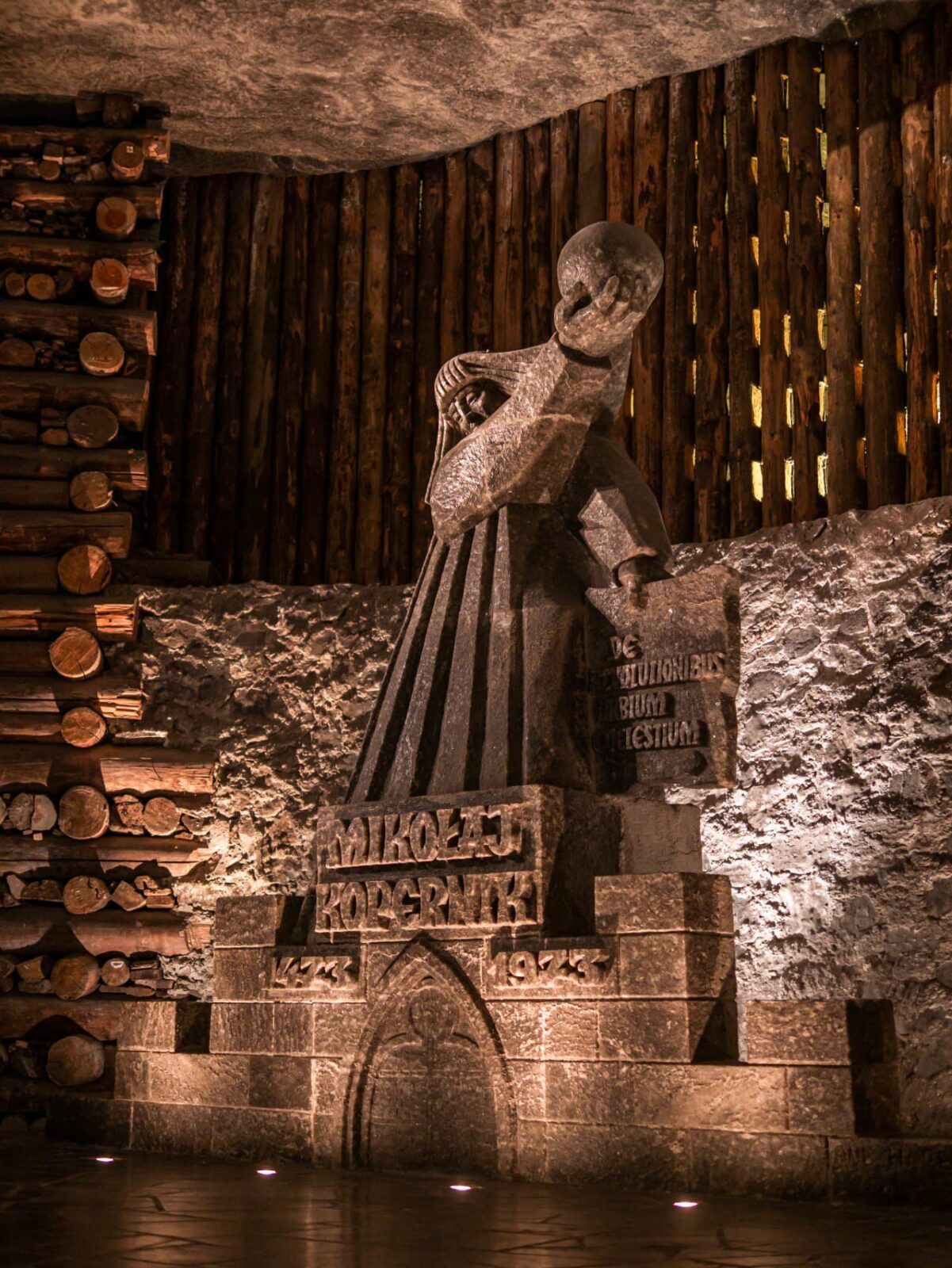
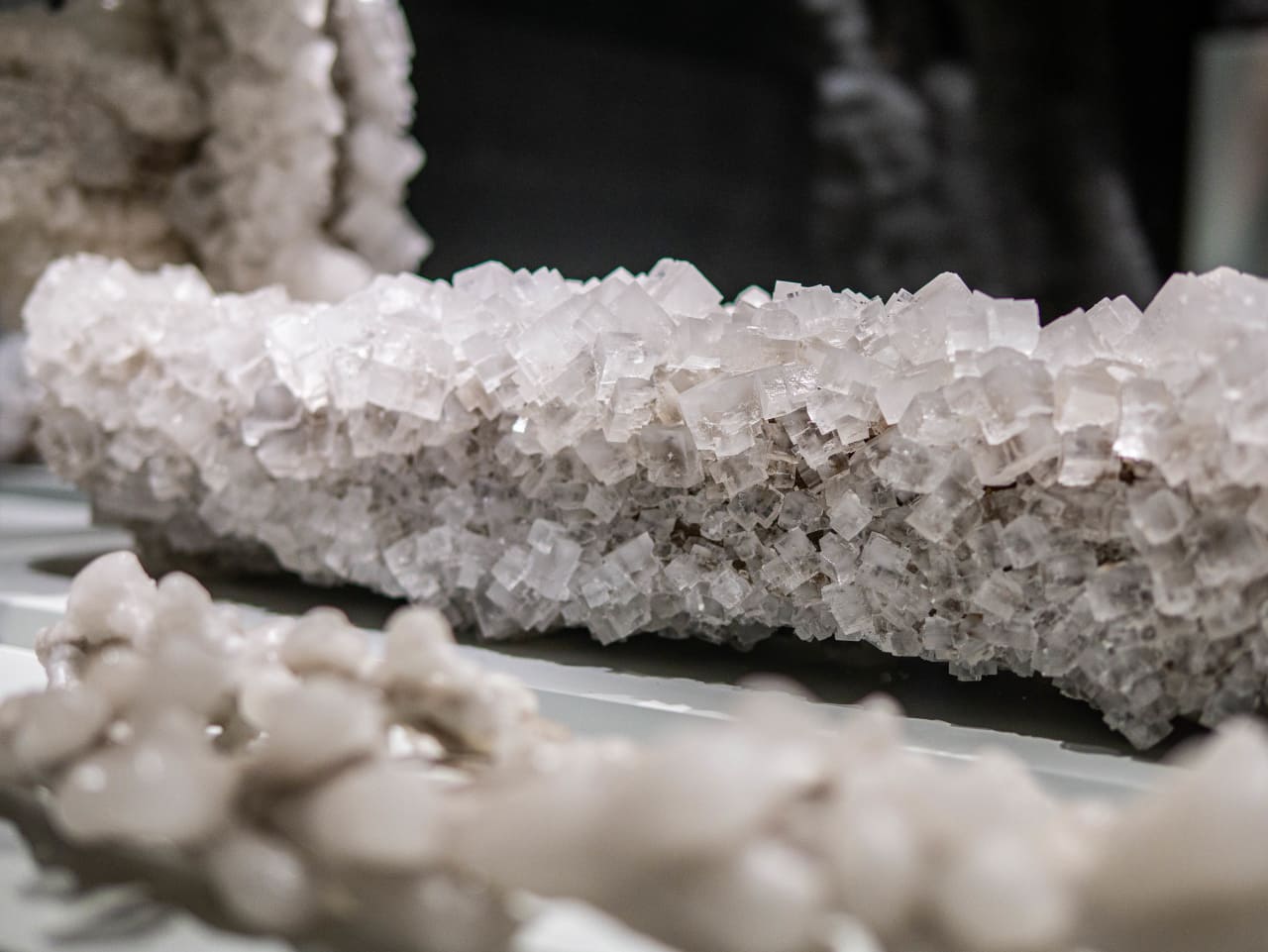
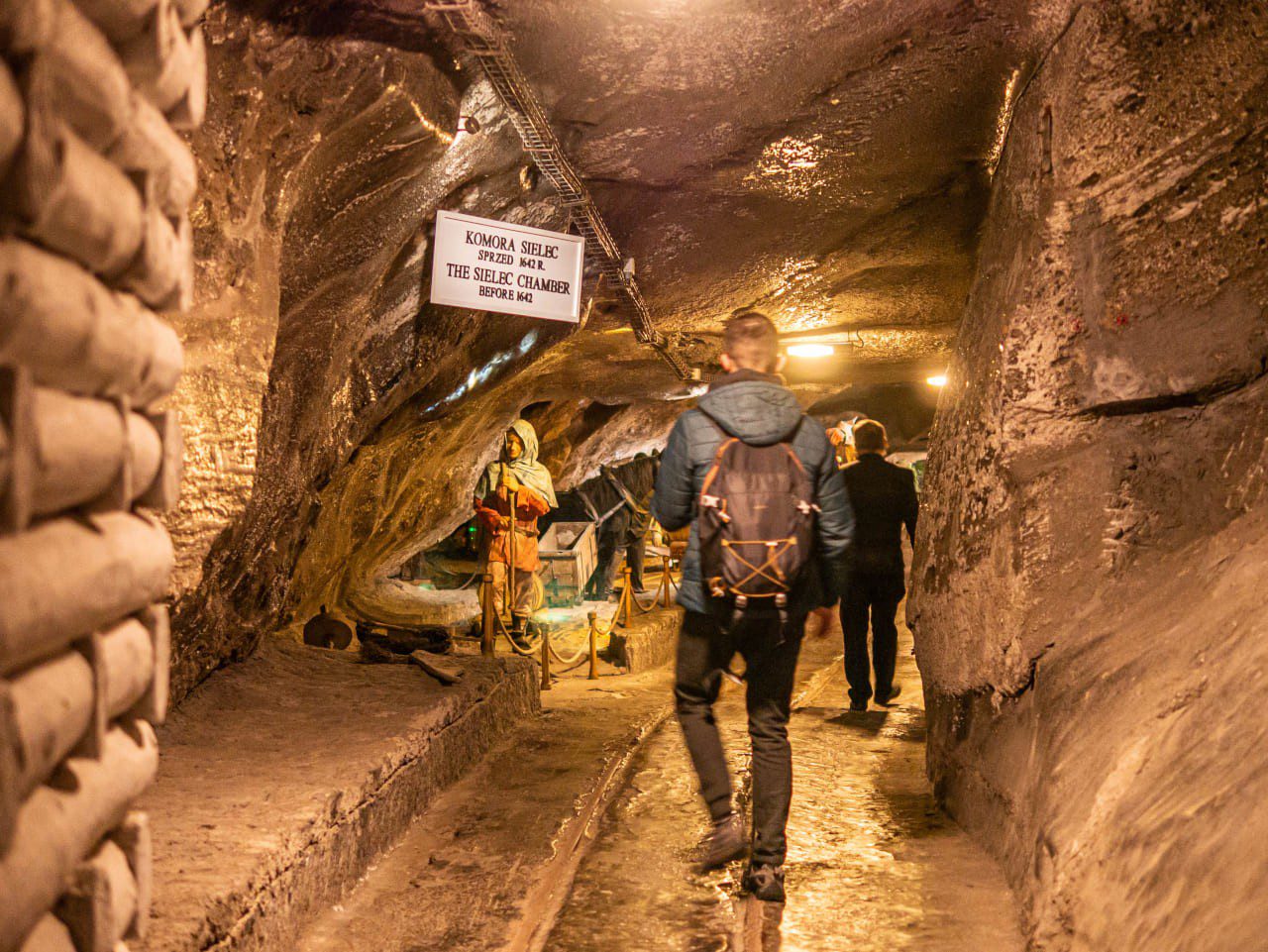
You can visit this tourist attraction via two routes – the tourist route and the mining route. Some of the most recognizable parts of the mine include the majestic St. Kinga Chapel, the Pieskowa Skala and Michalowice chambers, and the Stanislaw Staszic chamber. Buy your tickets online, as the queues at the ticket office can be huge.
Looking for accommodation close to the Wieliczka Salt Mine? Stay at the Grand Sal Hotel, which is located just 100 meters from the Danilowski Shaft and 300 meters from the Brine Graduation Tower. We spent the night at this hotel before touring the mine.
2. Wrocław
Wroclaw is my home and one of the most beautiful cities in Poland. Tourists are attracted by its openness to the world, the variety of attractions and the atmosphere of the place, which is promoted with the slogan “Wroclaw – the meeting place”, not without reason. Finding a more interesting destination for a city break in Poland is hard.
Check this out: 25+ Best Places To See & Things To Do In Wroclaw, Poland
Sightseeing in Wroclaw can take long days (in my case, it even extended to 10 years), but within a short outing, you should take a look at Market Square with the mighty Old Town Hall, and later visit the Cathedral Island, the Raclawice Panorama and the UNESCO World Heritage List Centennial Hall designed by Max Berg.
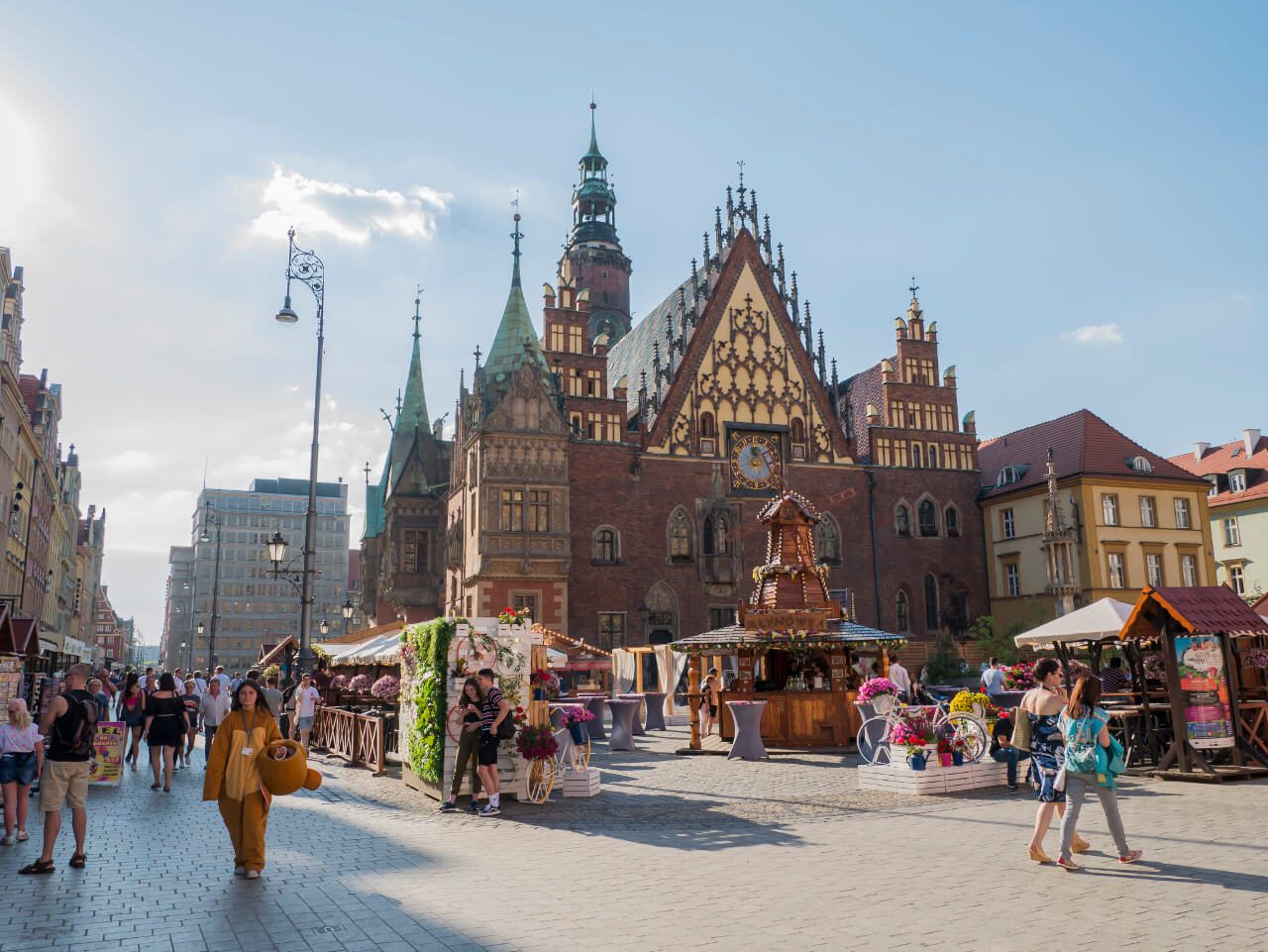
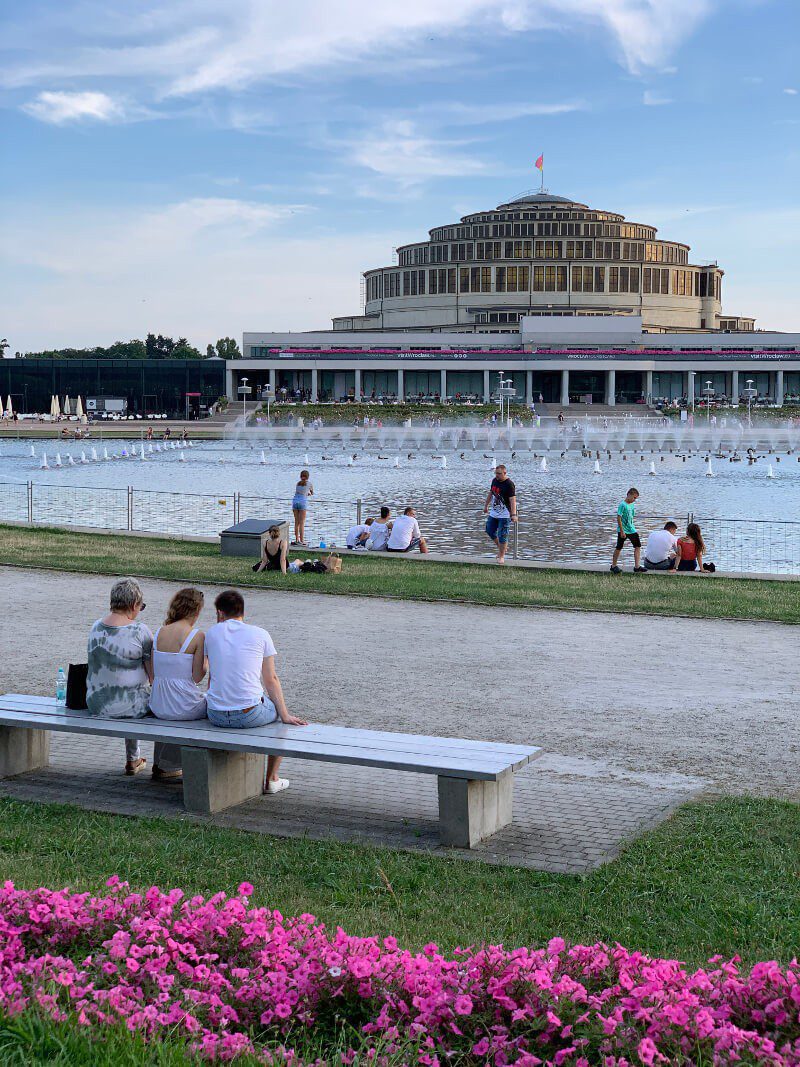
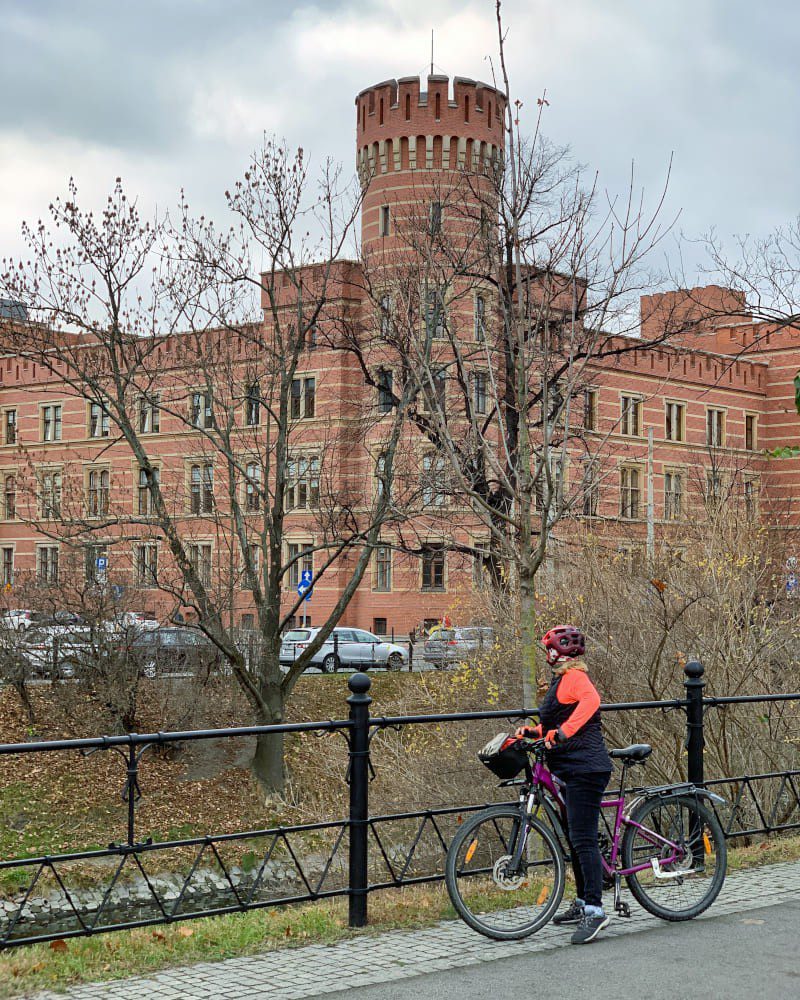

See available hotels, apartments and accommodation in Wroclaw and choose something for you
If you can carve out some time as part of your weekend getaway, also take an interest in Wroclaw’s unusual and less obvious attractions. The list is long – check the article below to see which places seem most interesting to you. I wouldn’t pass up the “Polinka” cable railway, the Faculty of Architecture of the Wroclaw University of Technology building at Tolpa Park, the attractions on Podwale Street and the Zajezdnia History Center.
EXPLORE WROCŁAW WITH NO EFFORT
Do you want to save time?
Get a map with the best places to visit, tourist attractions and recommended restaurants, cafes and accommodations in Wroclaw. All in one place, well-crafted for you.
The interactive map costs only as much as… one, small coffee! ☕
3. Jura Krakowsko-Czestochowska and Trail of the Eagles’ Nests (Szlak Orlich Gniazd)
Stretching across the Silesian and Malopolska provinces, the strip of highlands whose ends are marked by Krakow and Czestochowa is the so-called Jura Krakowsko-Czestochowska. Tourists looking for an idea for a weekend getaway to an interesting place in Poland are attracted to this region of the country by its numerous caves and the Eagle’s Nests hiking and biking trail, which connects more than a dozen castles and strongholds.

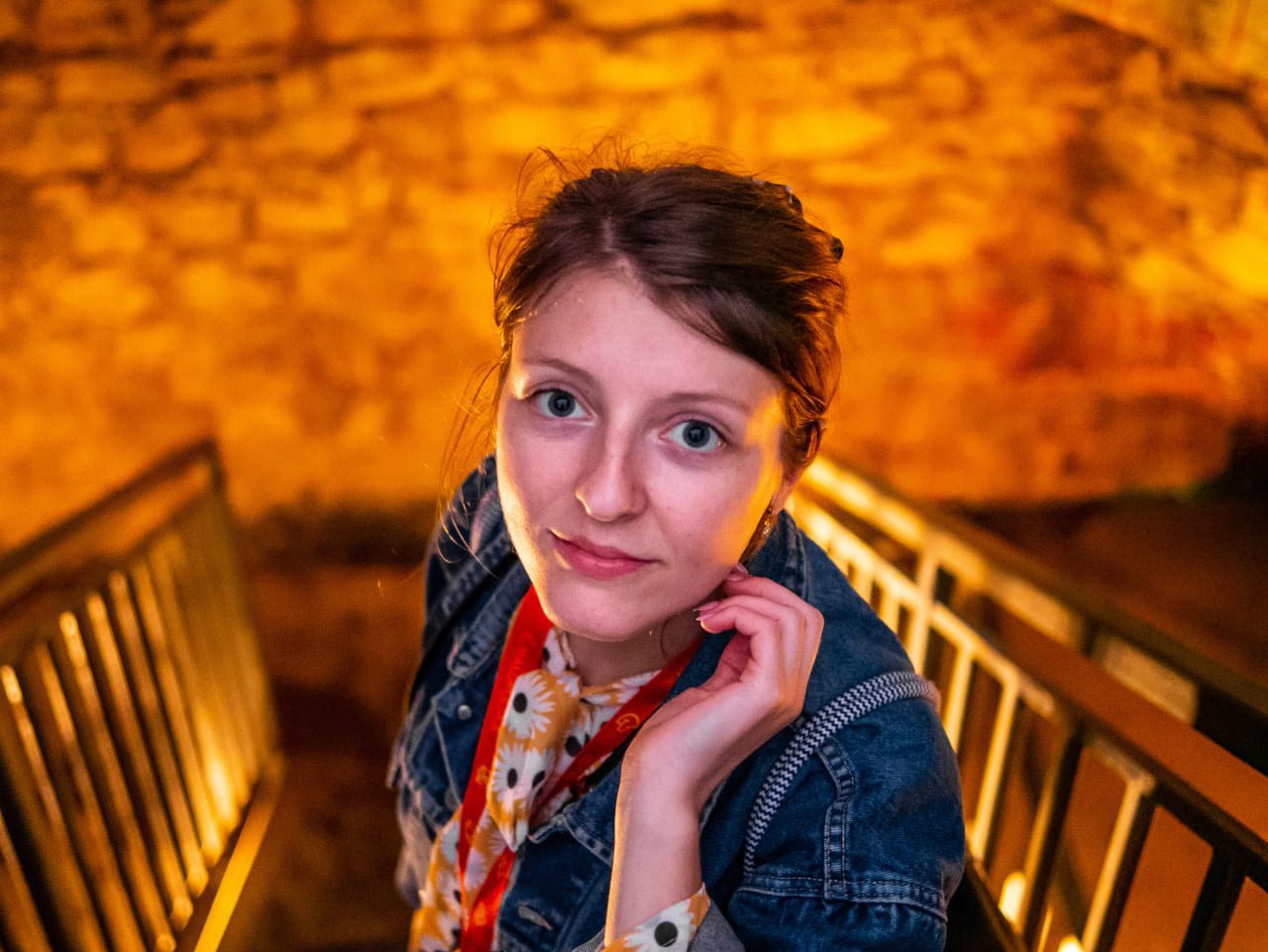
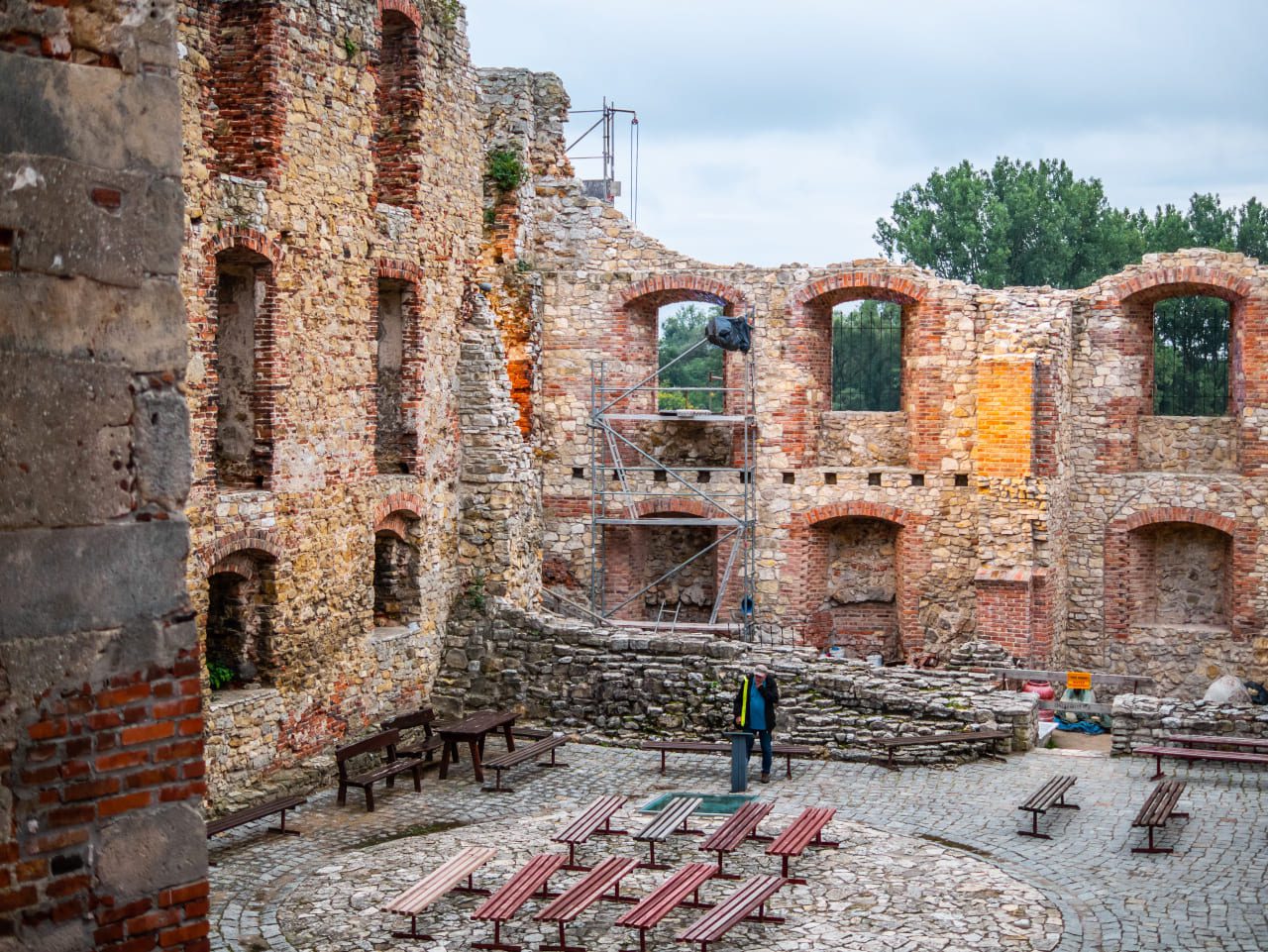
You can come to the Krakow-Czestochowa Upland for one day, visit one of the castles, take a trip to one of the caves open to tourists, or stay longer and explore the area in more depth. Among the most visited sites are Ogrodzieniec Castle’s ruins, the royal castle on Zlota Gora (Ojcow), the ruins of Rabsztyn Castle, Pilica, Bobolice, Olsztyn.

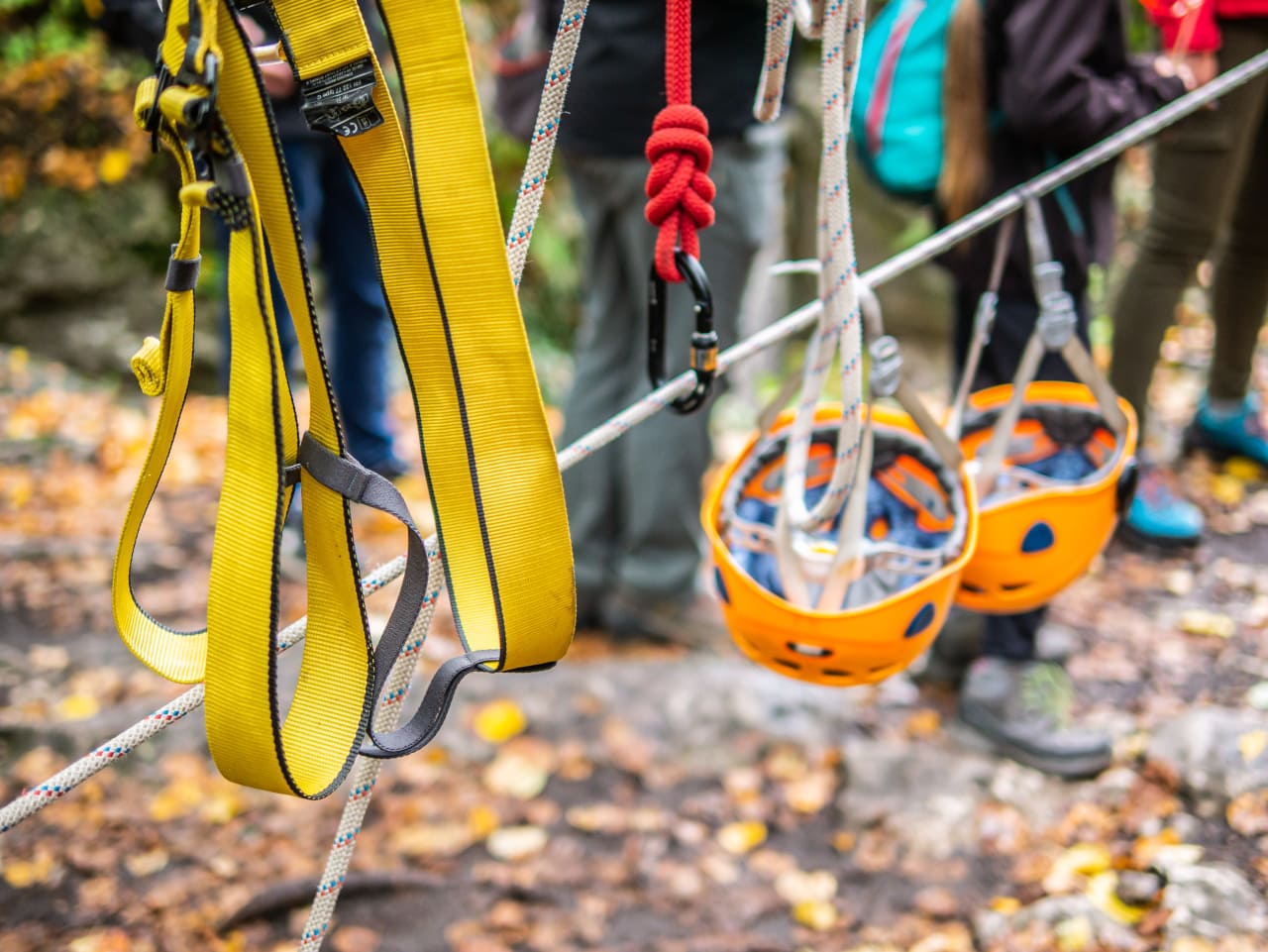
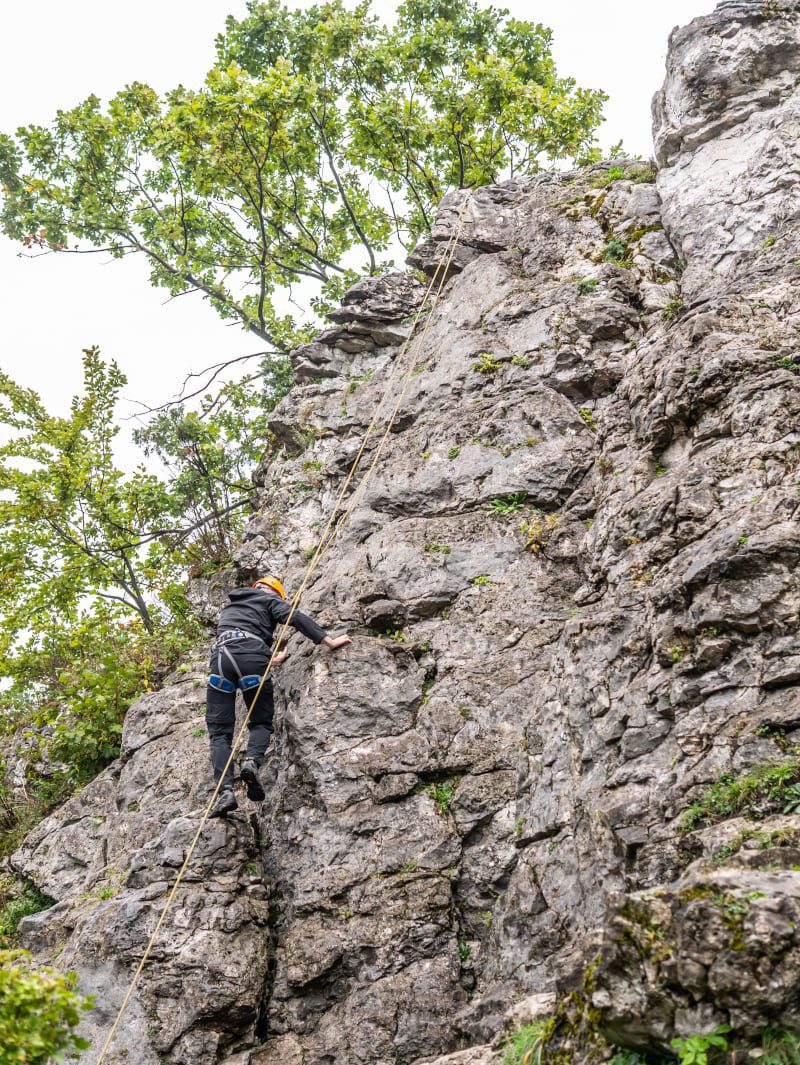
In addition to castles, the Bat Cave and the Lokietek Cave, among others, are also worth a look. Jura Krakowsko-Czestochowska is also a popular place among climbers. Thanks to my first steps in Jura, I found a new sprouting passion in climbing – maybe you will have the same! ;)
4. Torun (Toruń)
Torun is one of my favourite Polish cities and one of the first places I went to on a solo train trip back in my high school days. It’s hard to find a destination in Poland that offers such a variety of attractions enclosed within a charming Old Town in a small space. The medieval urban complex of Toruń is a UNESCO World Heritage List.
Your eye will be drawn to the Old Town with the Old Town Square, the magnificent Old Town Hall, the Copernicus Monument and priceless medieval buildings. The city boasts one of Poland’s two existing leaning towers (the other you’ll find in Zabkowice Slaskie). And, of course, Torun’s gingerbread, the history of which you can explore at the Museum of Torun Gingerbread and the Live Gingerbread Museum.
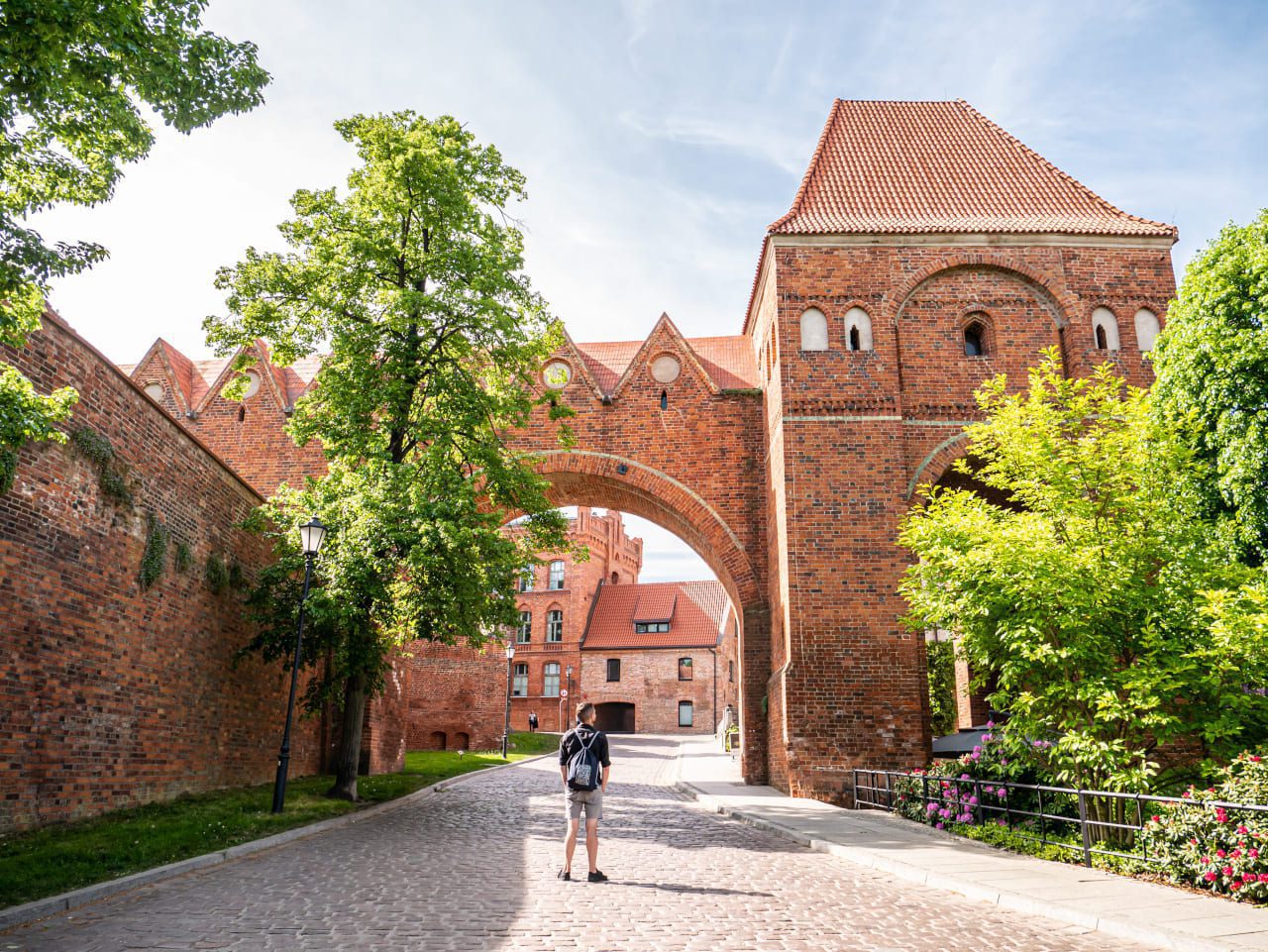
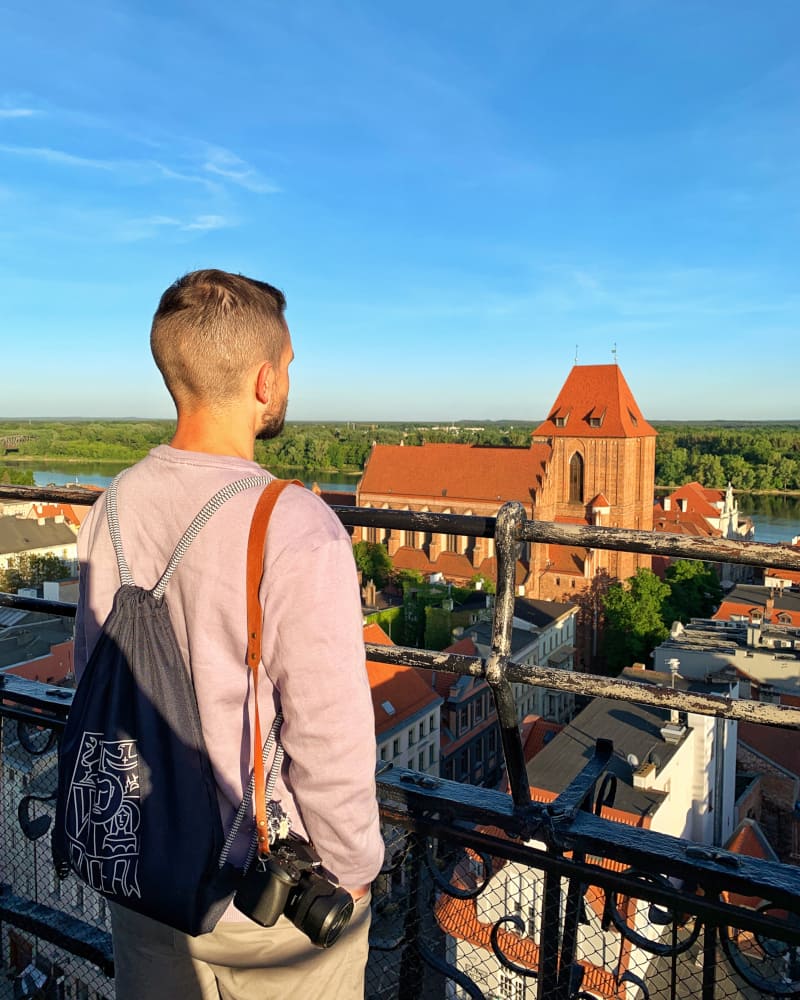

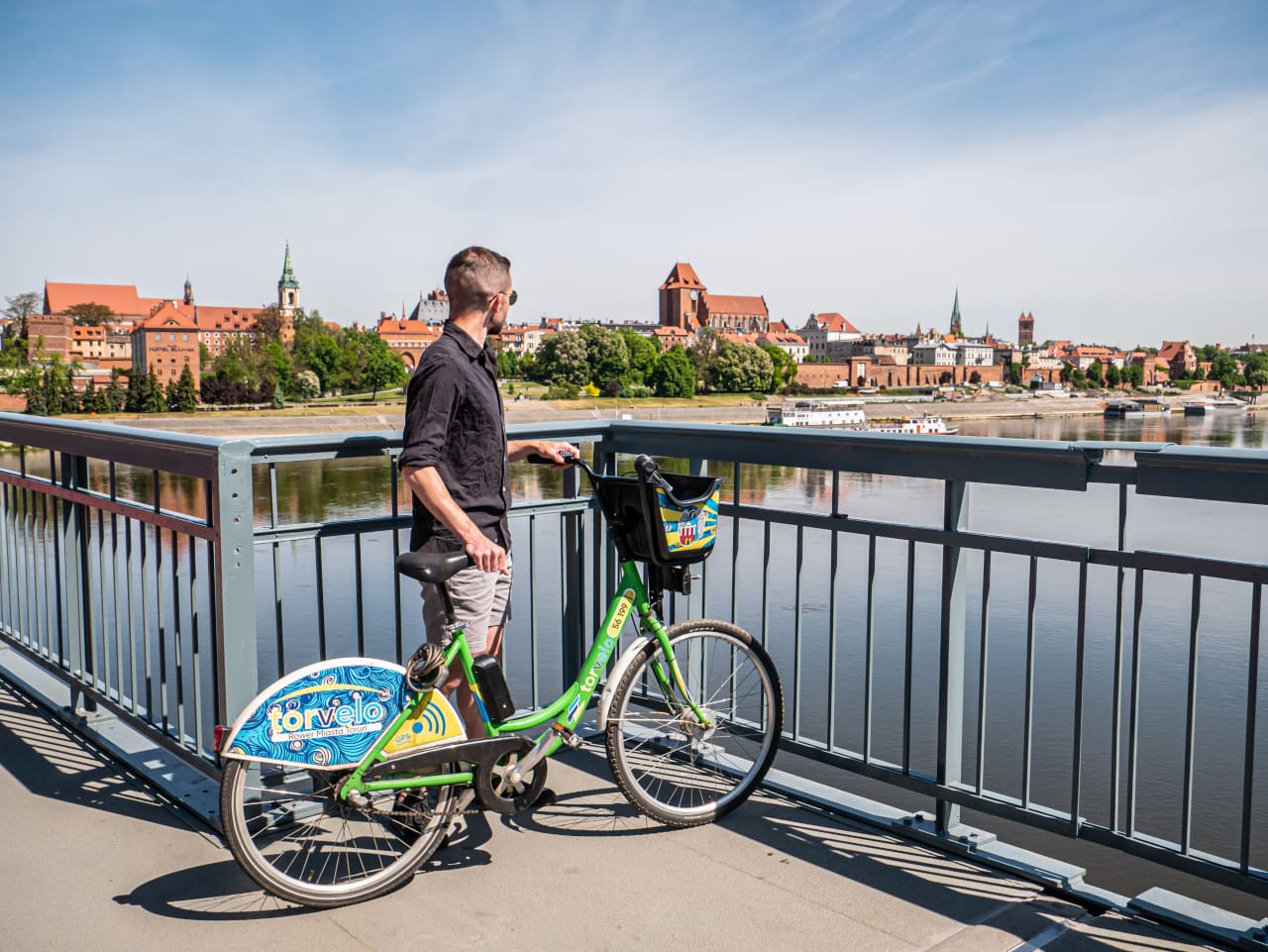
Check out my list of suggested hostels, hotels and apartments in Torun, whose location will allow you to visit comfortably.
Also, do not forget to take a look at the house of Nicolaus Copernicus, and then take a walk on the Jozef Pilsudski Bridge, from which you can get a good view of Torun’s old town. Each street of the historic part of Torun is a beautiful frame, buildings full of turbulent history. History buffs can also explore the city along the route of the huge fortifications surrounding Torun.
EXPLORE TORUŃ WITH NO EFFORT
Do you want to save time?
Get a map with the best places to visit, tourist attractions and recommended restaurants, cafes and accommodations in Toruń. All in one place, well-crafted for you.
The interactive map costs only as much as… one, small coffee! ☕
5. Land of Extinct Volcanoes (Kraina Wygasłych Wulkanów)
Did you know that we have a place in Poland that was full of volcanoes long ago? You can find many remnants of the volcanic past in Lower Silesia near the Chelmy Landscape Park, the so-called Land of Extinct Volcanoes.
Among the low hills squeezed between Zlotoryja and Jawor, not only extinct volcanoes have manifested themselves, but also picturesque gorges, interesting rock formations and peculiarities of nature, observation towers and even vineyards. Looking for volcanic remnants, be sure to visit the Myśliborski Gorge (Wąwóz Myśliborski) nature reserve and the spectacular Wielislawskie Organs (Organy Wielisławskie) and climb to the top of Ostrzyca – the highest hill of the Kaczawskie Foothills.

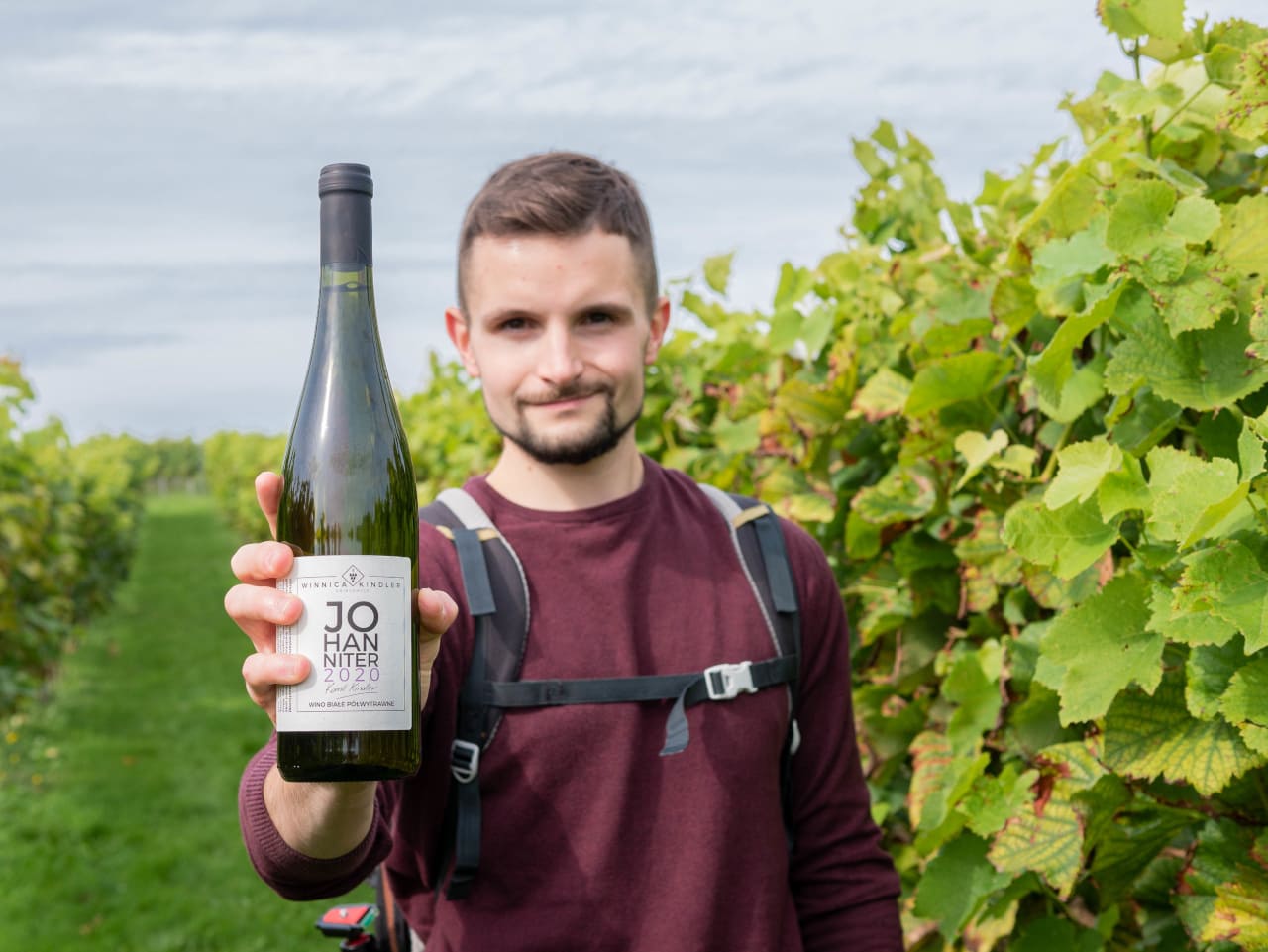
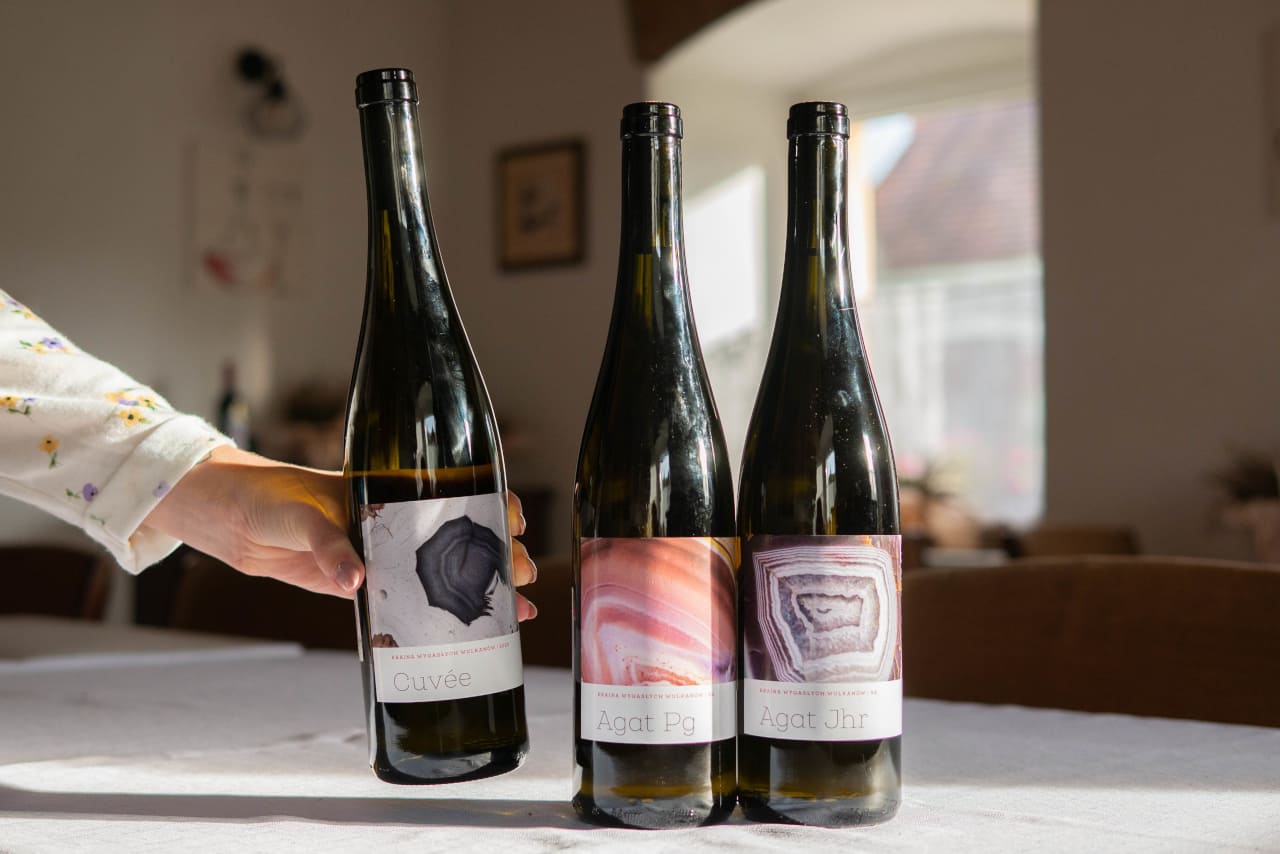
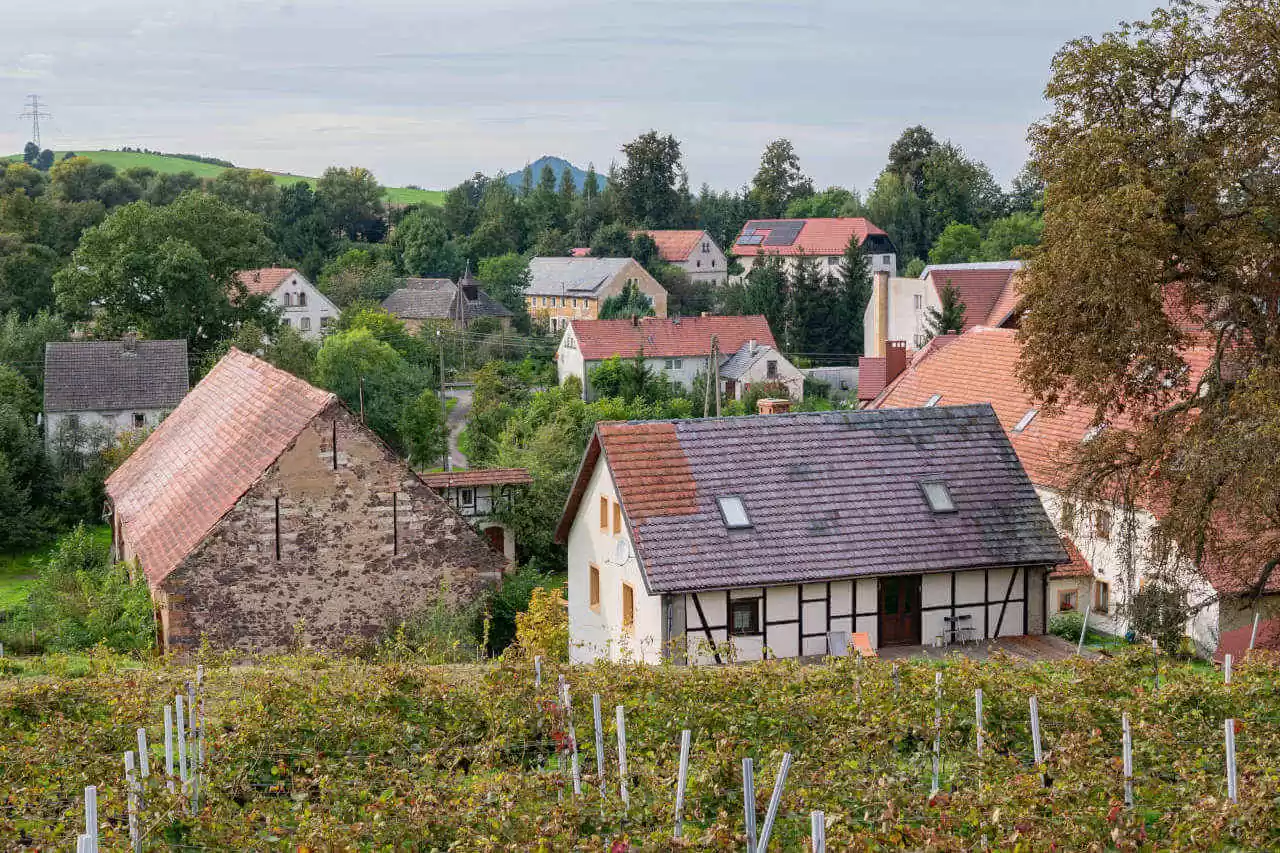
The Land of Extinct Volcanoes and Chelmy Landscape Park have representatives on the Lower Silesian Beer and Wine Route, which brings together local breweries and wineries. Worth a visit are Kindler Vineyard (Winnica Kindler) in Uniejowice and Agat Vineyard (Winnica Agat) in Sokolowsko, where vines grow on the slope of a volcano that went extinct some 300 million years ago.
6. Cracow (Kraków)
When thinking about the most beautiful places in Poland that are worth visiting at least for a weekend, it is impossible not to mention Krakow. This city is a Polish export commodity for foreign tourists and attracts crowds of visitors to Poland. No wonder – the attractions of Krakow and its surroundings are enough for long days of sightseeing.
See available hotels, apartments and accommodation in Kraków and choose something for you
When visiting Krakow, you must take a look at the Market Square with Sukiennice and Bazylika Mariacka, from which the distinctive Mariacki’s Bugle (Hejnał Mariacki) call is played, cut off at the moment when, according to legend, the trumpeter was shot by enemies besieging Krakow. A further walk will take you to the Wawel Royal Castle right on the banks of the Vistula River.
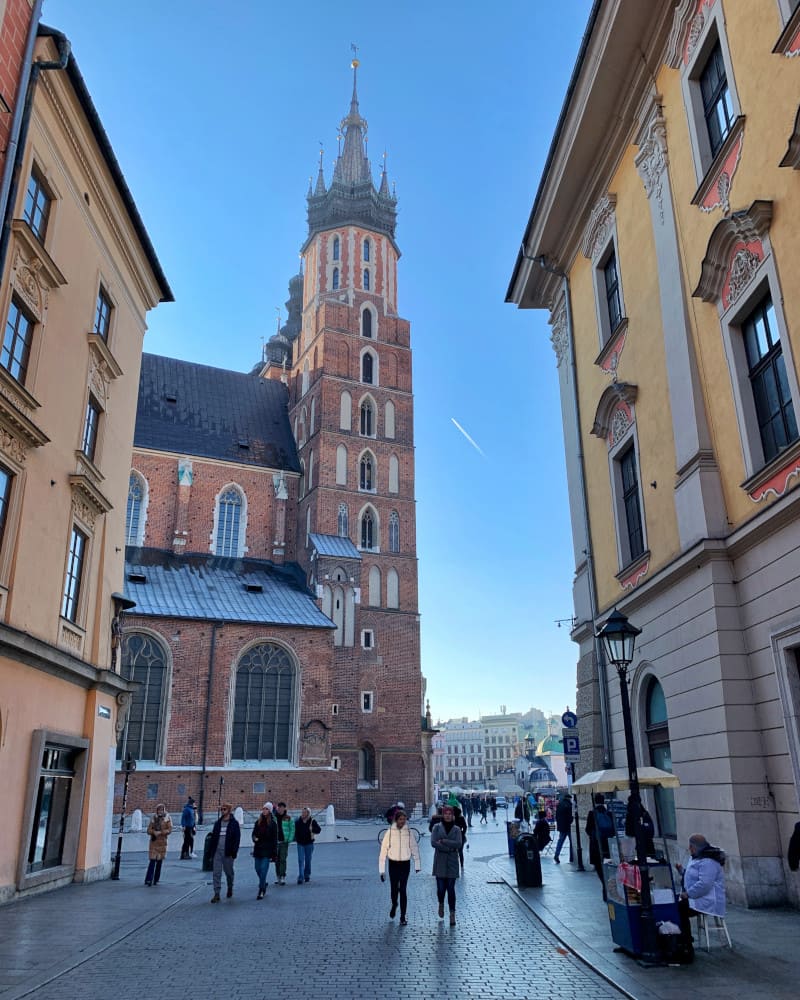
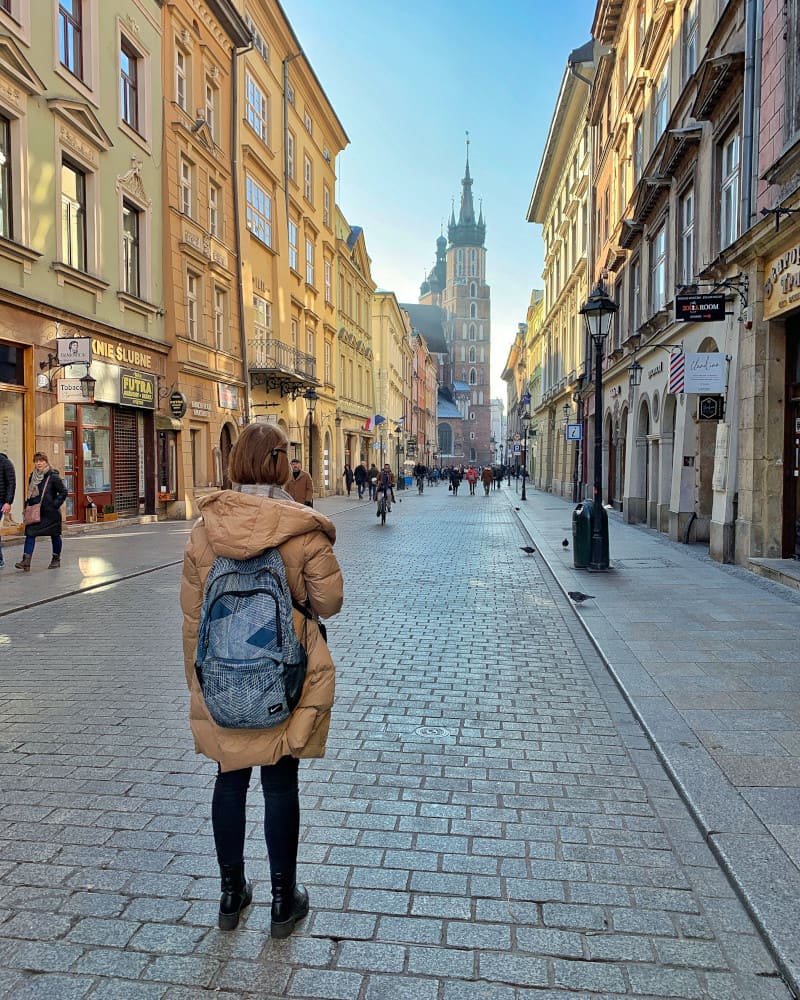
Krakow is a graceful place to spend a weekend getaway. Remember, however, that on slow days – especially in high season, Krakow is visited by crowds of tourists. If you feel like eating out, it’s worth thinking about restaurants outside the city center. It will be much cheaper, less crowded and no less tasty.
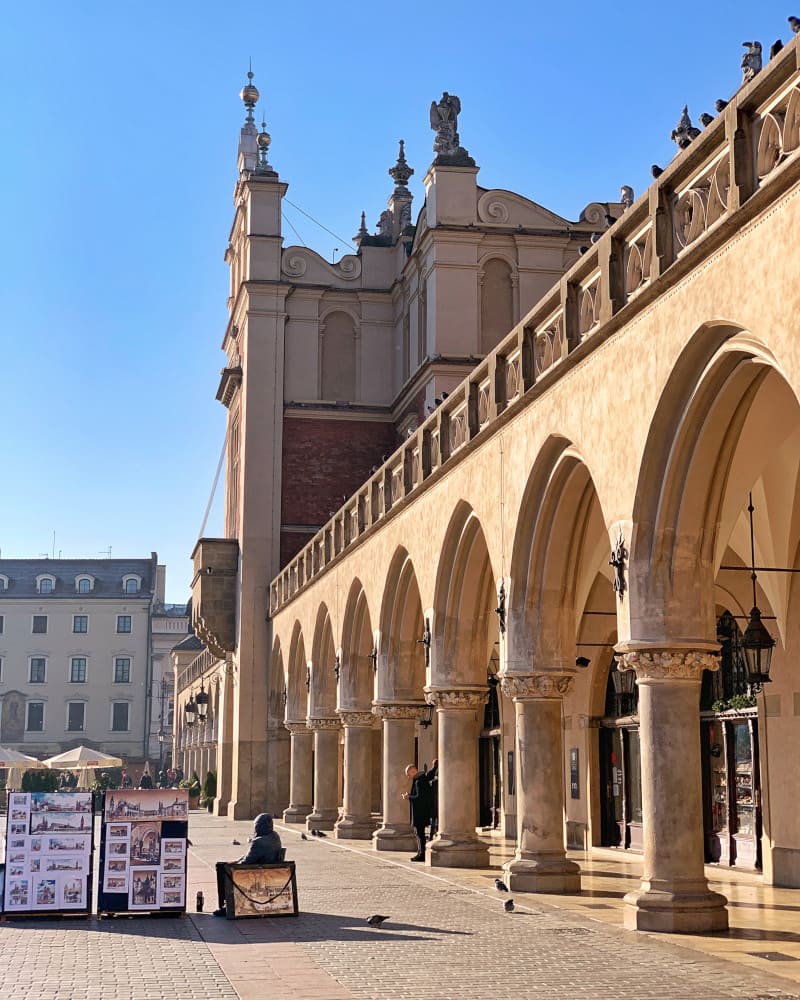
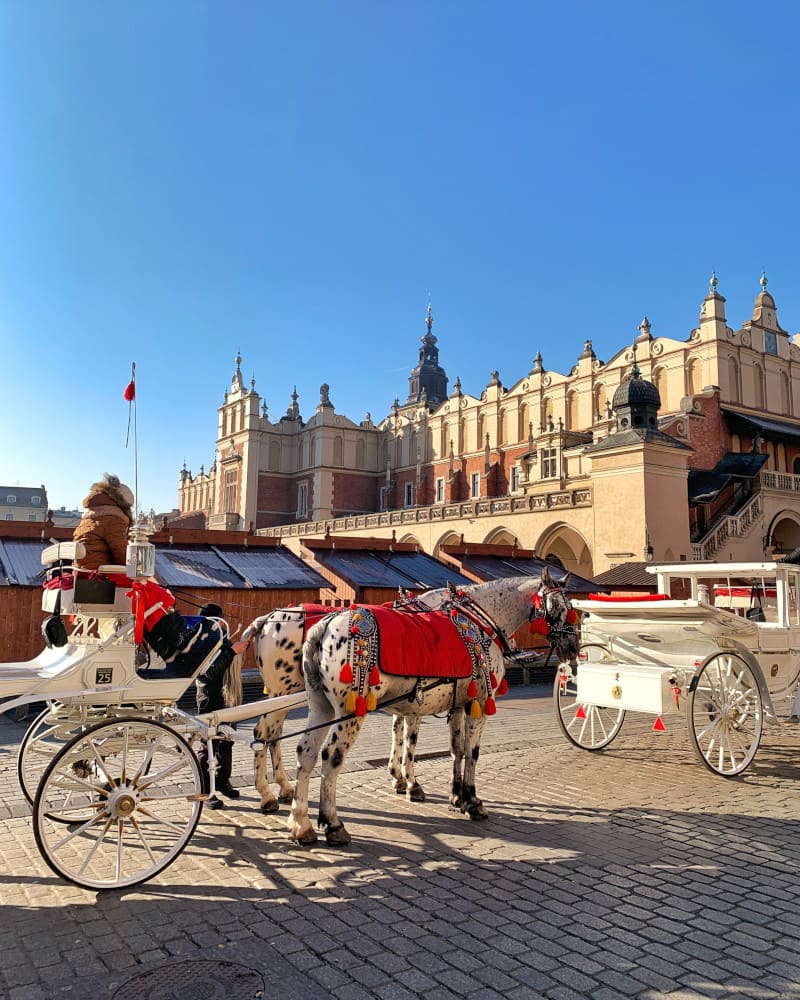
You can talk about Cracow for a long time and get to know it by strolling through the charming Kazimierz district, climbing the Kosciuszko Mound or falling into reverie during a visit to Oskar Schindler’s “Emalia” Factory. While in Cracow, visiting the Wieliczka Salt Mine, which lies just a dozen minutes from the city centre is worthwhile.
7. Lower Silesia Mountains (Góry Dolnego Śląska)
Lower Silesia is a unique region on the map of interesting places in Poland that are worth visiting and getting to know better. Available to tourists here are, among others, the more challenging peaks of the Giant Mountains, the wooded mountains in the Walbrzych and Jelenia Gora region, and the unique rock formations of the Klodzko Basin (Kotlina Kłodzka) or the Owl Mountains (Góry Sowie), full of mysteries.
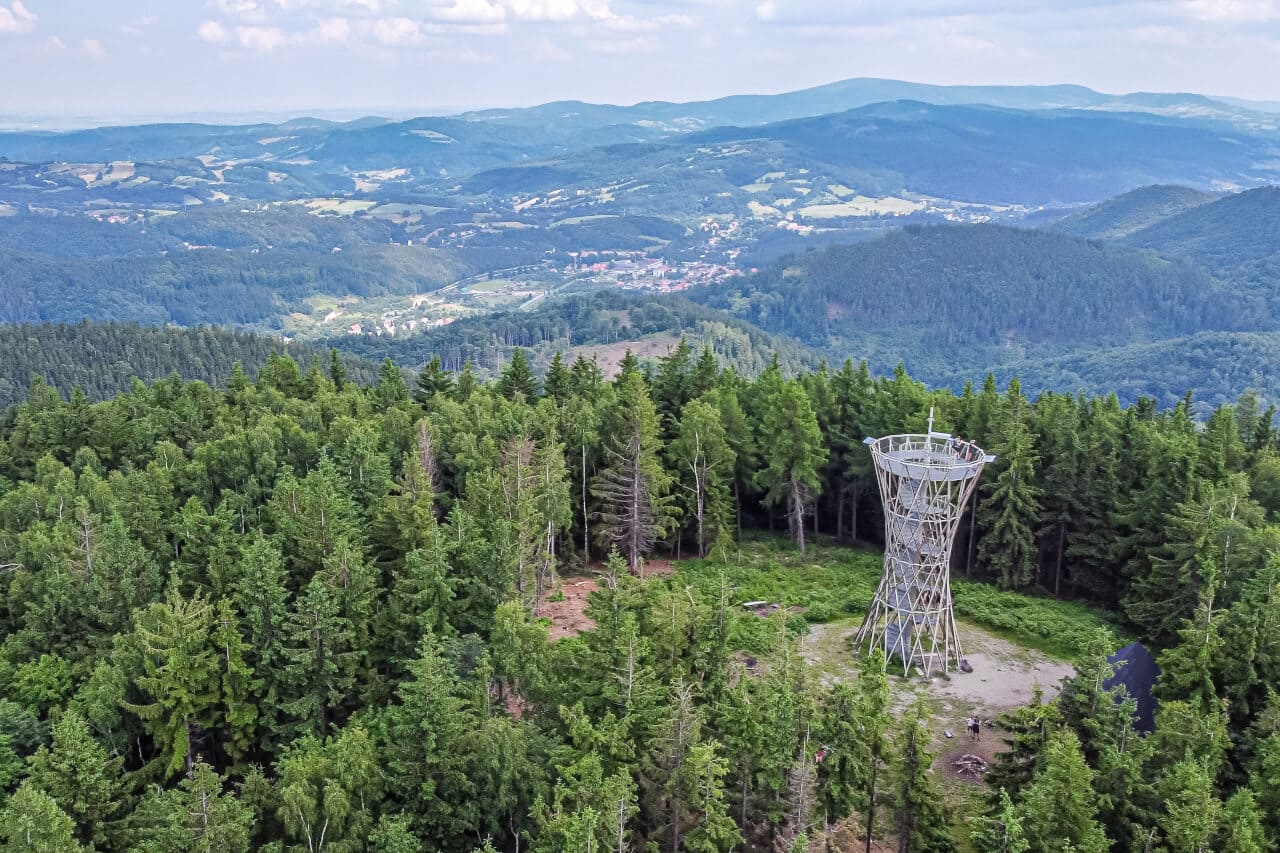

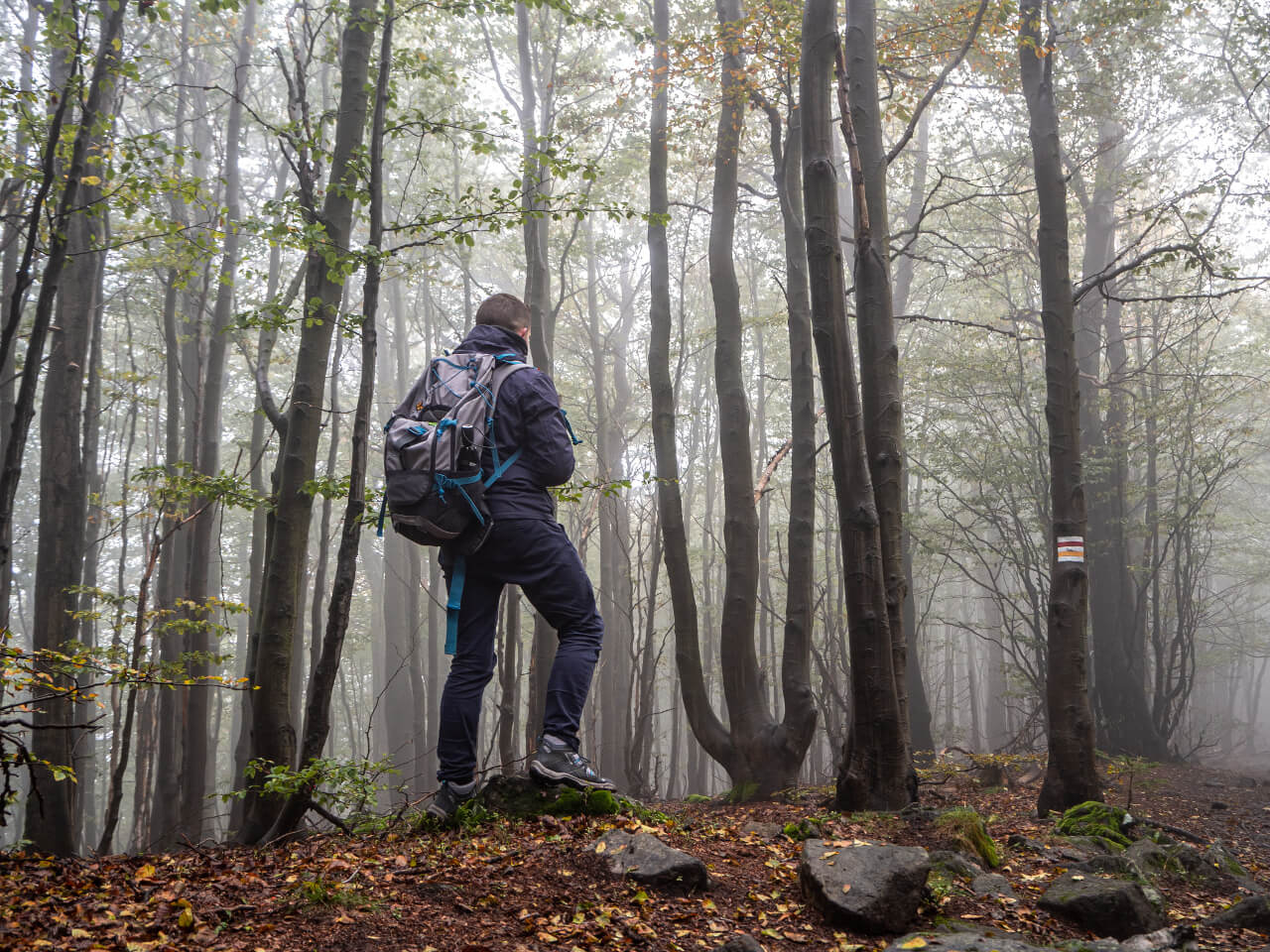
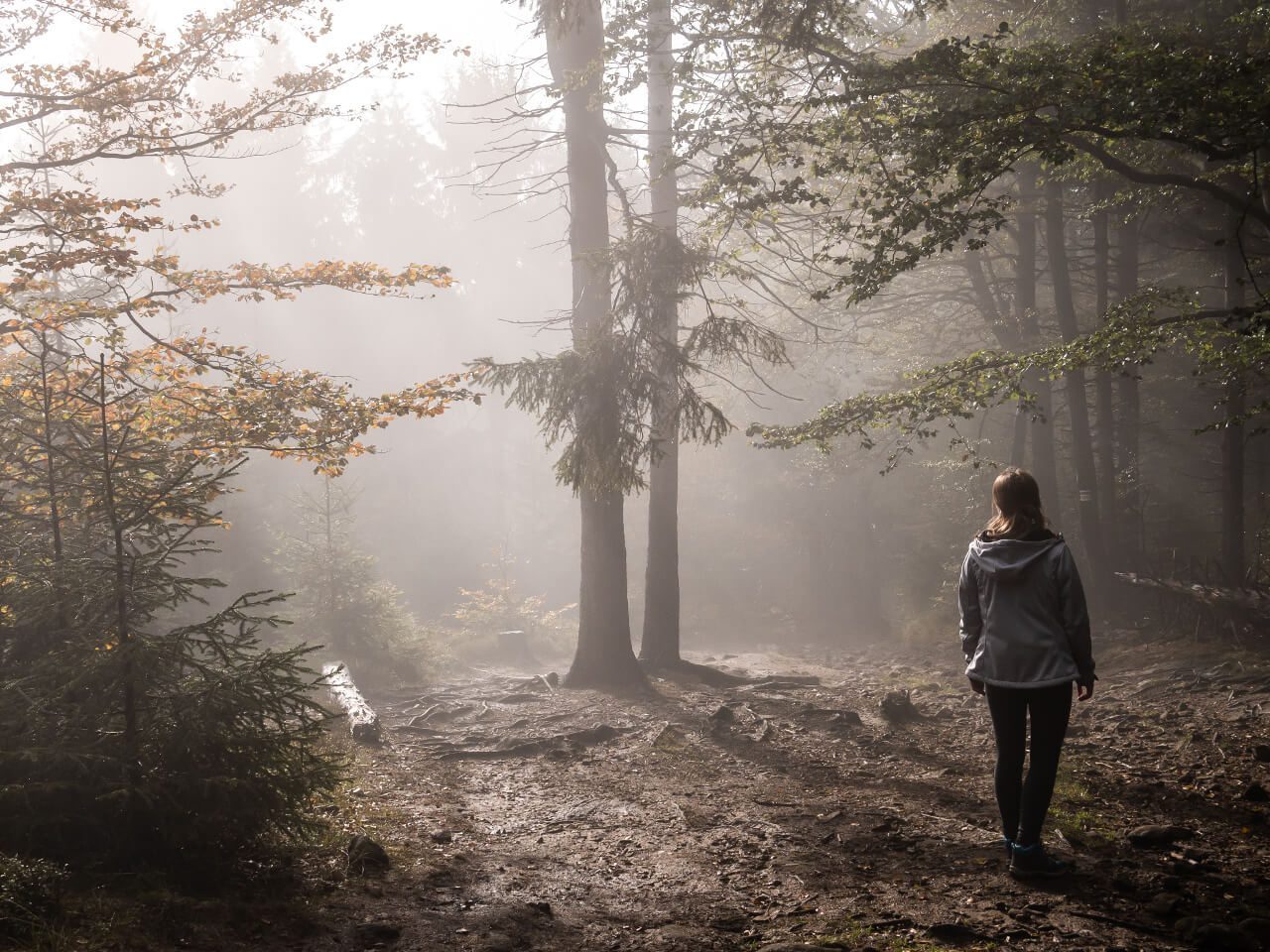
You can spend years hiking in the mountains of Lower Silesia. I have lived in this region since I was born, I appear in the mountains frequently, and despite this, dozens of undiscovered trails still await me. I set myself the goal of making hiking in the Lower Silesian mountains enjoyable and easy to plan – hence my idea of 75 ready-made hiking trails in Lower Silesia.
EXPLORE BEAUTIFUL MOUNTAINS OF LOWER SILESIA, POLAND
Want to save time and have the perfect trip to the Polish mountains?
Buy an ebook with 55 ready-made hiking routes in the mountains of Lower Silesia, Poland. Each route includes a map, description of the route, the most interesting attractions along the way and directions (by car and public transport).
It’s everything you need to have a great time in the mountains!
8. Fortress Srebrna Góra (Twierdza Srebrna Góra)
In searching for interesting places in Poland for the weekend, you should not miss the largest mountain fortress in Europe, one of the highlights of the Owl Mountains (Góry Sowie) in Lower Silesia. The stronghold of Srebrna Góra has remained unconquered and has only been besieged once – during the Napoleonic Wars.
The fortress includes six forts and several bastions, and its interiors accommodated more than 300 rooms. In the event of war, the Silver Mountain fortress was to be home to nearly 4,000 soldiers, but this number could rise to as many as 5,000 if necessary.
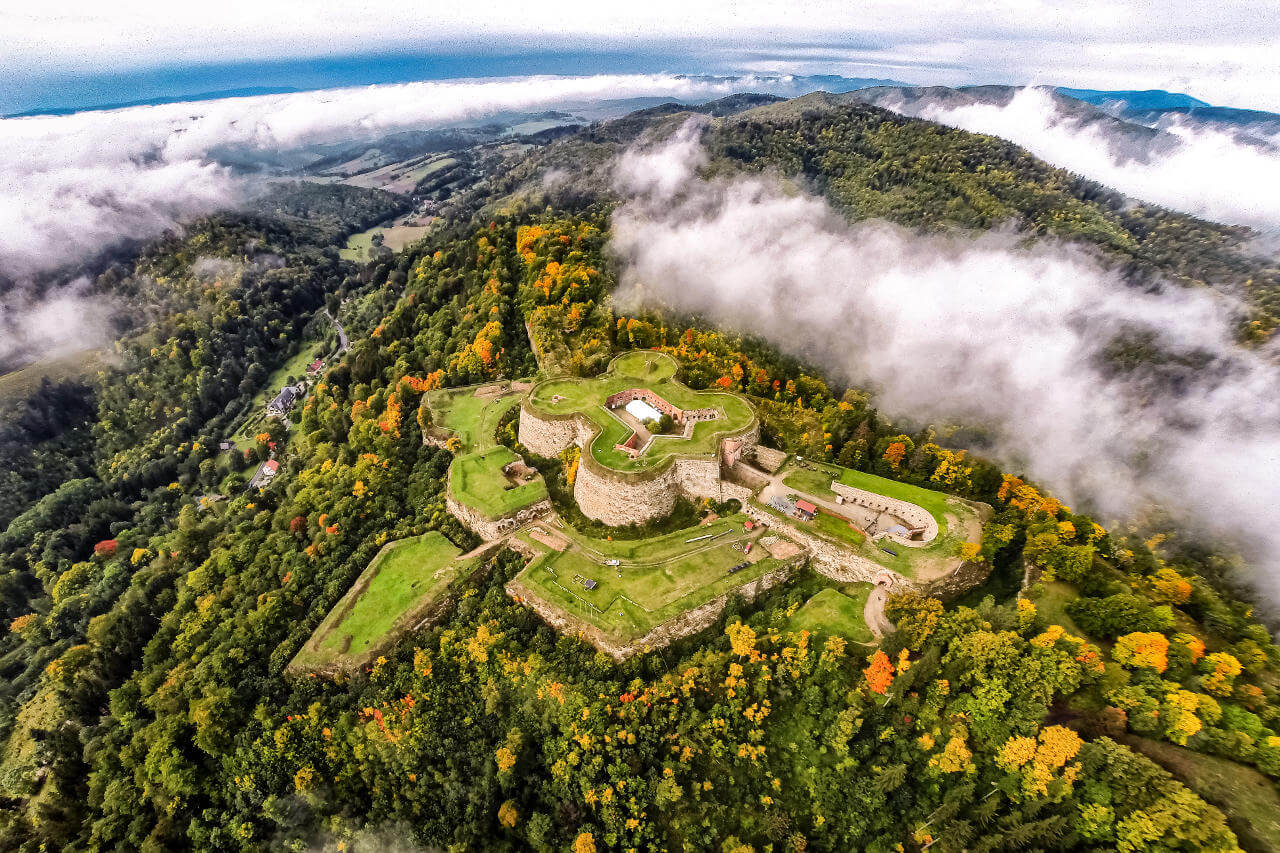
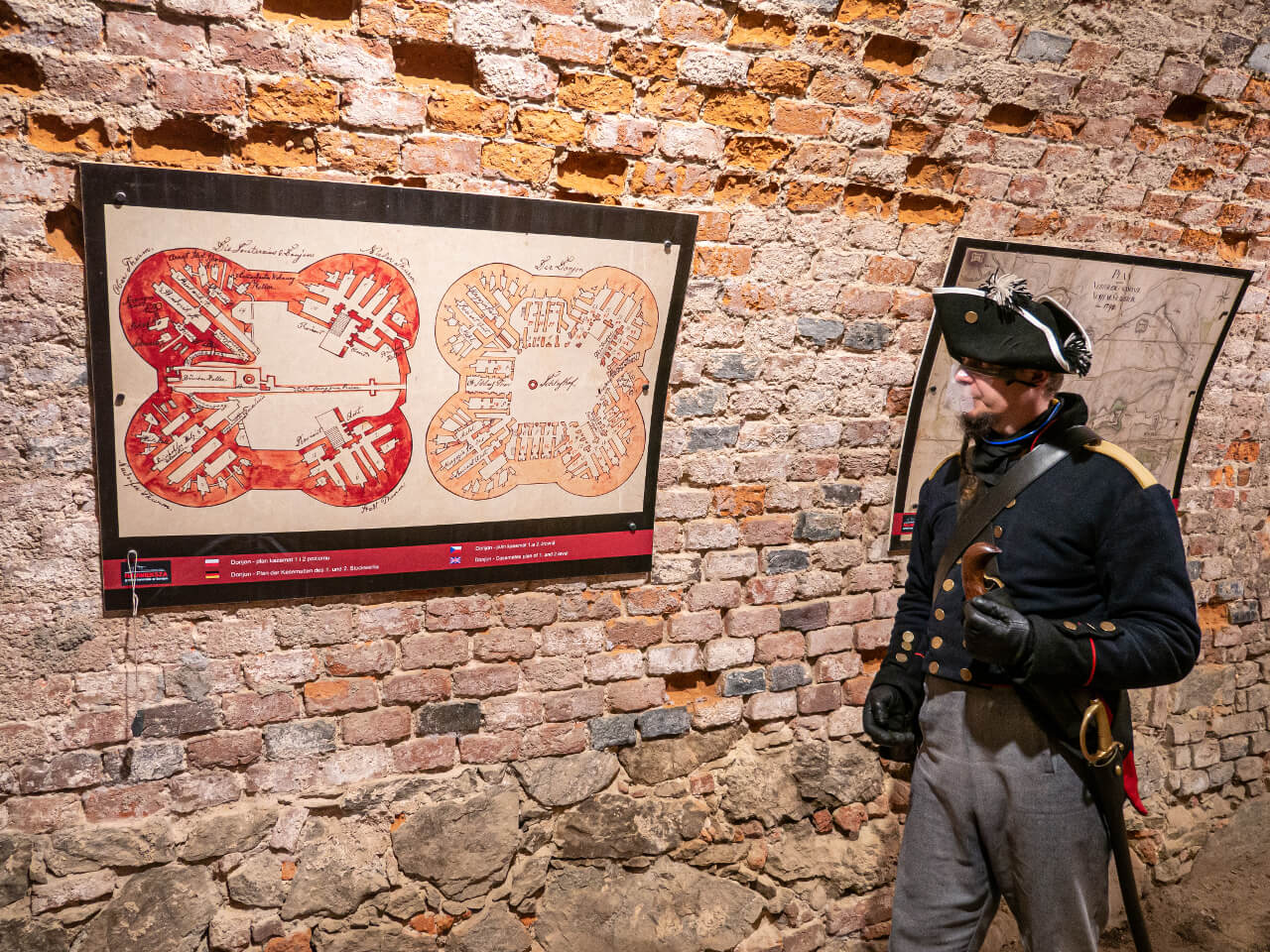
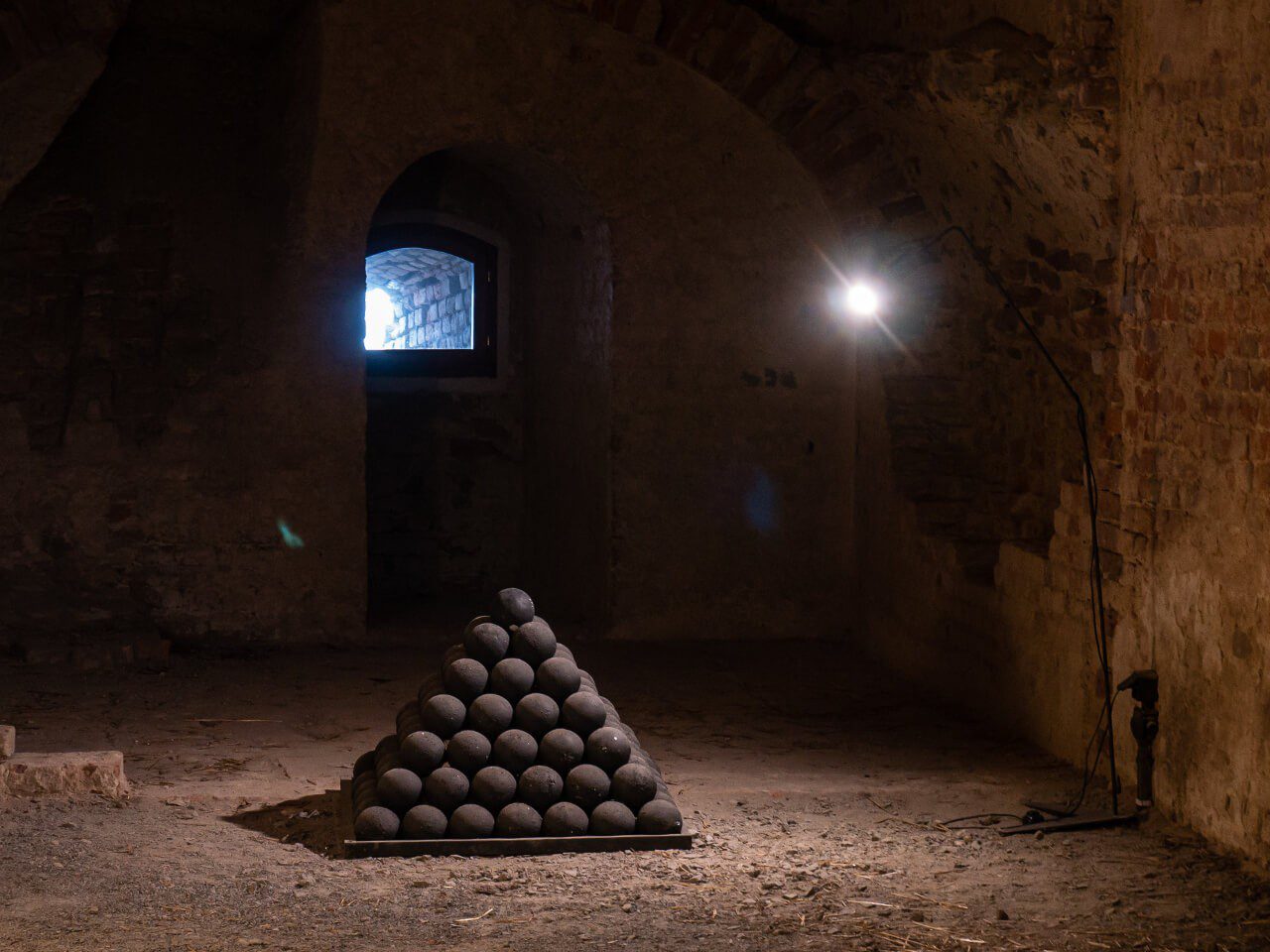
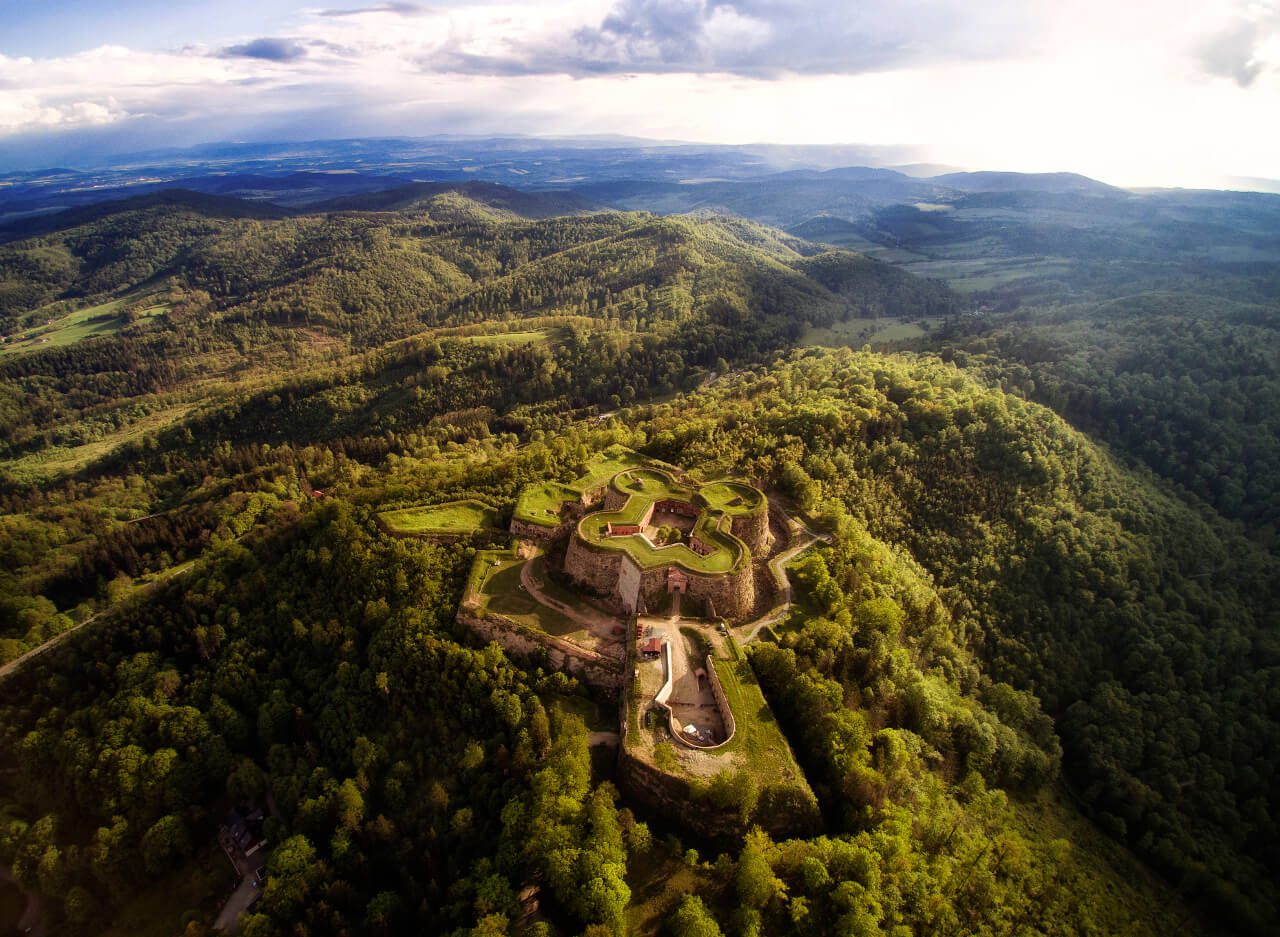
The tour of the Silver Mountain Fortress is unique – during the walk, the mysteries of the place will be introduced to you by a guide dressed in period costumes. This makes the whole adventure in Silver Mountain even more interesting and makes it easier for you to assimilate facts about the fortress.
You will be greatly impressed by the fortress’s location, which blends into the top of the hill. When visiting Srebrna Gora, try to find time to visit the viaducts of the Sowiogórska Railway (Kolej Sowiogórska) – a beautiful remnant of the cog railroad that used to operate and reach the town.
9. Auschwitz-Birkenau Museum (Muzeum Auschwitz-Birkenau)
The Auschwitz-Birkenau Museum is a must-visit for reasons quite different from the other locations mentioned in this article. Come to Auschwitz for a history lesson and a moment of reverie at the German death camp where German criminals murdered more than 1,000,000 people.
Details and rules for visiting the Auschwitz-Birkenau Museum can be found on the museum’s website
The Auschwitz-Birkenau Museum is one of the most visited places in Poland by foreign tourists. From 1940 to 1942, the camp was “just” one more labour camp, but after the Wansee Conference and the implementation of the policy of “Endlösung der Judenfrage” (final solution to the Jewish question), it became a place of mass murder. It is hard to find a better lesson in history than just at Auschwitz.

If you can, don’t photograph or report on your trip to Auschwitz-Birkenau. Turn off your phone, hide your camera and camcorder, and just listen to your guide and try to imagine how hopeless and inhumane life must have been in a place where no one knew their future not only counted in days but even in minutes.
10. Masuria & Land of the Great Masurian Lakes (Mazury i Kraina Wielkich Jezior Mazurskich)
If you are looking for a natural holiday – surrounded by lakes, forests, bicycle paths, small towns and many historical monuments, you should be interested in Masuria and the Land of the Great Masurian Lakes. Nearly 3,000 lakes interspersed with green areas and unspoiled nature will give you plenty of opportunities to spend time actively.
While sightseeing, take an interest in the Great Masurian Lakes Trail, a waterway more than 100 km long that starts on Lake Wiartel and, among others, passes through lakes Nidzkie, Bełdany, Mikołajskie, Tałty, Niegocin, Kisajno and Mamry leading to Węgorzewo. Worth visiting along the way are the Masurian towns: Ruciane-Nida, Mikolajki, Gizycko and see lakes Śniardwy, Niegocin, Mamry.
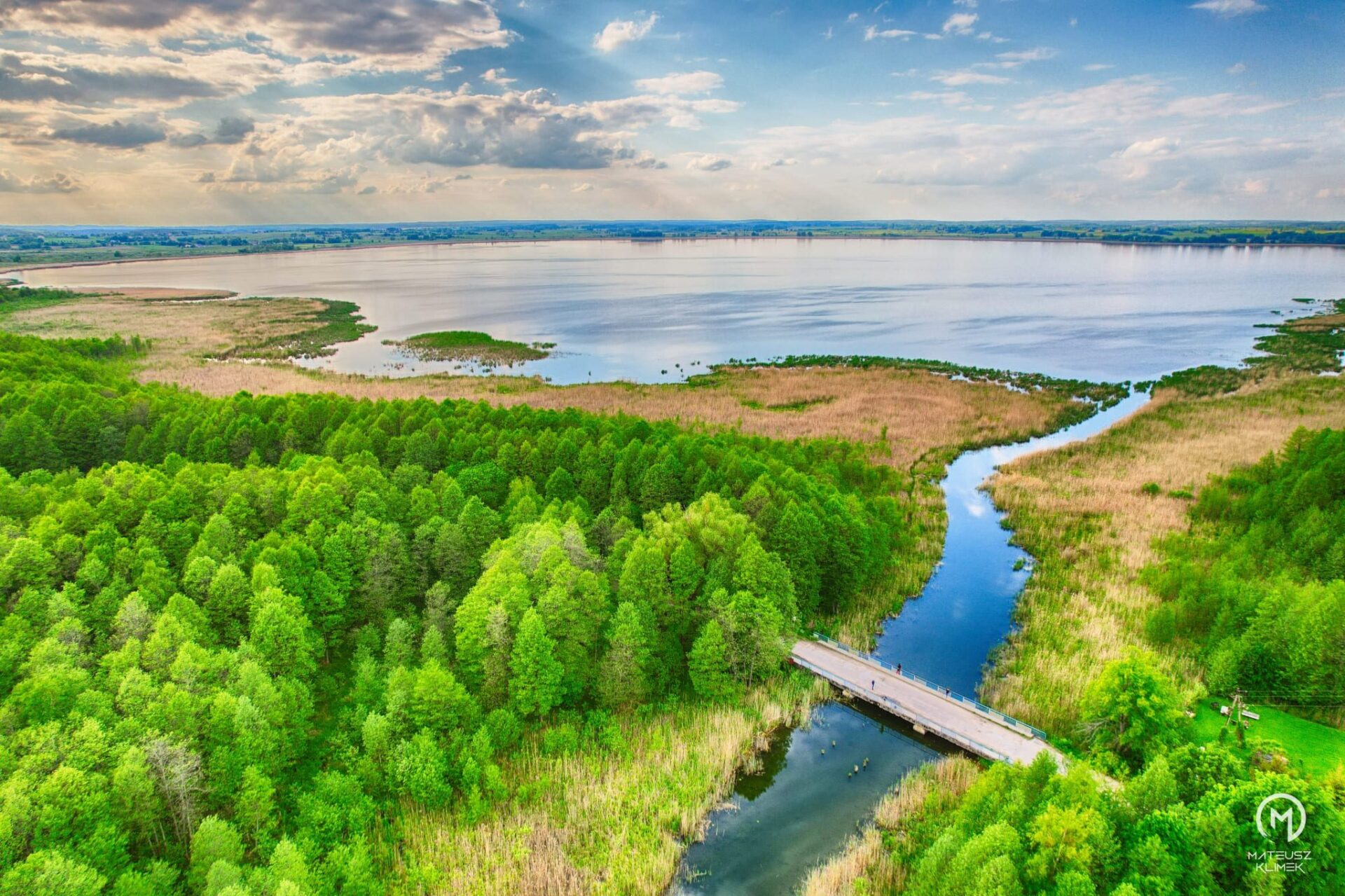
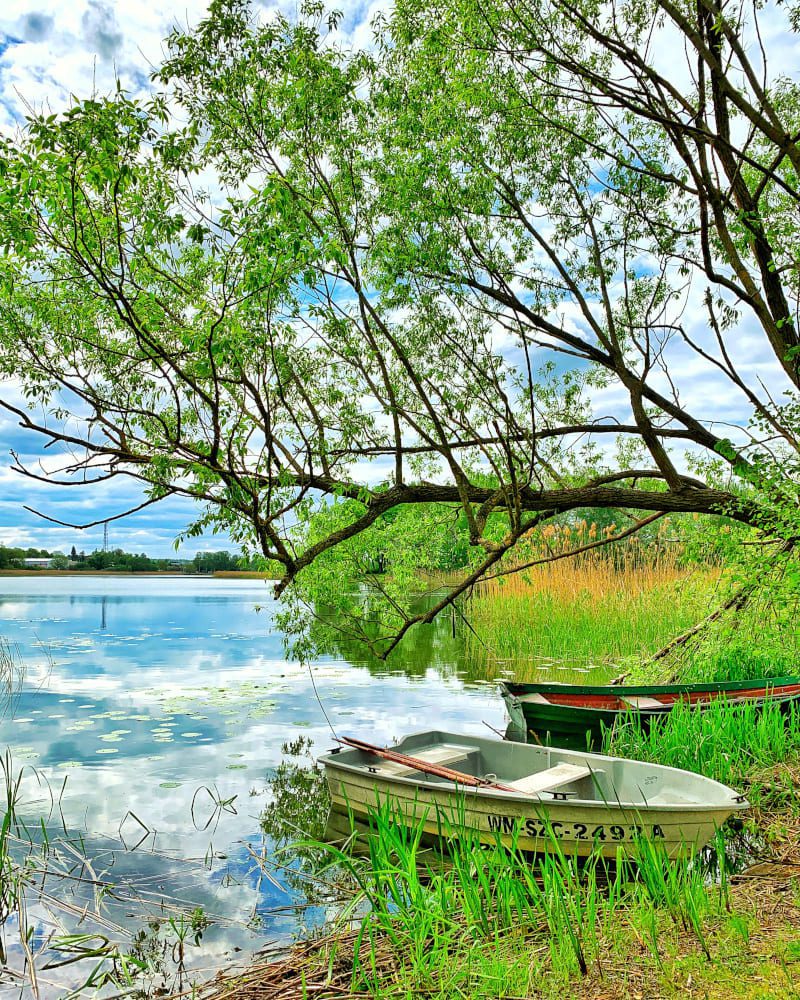
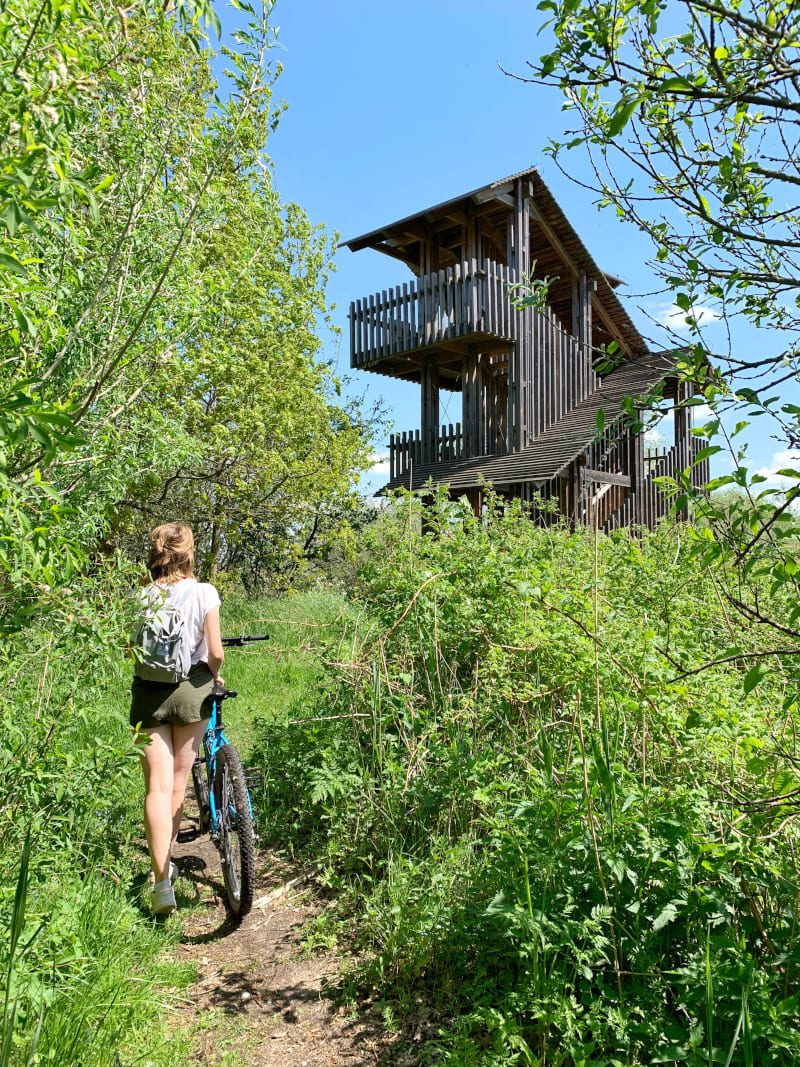
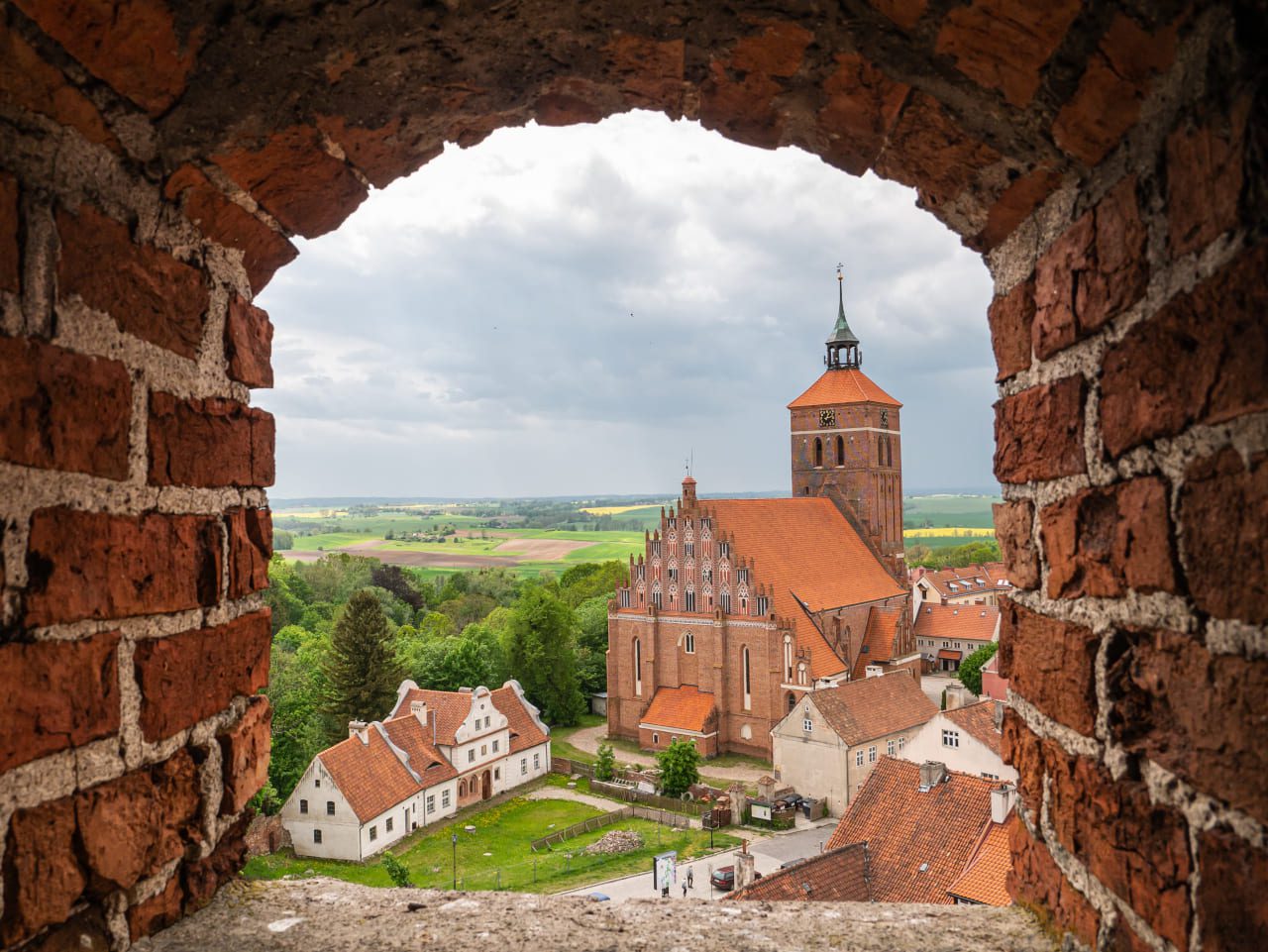
Masuria is full of attractions related to World War II and military history. Start with the 19th-century Boyen fortress in Gizycko, and then see attractions related to the Nazi presence in the area of today’s Warmia and Masuria. Visit the Wolf’s Lair (Wilczy Szaniec), one of the most closely guarded bunker complexes in the entire Third Reich. Hitler lived in Wolf’s Lair for as many as ca. 800 days, and it was here that the failed attempt on his life was made in 1944.
Also be interested in Reszel, which is one of the prettiest towns I’ve had the opportunity to visit. The bishop’s castle dominates the town, the coherent buildings around Market Square with its string of historic houses, the mighty parish church and the Gothic bridge – all within a few hundred meters from the Town Hall. An interesting escape from the crowds will be canoeing on the Krutynia River – reportedly one of Poland’s most beautiful canoe routes.
However, the Warmian-Masurian Voivodeship is not only Masuria. You can also visit the interesting attractions of Warmia – including the capital of the province, Olsztyn. Also waiting for you are the Western Masuria, the Humpbacked Masuria…. There is plenty to do!
EXCHANGE CURRENCIES CHEAPER
Exchange at exchange offices is expensive and inconvenient.
When I travel, I use the Curve card and exchange currencies at the interbank rate – that is, as cheaply as possible. Using the card is free.
11. Viewing towers of Lower Silesia
The undulating terrain of Lower Silesia is conducive not only to the creation of natural viewpoints but also to the construction of numerous lookout towers, which further intensify the effects of communing with the mountains. I counted as many as more than 50 viewpoints and towers in Lower Silesia, which can take you weeks to explore. There’s plenty to do!
Local activists are constantly working on renovating and building new lookout towers – including in the border area with the Czech Republic and Germany. There is a choice of stone lookout towers, remembering back to the early 20th century, but also modern steel and wooden lookout points, the construction of which was completed recently. The vast majority of them are available for free.
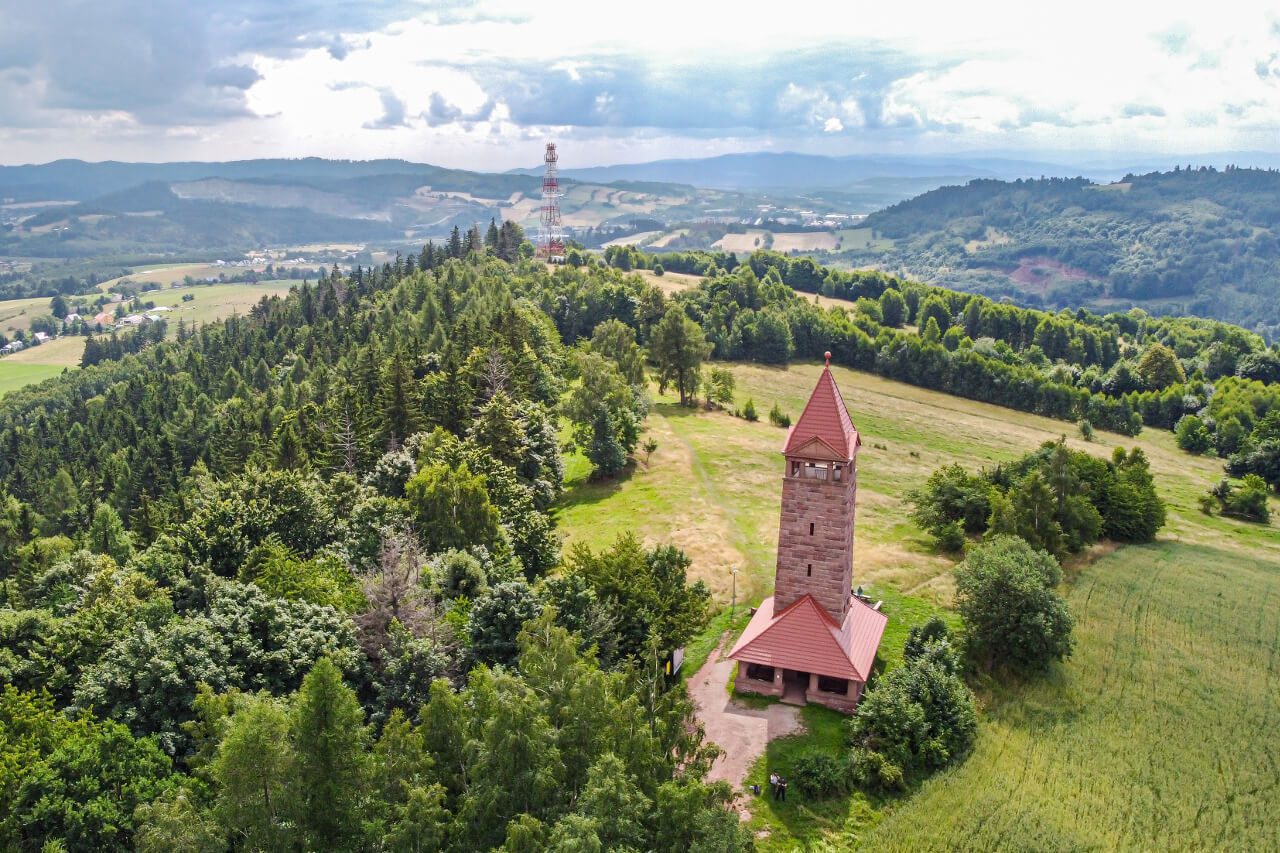

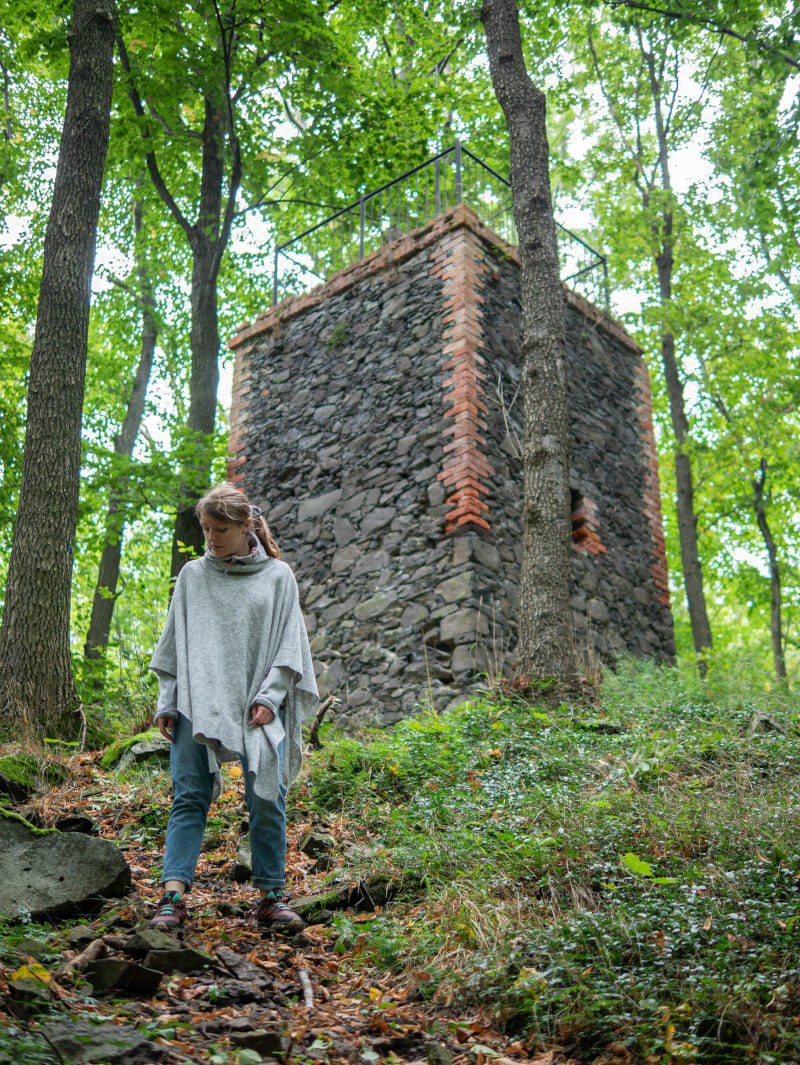

My favourite lookout towers of Lower Silesia are the structure on St. Anne’s Mountain in Nowa Ruda, the not-so-popular lookout tower on Włodzicka Mountain, the lookout tower on Borowa located within Walbrzych’s borders, the unusual lookout platform on Guzowata in Radkow, and the structure in Muchow, hidden in the forest and no longer providing views for years. Your list will certainly be slightly different.
EXPLORE POLISH MOUNTAINS WITH NO EFFORT
Do you want to save time?
Get a map with the most important points of Polish Mountains – worth visiting places, peaks, beautiful mountain ranges and recommended accommodation.
12. Poznan (Poznań)
A visit to Poznan is a good option for a pleasant weekend in Poland. The attractions of the capital of Greater Poland, as befits a large city, will allow you several days of active sightseeing, but a one-day trip is also possible. Then you should focus on the most characteristic corners of the city.
See available hotels, apartments and accommodation in Poznań and choose something for you
When visiting Poznan, be sure to visit Old Market Square, whose landmark is the Town Hall with its goats tapping their heads. Right next door, the colourful houses of budniks (Domy Budników) will catch your eye, as well as the Museum of the Greater Poland Uprising 1918-1919, located on the other side of Market Square.
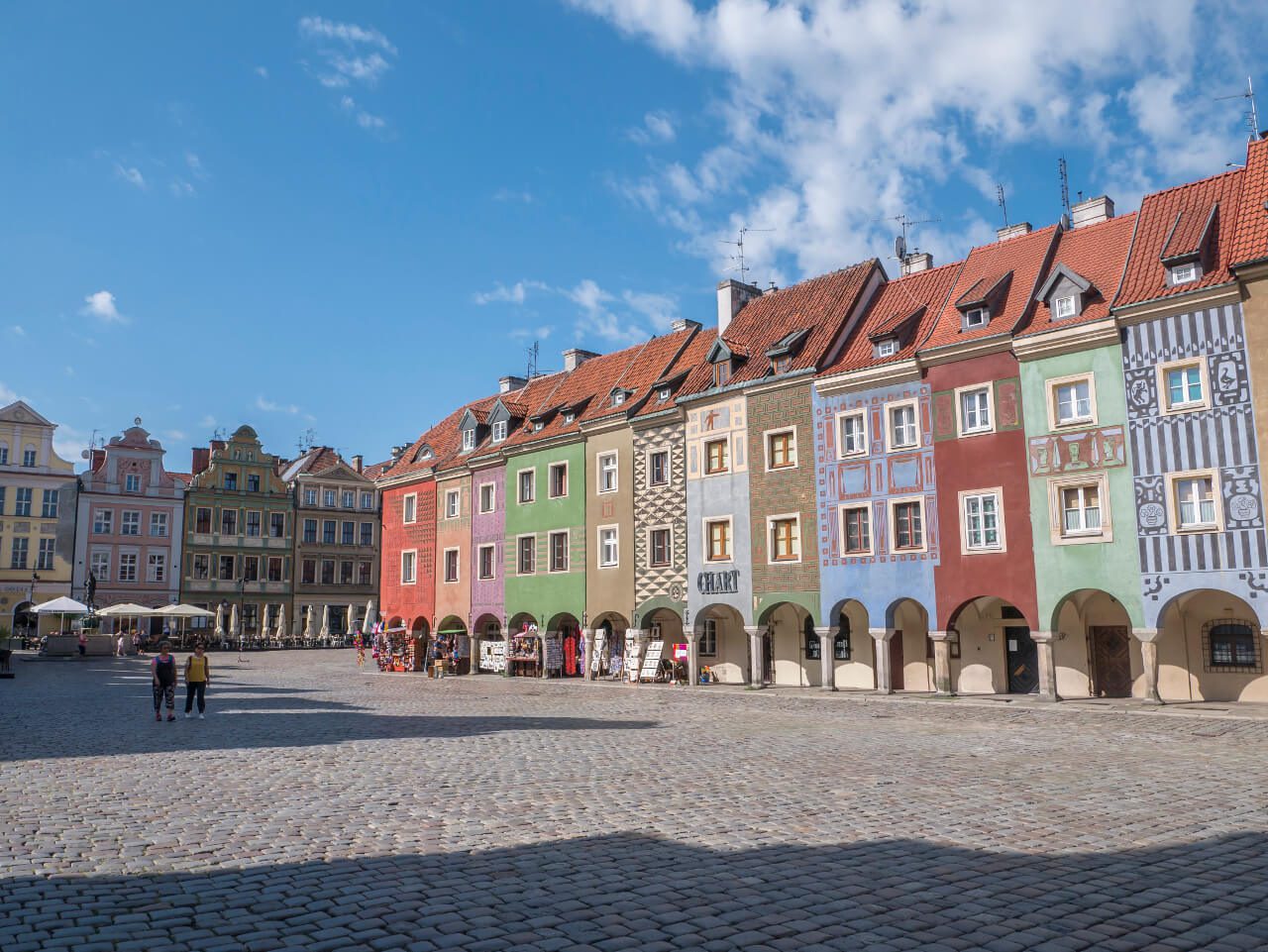
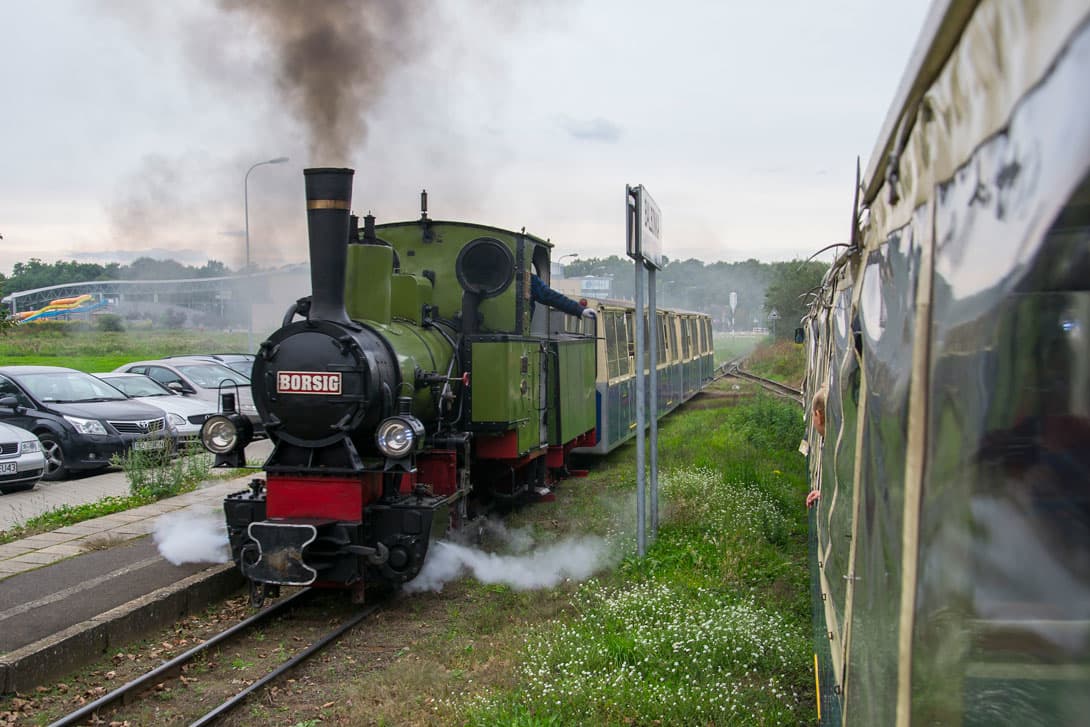
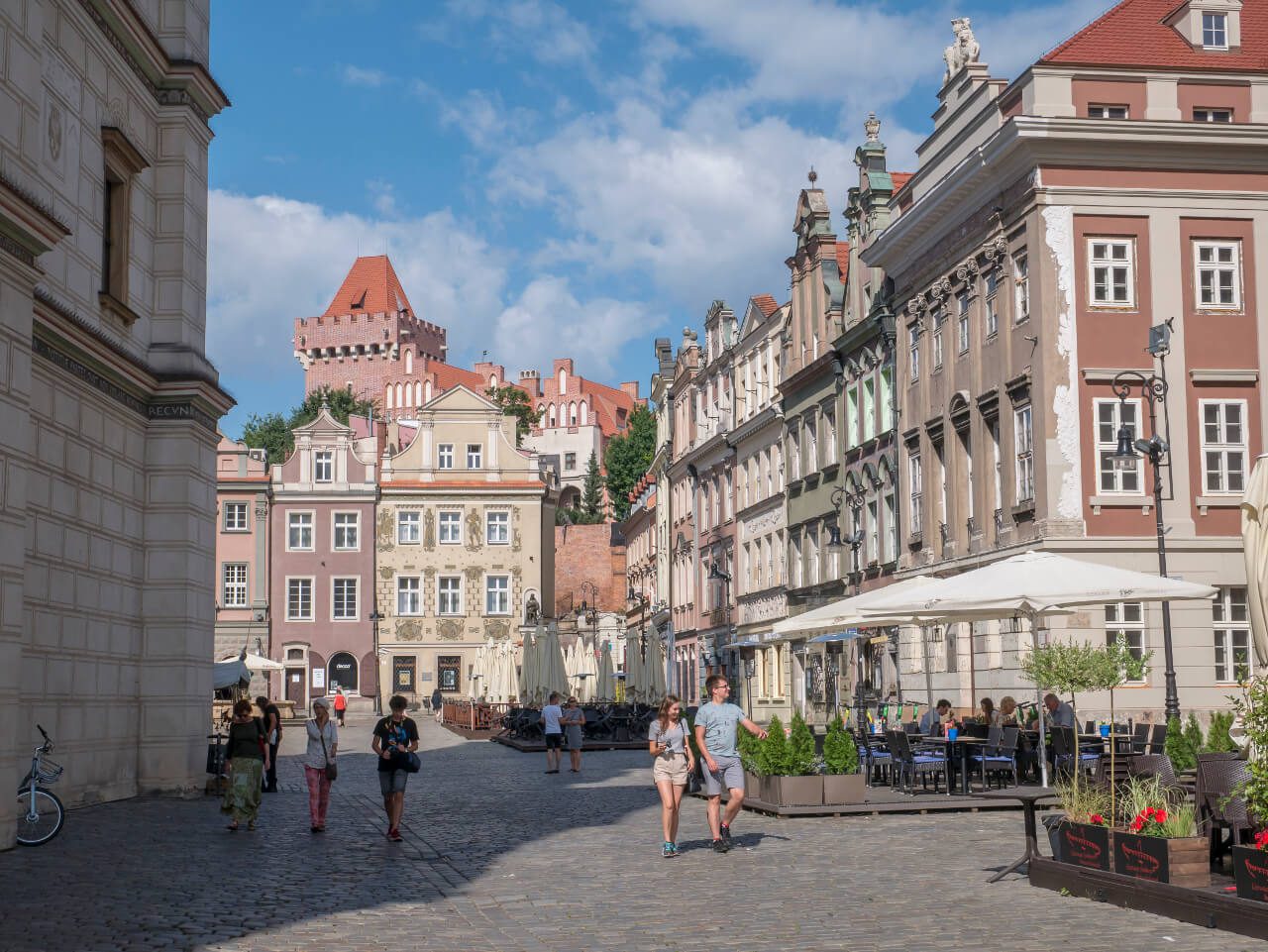
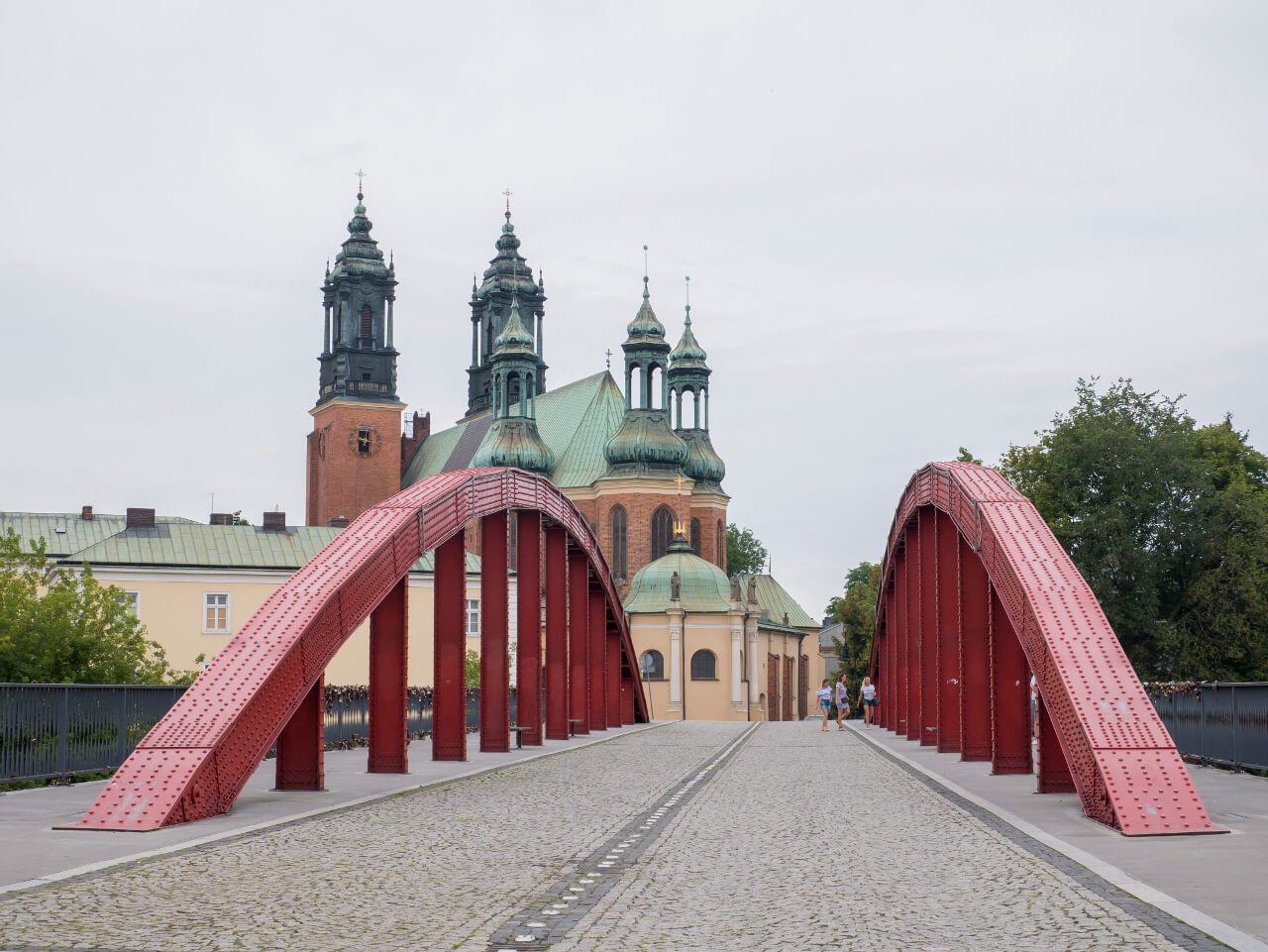
As part of your weekend getaway to Poznan, find time to visit the Srodka (Śródka) district, tour the ICHOT Poznan Gate and Ostrow Tumski, and take a ride on the Maltanka narrow-gauge train that runs along the shore of Lake Malta.
13. Rudawy Janowickie Mountains and Colorful Lakes (Kolorowe Jeziorka)
Côte d’Azur in Lower Silesia – and surrounded by mountains with beautiful countryside views? We also have such an attraction on the list of interesting places to see in Poland. In front of you are the Colorful Lakes (Kolorowe Jeziorka) in the picturesque mountain range of the Rudawy Janowickie Mountains.
The Rudawy Janowickie is a mountain range that squeezes between Walbrzych and Jelenia Gora, providing tourists with panoramic views of the nearby Giant Mountains, among others. The trails of the Janowickie Ore Mountains are ideal in terms of difficulty level – challenging but easy enough for whole families to hike.

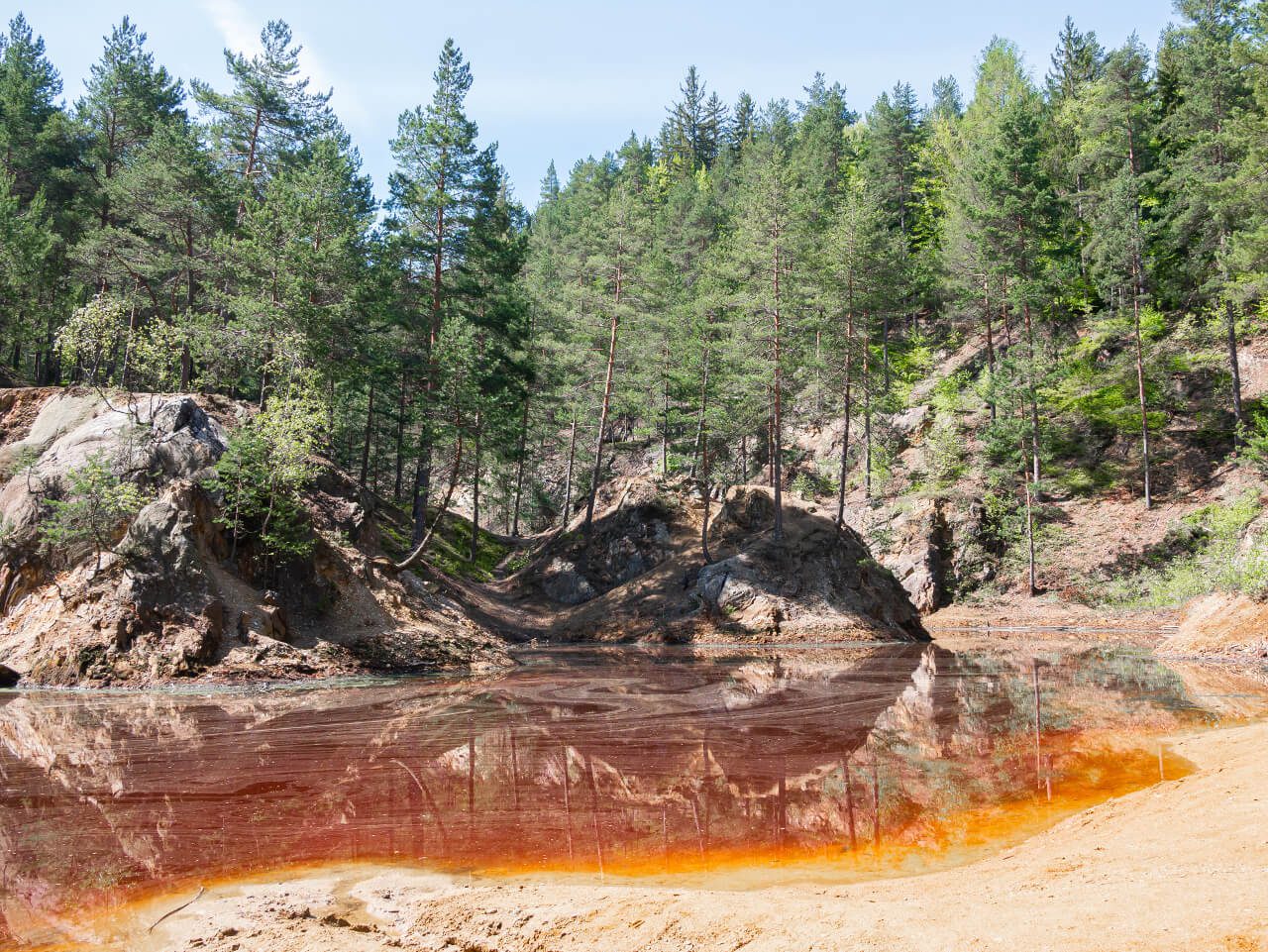
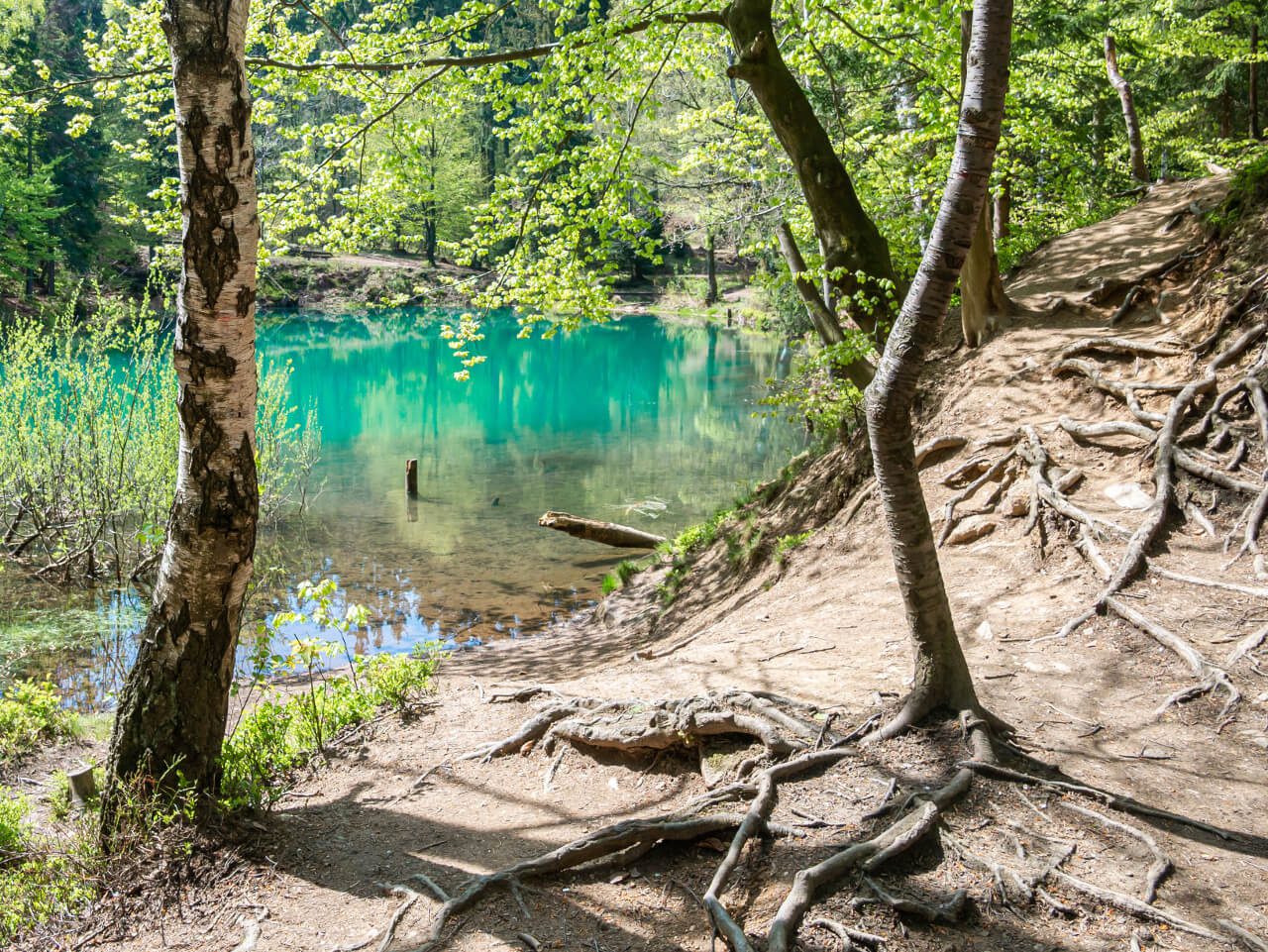
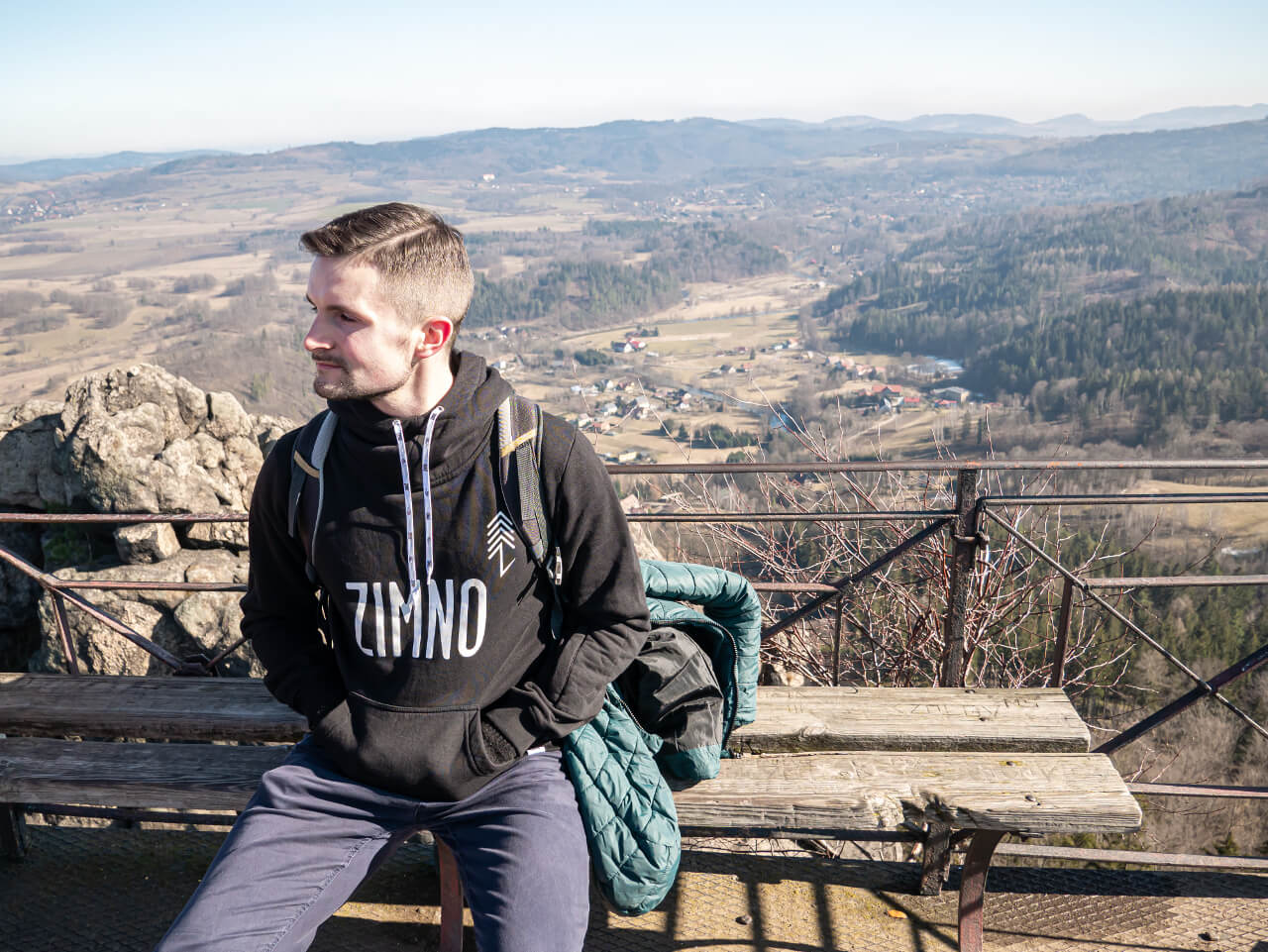
Aside from the azure, red, yellow and green shimmering Colorful Lakes near Wiesciszowice, in the Janowickie Ore Mountains, it is worth climbing the scenically brilliant Sokolik, reaching the well-preserved ruins of Bolczow Castle, and then climbing the highest forested peak of the range – Skalnik.
If you want to stay overnight in the Rudawy Janowickie Mountains, check out the range of accommodations in Janowice Wielkie and Kowary. It’s also easy to get here from Jelenia Gora.
Lovers of interesting history (and beer) should also take a look at Miedzianka – an almost abandoned village, which Filip Springer wrote about in an excellent reportage. The Miedzianka brewery and restaurant operate there. If you settle in a little too long, comfortable guest rooms are available at the brewery.
14. Ksiaz Castle (Zamek Książ)
The list of interesting places in Poland for the weekend could not be complete without Walbrzych’s Ksiaz Castle. It’s Poland’s third largest castle (after Wawel and Malbork) and one of Lower Silesians’ favourite places for a weekend getaway. The Ksiaz Landscape Park, which surrounds this huge Hochberg residence, enriches it with many walking paths and points from which Ksiaz can be well seen.
During World War II, Ksiaz Castle was supposed to be one of Adolf Hitler’s quarters. You can visit both the chambers and the above-ground part of the castle and the underground part that was excavated during the war. The underground part, which was hastily excavated, was probably related to the secret Riese complex in the Owl Mountains.
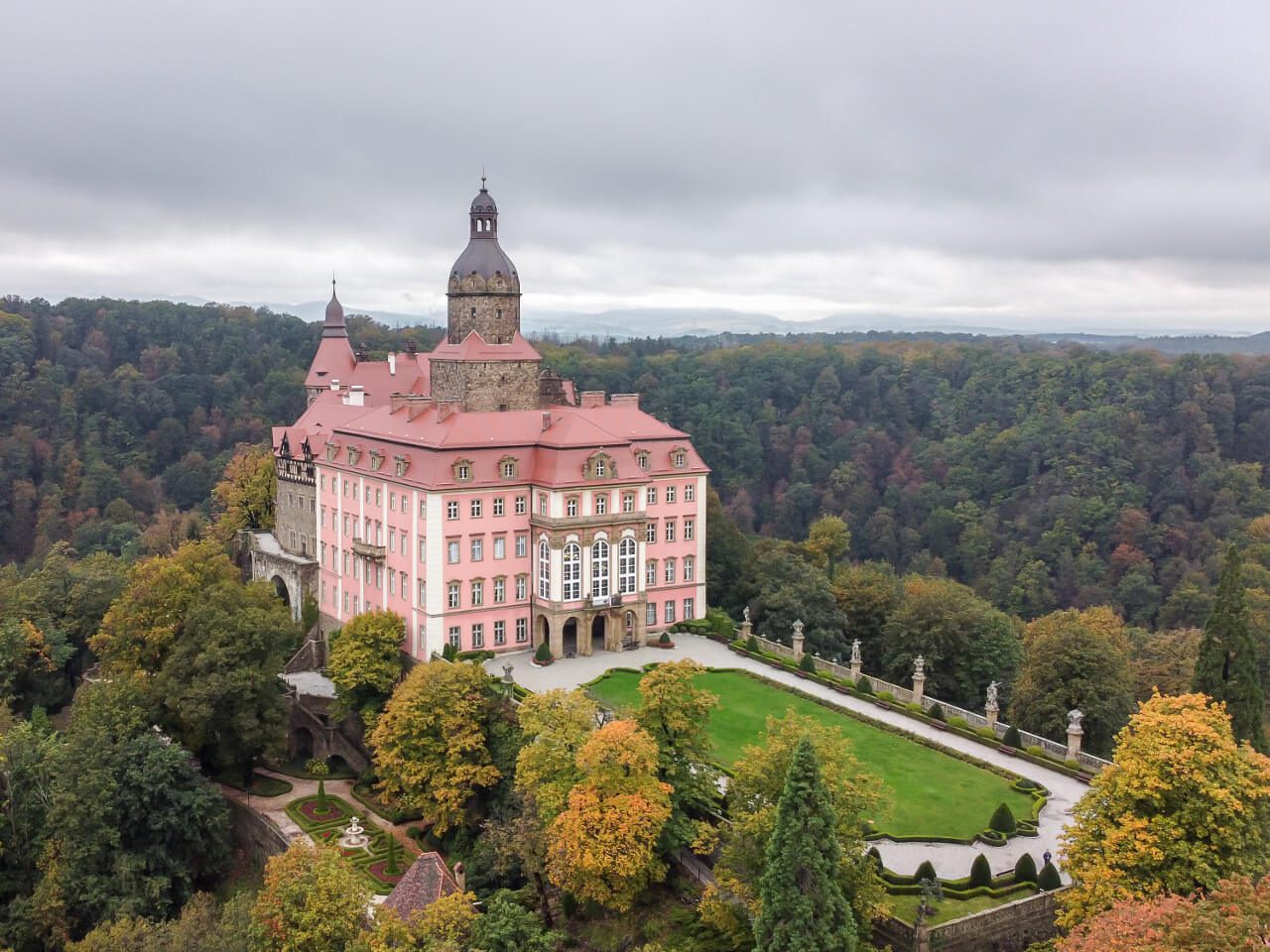
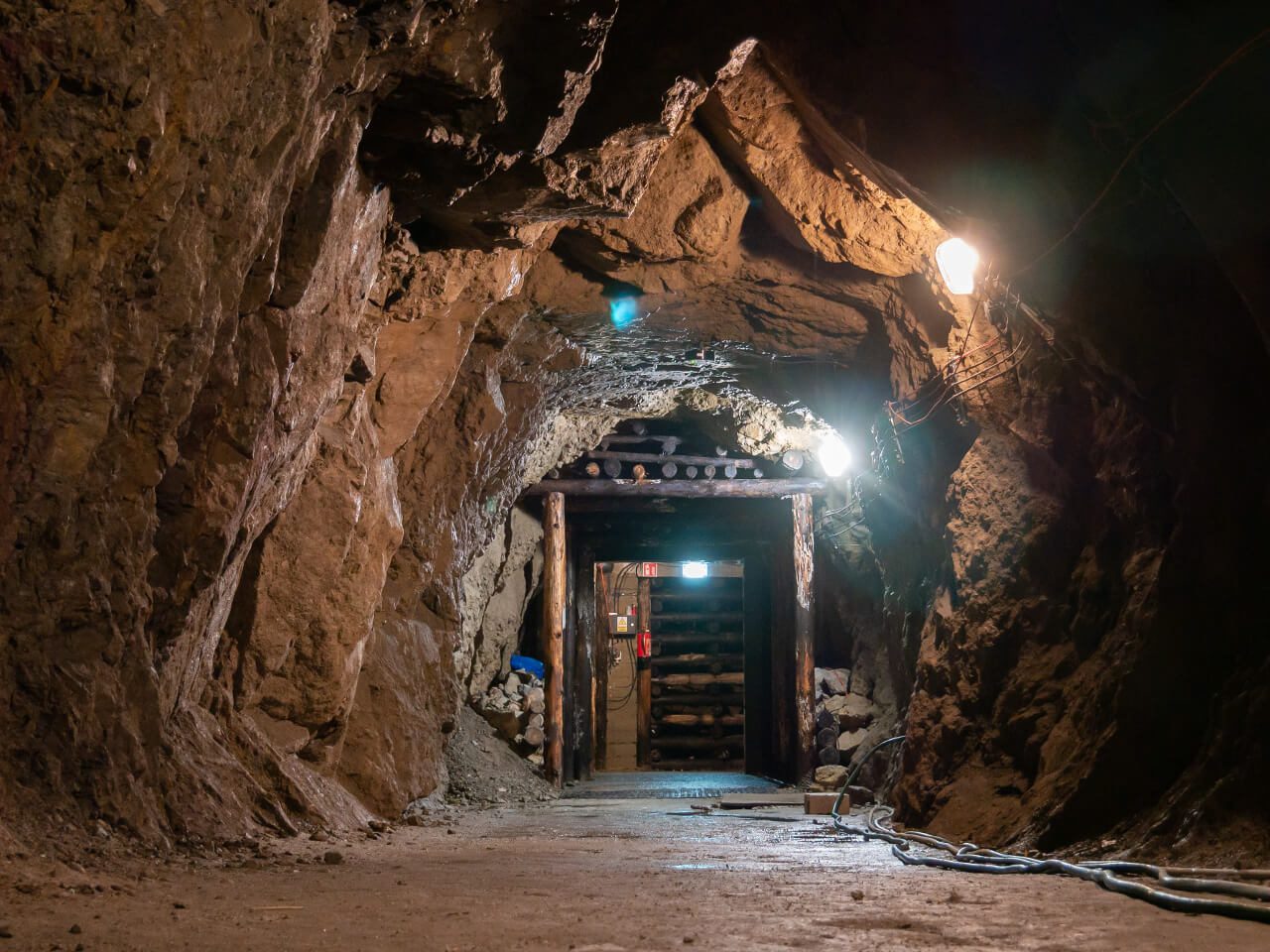
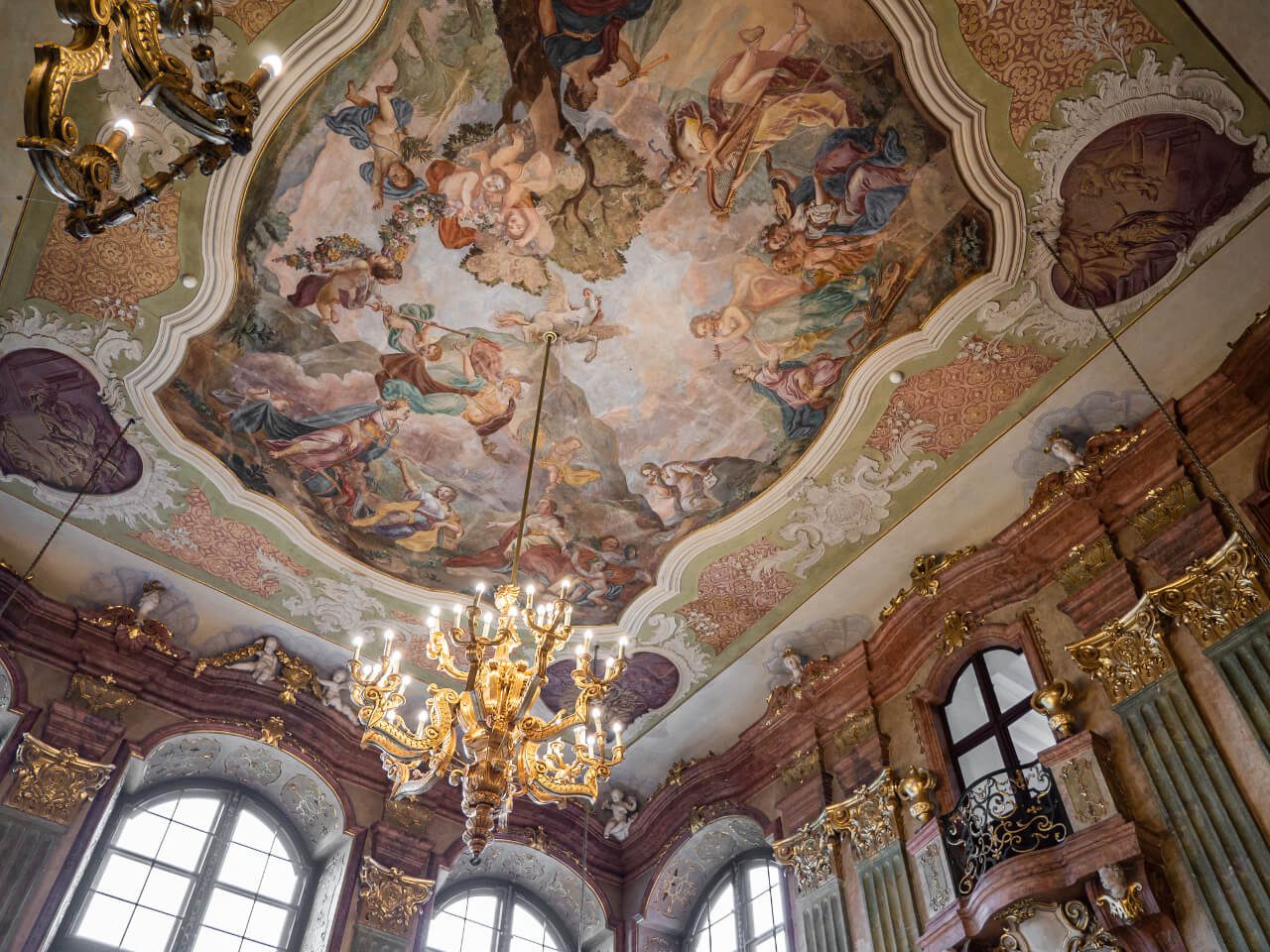

The Ksiaz Castle complex is vast, and to see all its nooks and crannies, plan a full day for a trip here. When visiting Walbrzych, it’s also a good idea to visit the Old Mine, operating on the site of a former mine in the Lower Silesian Coal Basin (Dolnośląskie Zagłębie Węglowe), and see the priceless collections of the Porcelain Museum.
15. DAG Krzystkowice
It’s time for an interesting attraction in Poland of the somewhat mysterious kind. In inconspicuous-looking forests hide secrets on which the fate of wars depends. The secret Nazi explosives factory Alfred Nobel Dynamit Aktien-Gesellschaft, hidden in the forests of Nowogrod Bobrzanski, was an essential part of the Nazi arms industry during World War II.
The DAG Krzystkowice produced explosives that could be used for further production or just to fill the ammunition created at other plants. Some 25,000 forced labourers living in a Gross Rosen concentration camp branch in Rogoznica were involved in the construction and subsequent work of the DAG complex.

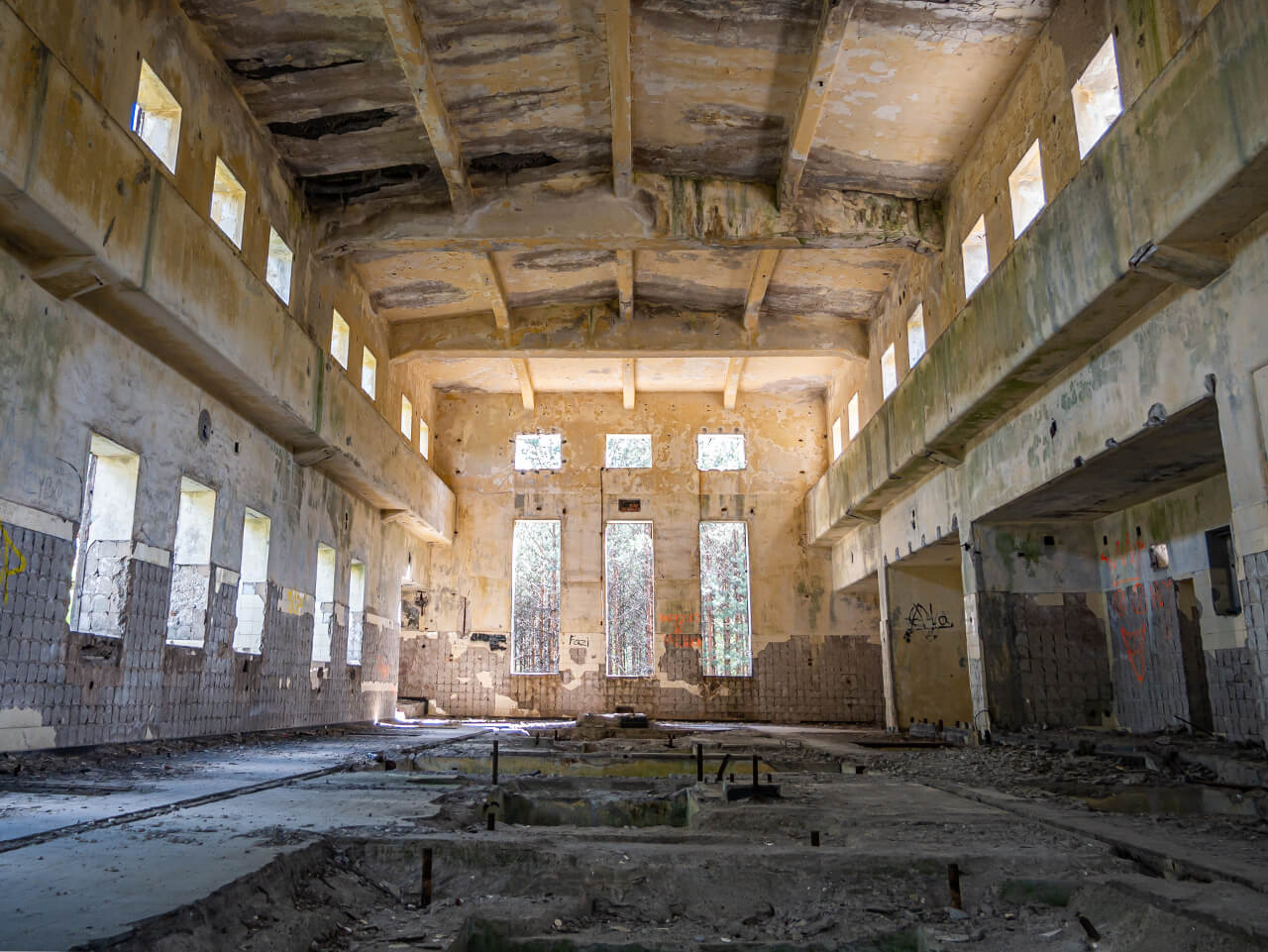
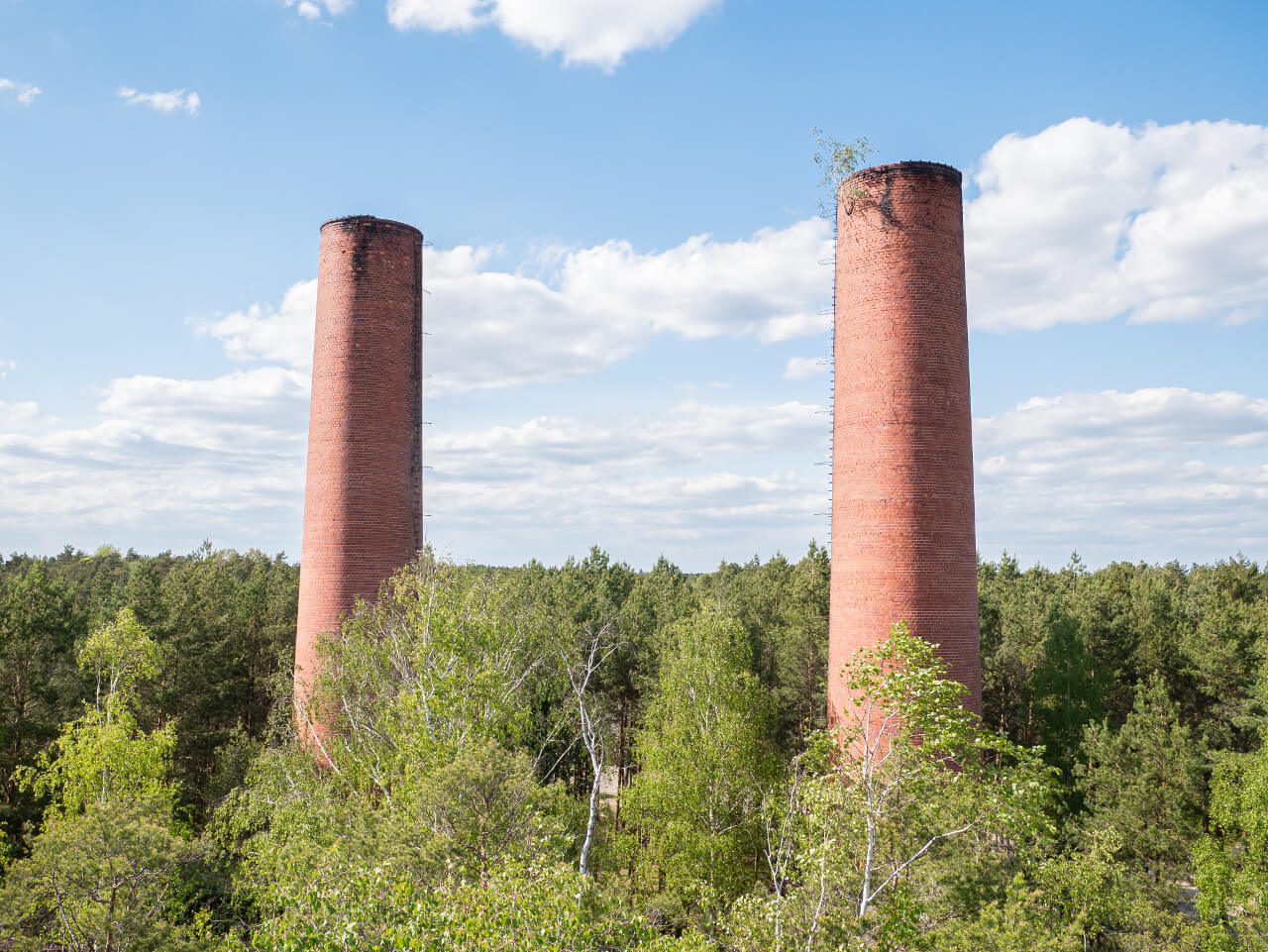

Today more than 200 buildings have been counted as part of this explosives factory, but conservative estimates say that during the war, there may have been even more than 500. The total land area of the DAG complex is as much as 35 km2.
In short – there is a lot to walk around. Remember that the area is not suitable for sightseeing. It’s full of holes and dangers you must be aware of. If you don’t feel confident in such terrain, let go of this attraction.
16. Giant Mountains (Karkonosze) – Sniezka, Szrenica, Sniezne Kotly
The Giant Mountains is the highest range of the Sudeten Mountains and a region that attracts many tourists in every season. When looking for an idea for a weekend in Poland, consider hiking in this part of Lower Silesia. The nature of the area is protected by the Karkonosze National Park, which stretches in the area of the main tourist bases – Karpacz and Szklarska Poreba.
The most visited point of the Giant Mountains is their highest peak, Sniezka (Śnieżka), through which the Polish and Czech state borders run. You can start your hike here from Karpacz itself, or you can speed up your journey a bit by taking a chairlift to Kopa, which lies close to Snezka.
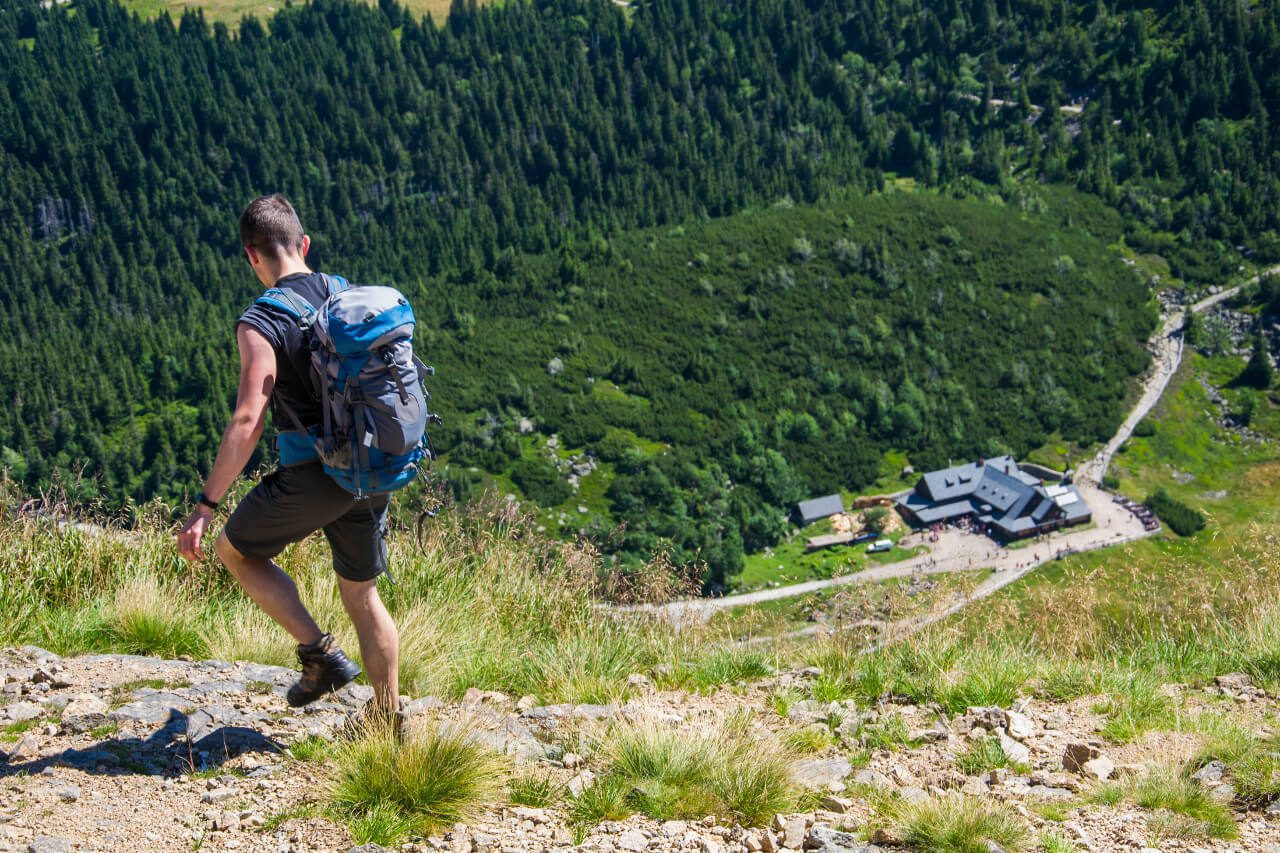


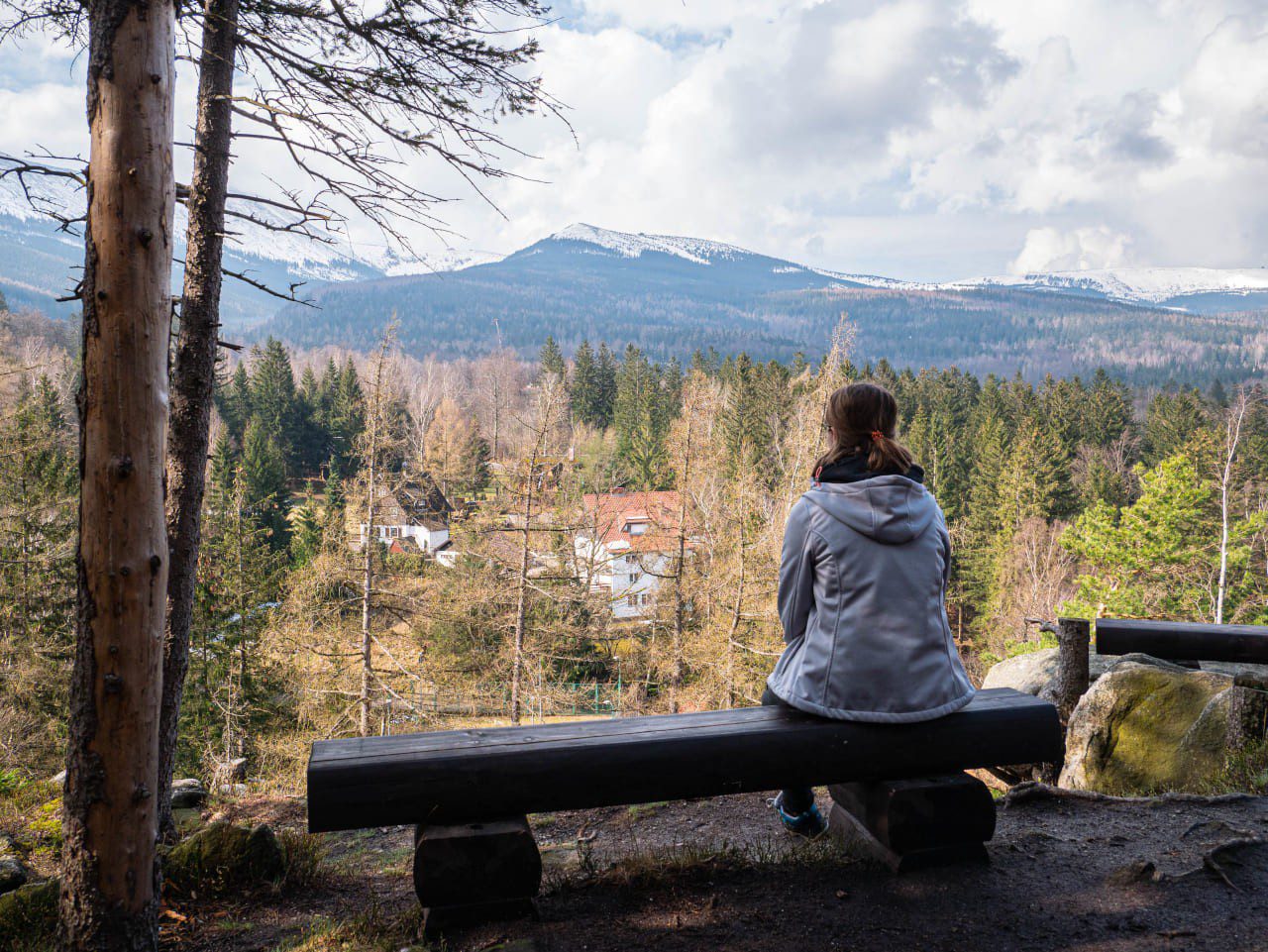
While in the region of Szklarska Poreba, it is worth climbing Szrenica, towering over the town, and then heading to the post-glacial Sniezne Kotly (Śnieżne Kotły), which is one of the most beautiful viewpoints in the Giant Mountains. The icing on the cake for Giant Mountains lovers is a full-day hike from Karpacz to Szklarska Poreba via Sniezka and Szrenica.
EXPLORE BEAUTIFUL MOUNTAINS OF LOWER SILESIA, POLAND
Want to save time and have the perfect trip to the Polish mountains?
Buy an ebook with 55 ready-made hiking routes in the mountains of Lower Silesia, Poland. Each route includes a map, description of the route, the most interesting attractions along the way and directions (by car and public transport).
It’s everything you need to have a great time in the mountains!
17. Olsztyn
I’ve already told you about Masuria, but when thinking about that part of Poland, you can’t forget about Olsztyn – the beautiful capital of Warmia. This green city will work well as a destination for a day trip and a weekend. Here you will well combine sightseeing and active rest in nature – and without moving from the city.
Olsztyn is famous for its natural location surrounded by lakes, forests and parks. Much of the city can be walked through endless parks, hitting more city lakes along the way. There are as many as 11 of these lakes within the administrative boundaries of Olsztyn, and you’ll also find the city’s huge City Forest of more than 1,000 hectares. It’s hard to find so much greenery in any other provincial city in Poland.
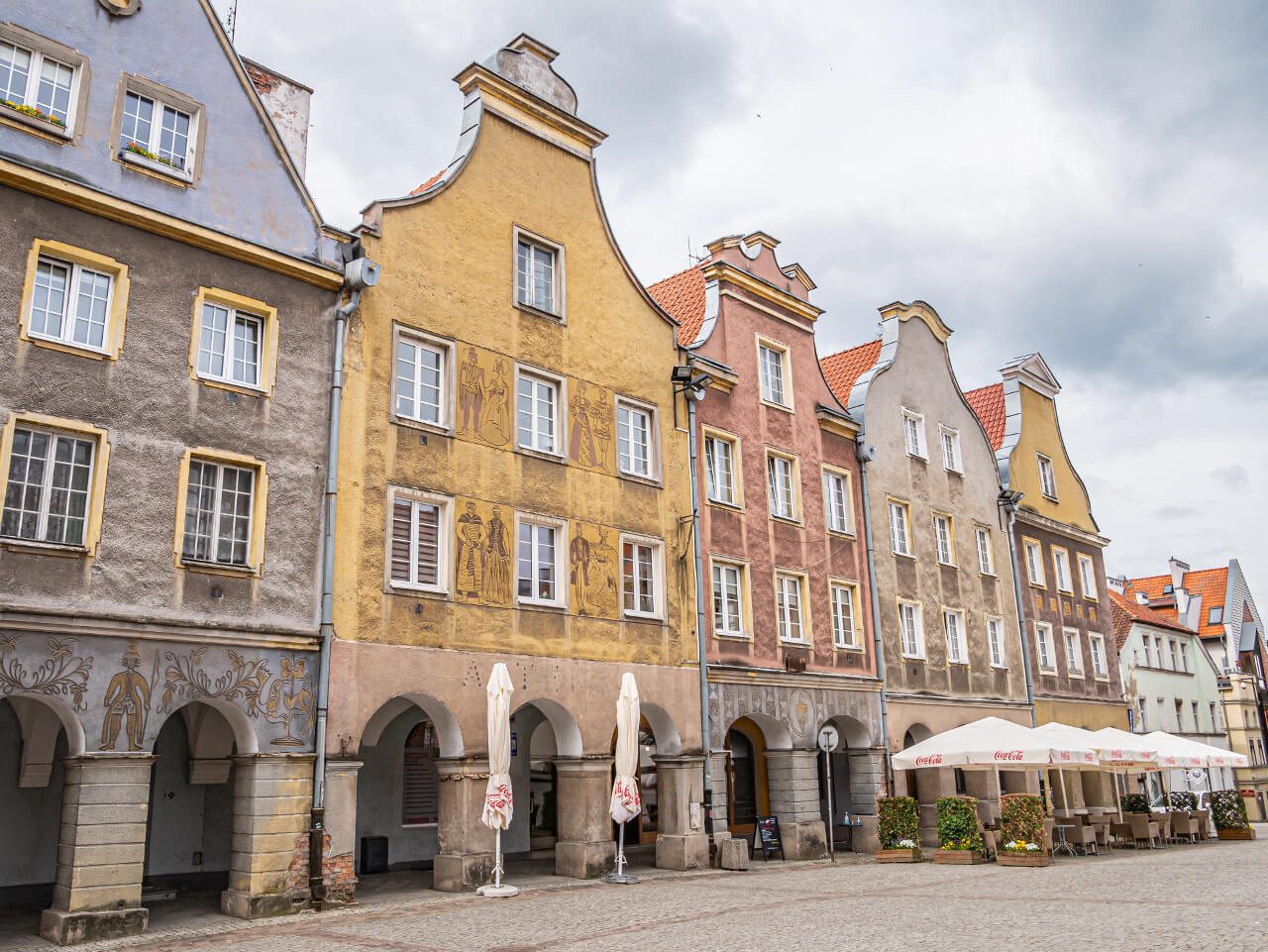

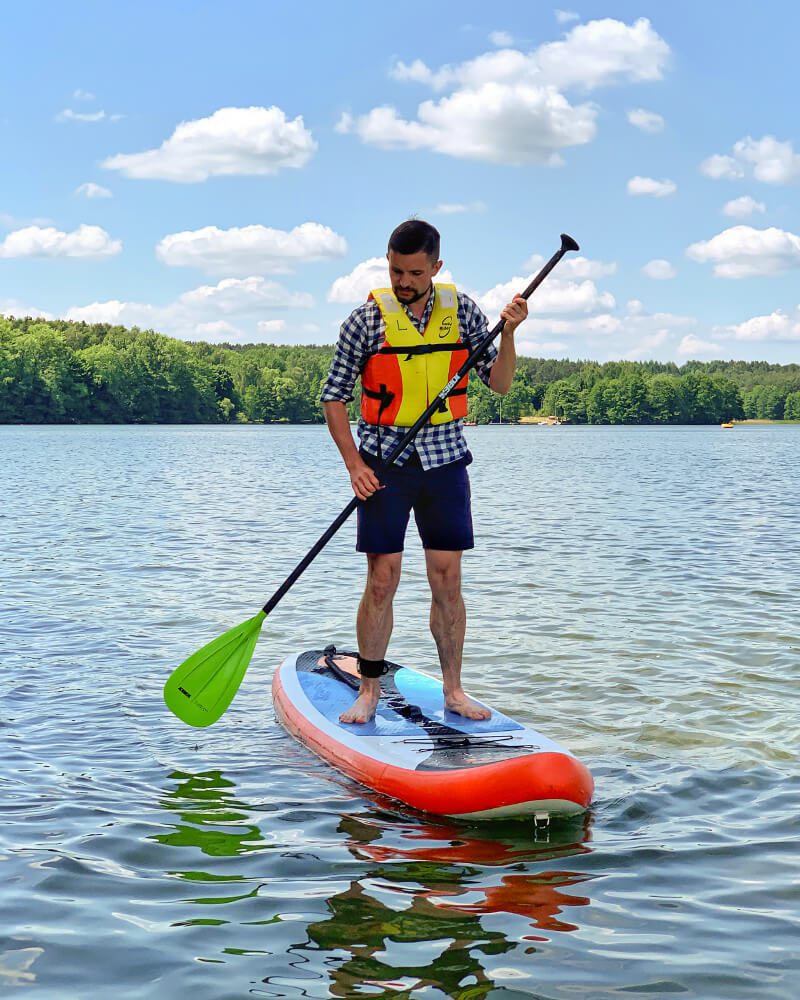
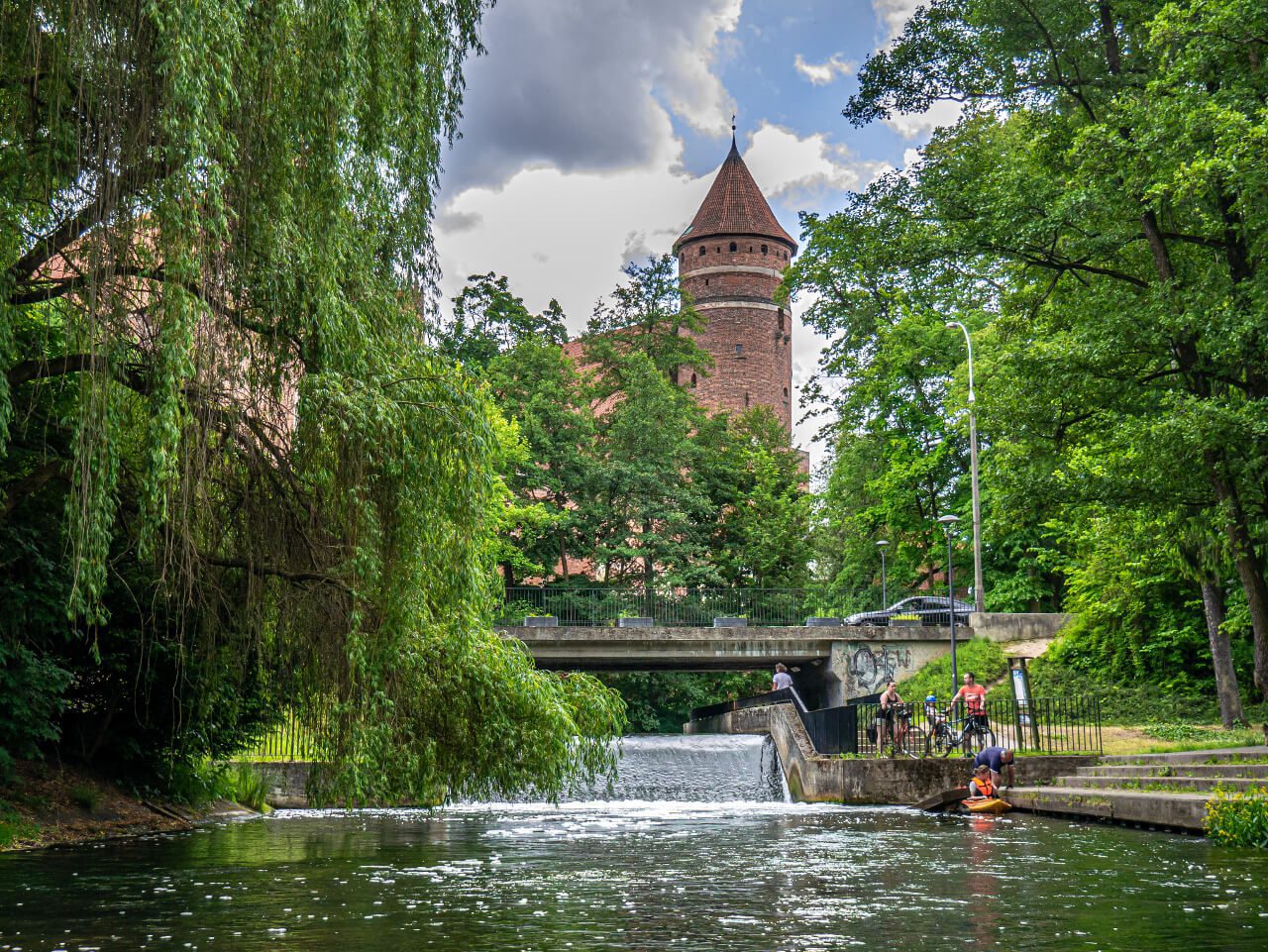
The figure of Nicolaus Copernicus is also strongly associated with Olsztyn. The outstanding astronomer in Olsztyn became famous as an efficient administrator of the Warmia Chapter Castle. Hidden within the castle’s walls is one of the most valuable artefacts related to the life and scientific work of Nicolaus Copernicus – the original astronomical table used by the astronomer.
See available hotels, apartments and accommodation in Olsztyn and choose something for you
Olsztyn offers at least a few ideas for spending active time in the city. In one day, I seamlessly transitioned from sightseeing to kayaking on the Łyna River, sup board training, sailing and a motorboat rally on Lake Ukiel and…. observing the cosmos from the Olsztyn Planetarium. I’ve seen a lot in my life, but such a saturation of attractions can’t be found elsewhere!
18. Riese Complex in Owl Mountains (Góry Sowie)
The Sowie Mountains are associated with mountain mysticism and a sense of mystery at a level not seen anywhere in Poland. This part of Lower Silesia is one of the most mysterious corners of our country. The trails of the Owl Mountains will lead you to the secret underground Riese Complex, which may have changed the course of history.
Riese is a secret network of underground corridors of unknown destinations, which was to be one of the Third Reich’s last hopes for wartime success. It began to be hastily dug in 1943, and work continued until the last days of the war. It is possible that it was from here that the Third Reich’s troops were to be commanded and where Adolf Hitler himself was to take refuge.
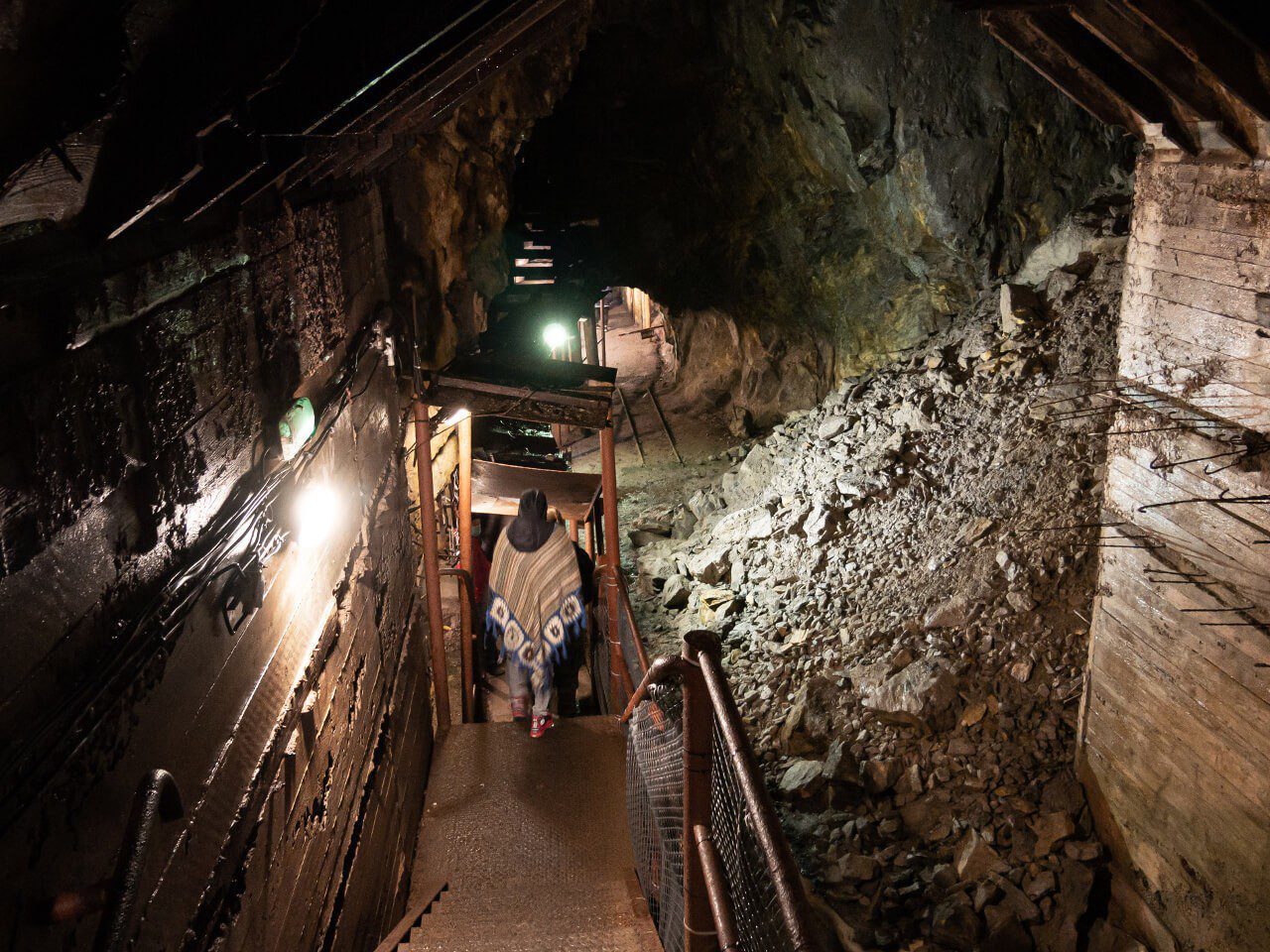
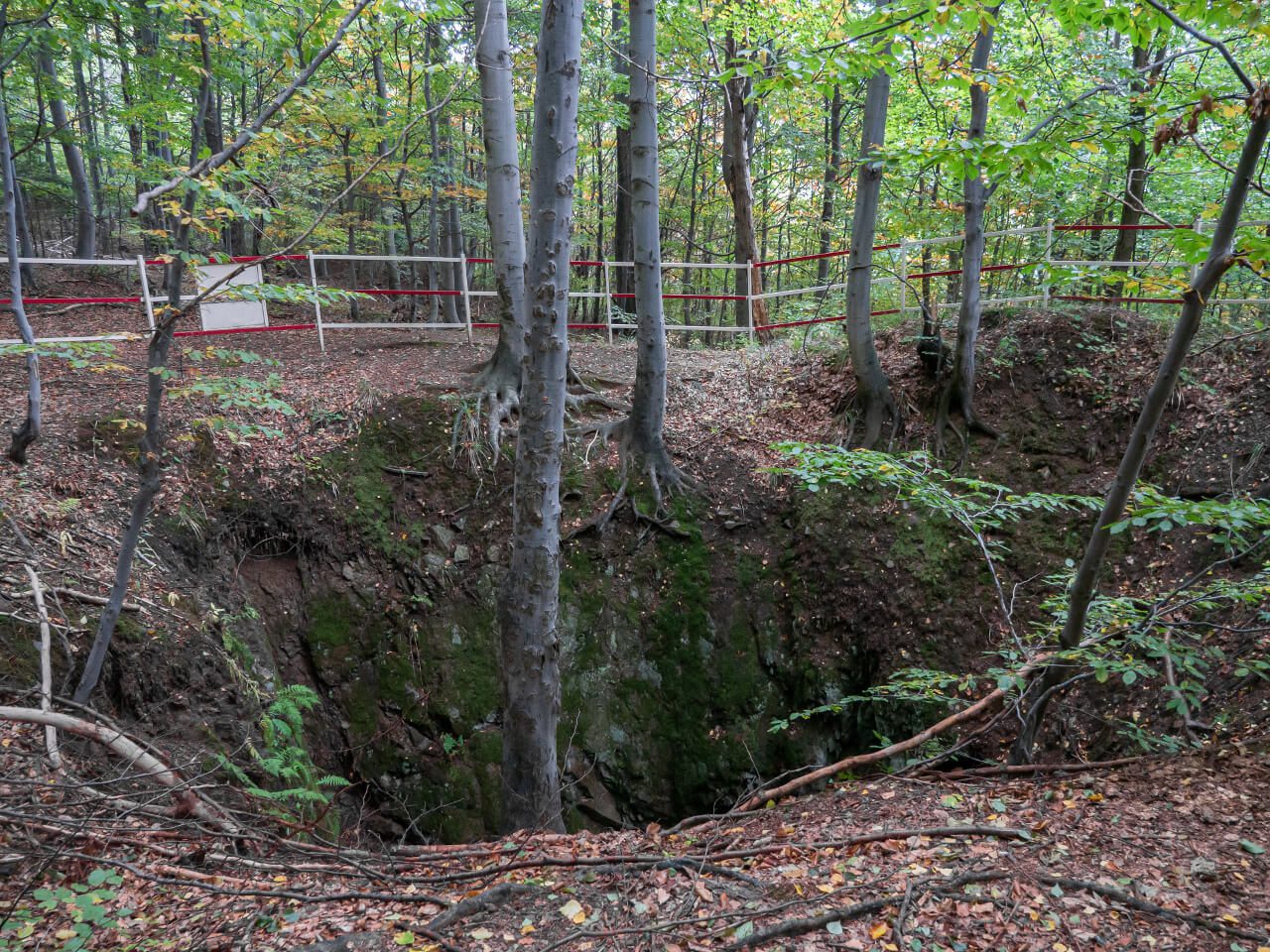
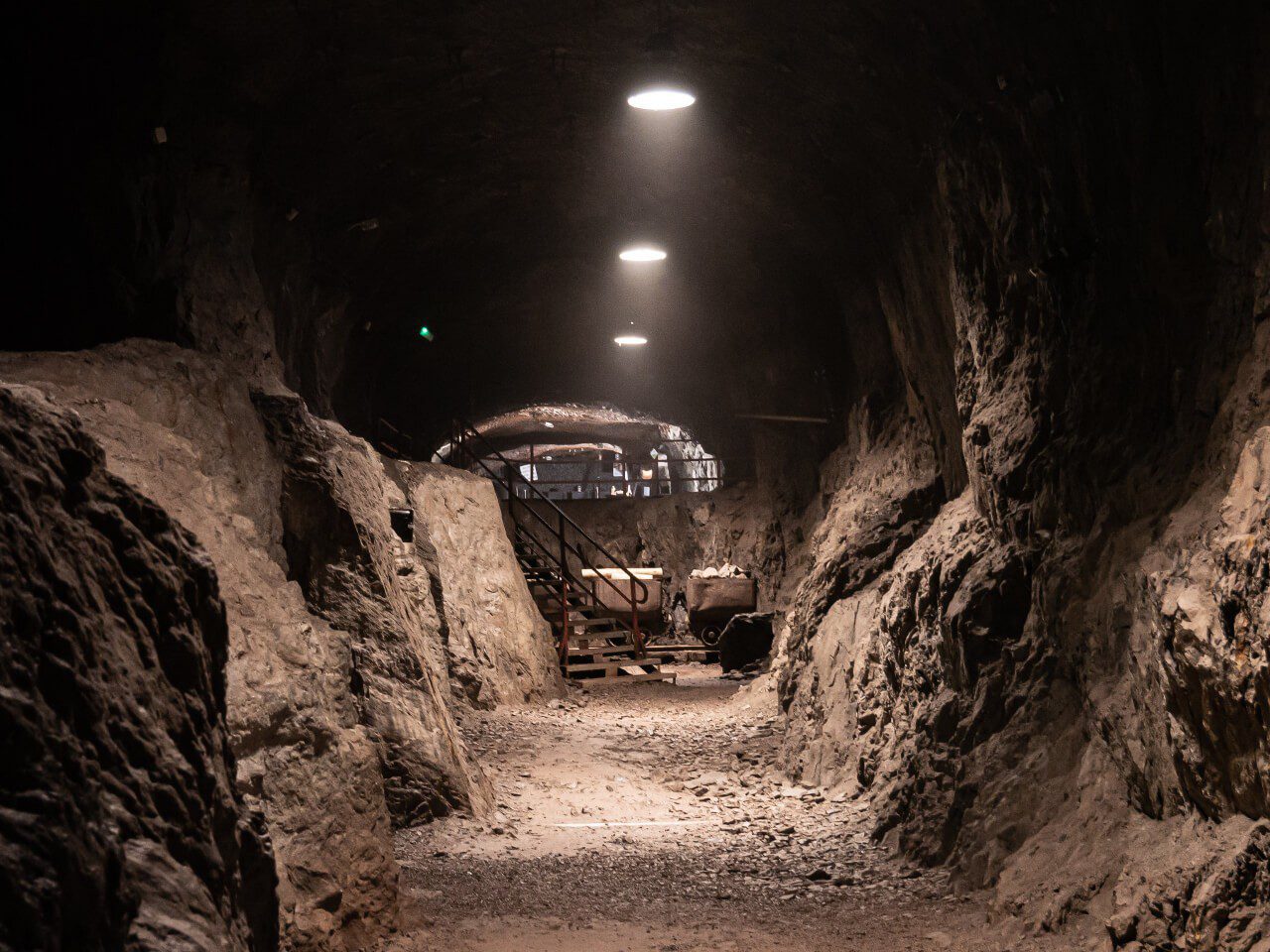

The drifts in the Owl Mountains are believed to have been the underground command center of the Third Reich. They were to include Hitler’s headquarters (Führerhauptquartiers – FHQ) and the headquarters of all branches of the armed forces of Nazi Germany. Had the plan come to fruition, the war could have gone on for many more years and ended…. differently.
Today you can visit three parts of the Riese complex – the Osowka Underground City (Podziemne Miasto Osówka), the Walim Drifts (Sztolnie Walimskie) in Rzeczka and the Wlodarz Complex (Kompleks Włodarz). Each of them shows Riese from a slightly different side, so it is worth finding time to visit at least two of them.
19. Bielsko-Biala i Silesian Beskid (Beskid Śląski)
Bielsko-Biala is one of those interesting places on the map of Poland that I discovered by accident. On the occasion of a trip to the Silesian Beskid, I stopped in Bielsko-Biala and decided to explore the city. Well, it turned out that I should drop in here for much longer.
There are quite a few noteworthy attractions of Bielsko-Biala, but I remember the most: the charming Old Town Square, the atmospheric Staircase Street, the Historical Museum with several branches (with my favourite branch “Old Factory”) and the famous Drawing Film Studio. In addition. only in Bielsko-Biala can you high-five Reksio!
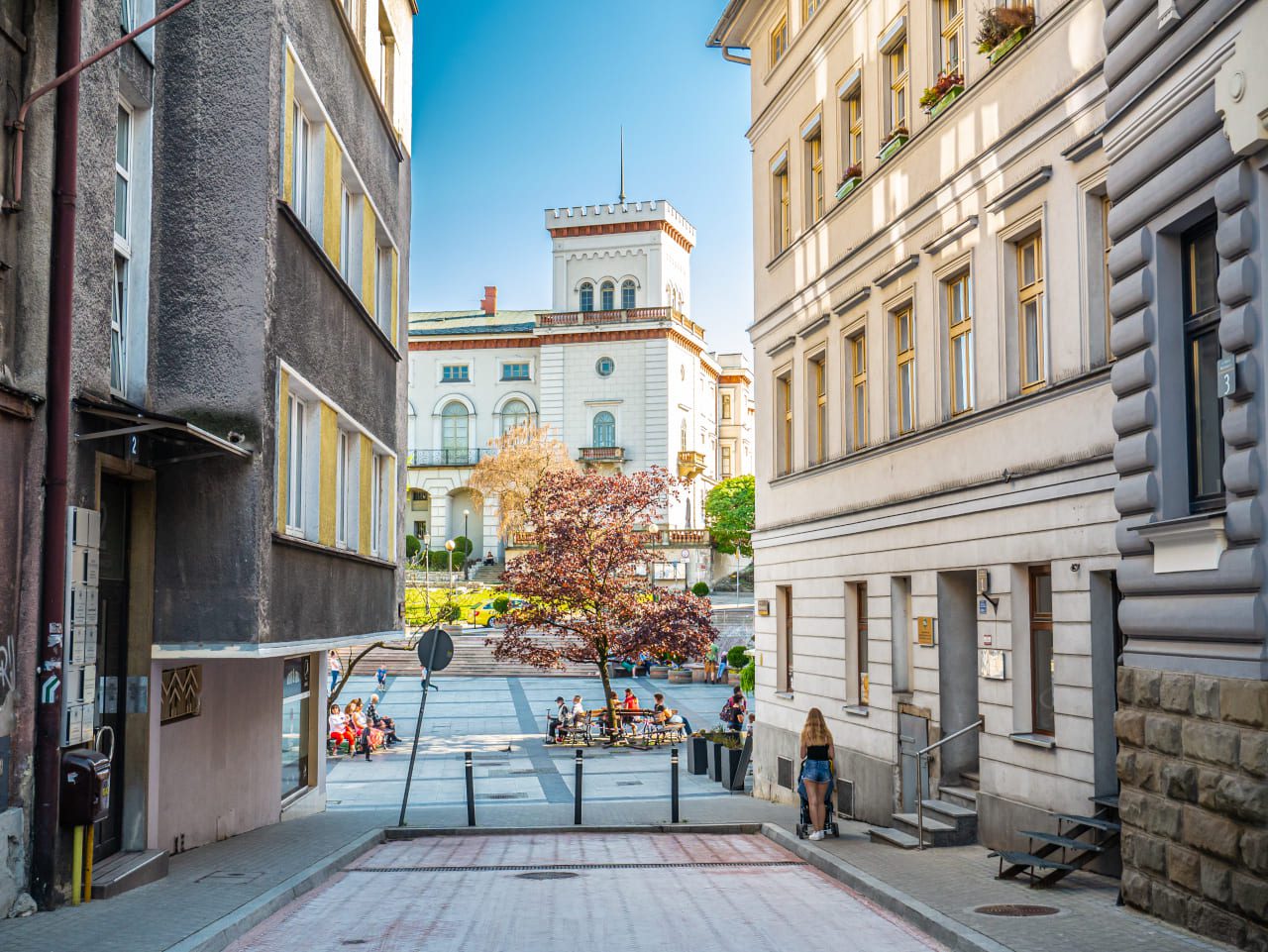
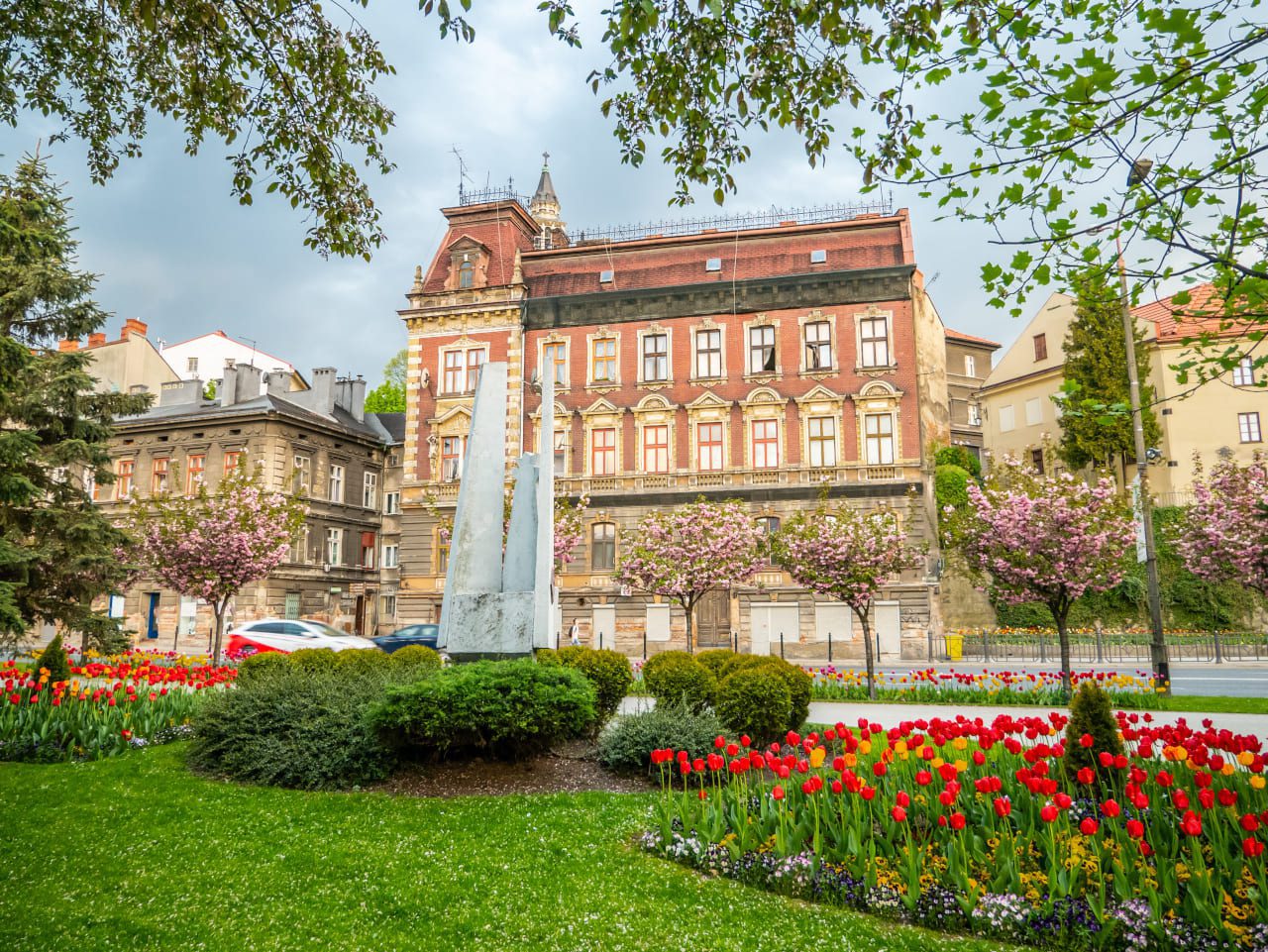
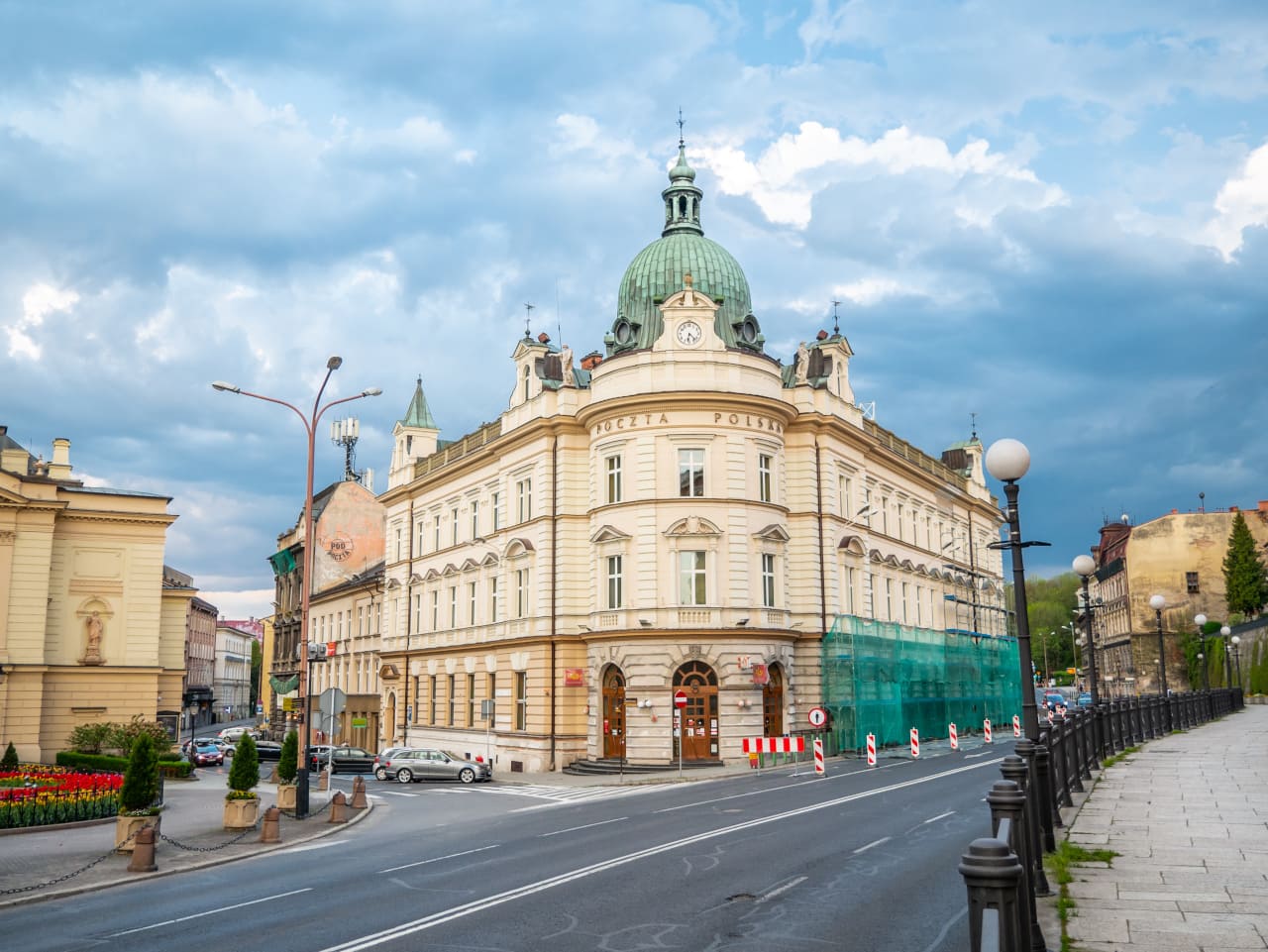
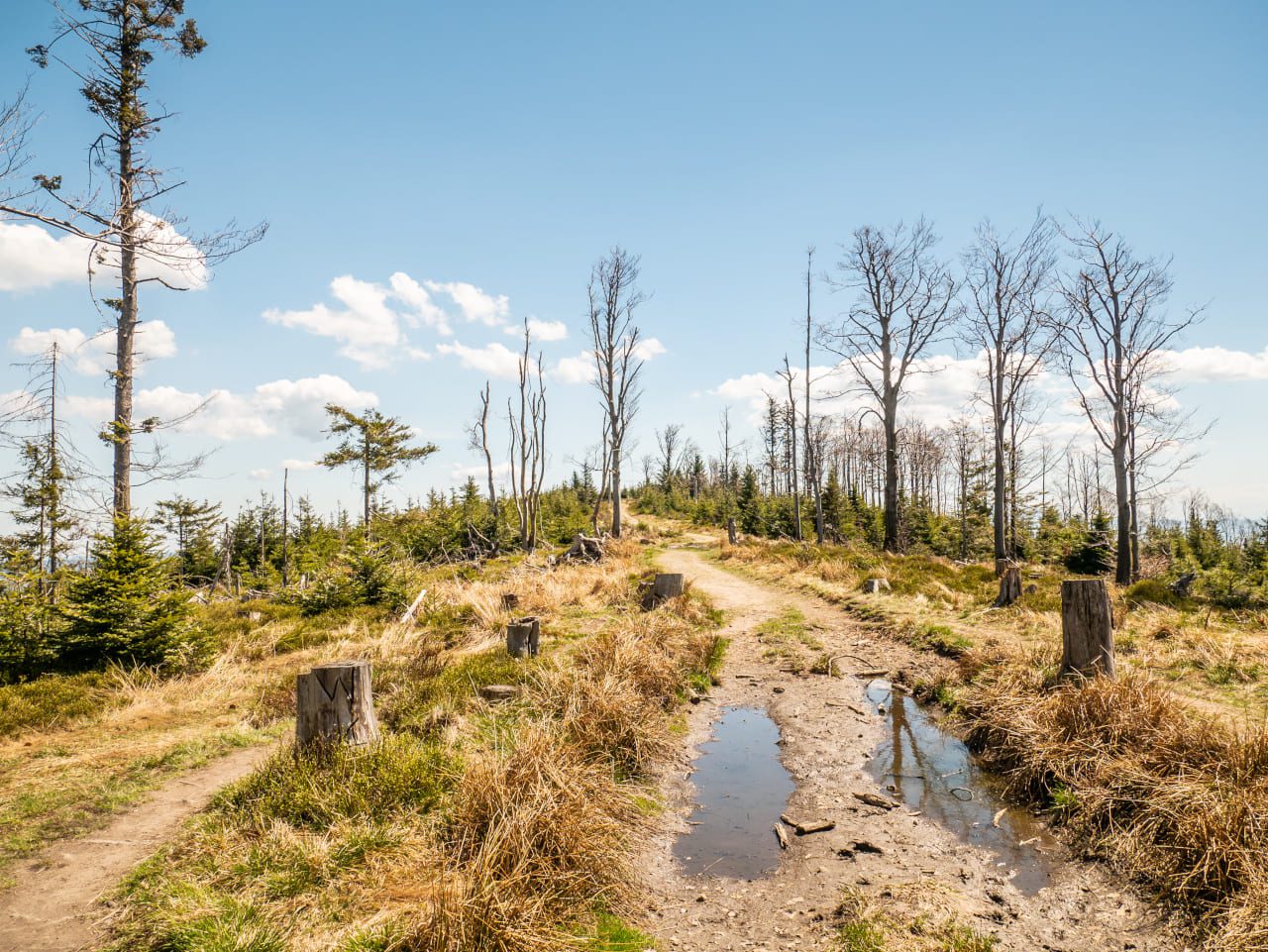
Bielsko-Biala is a city unique in its kind. The city bus will take you here to the lower station of the cable car to Szyndzielnia, from where you can embark on long hikes in the Silesian Beskid Landscape Park. I chose to hike from the lower station, through Szyndzielnia and Klimczok to Szczyrk.
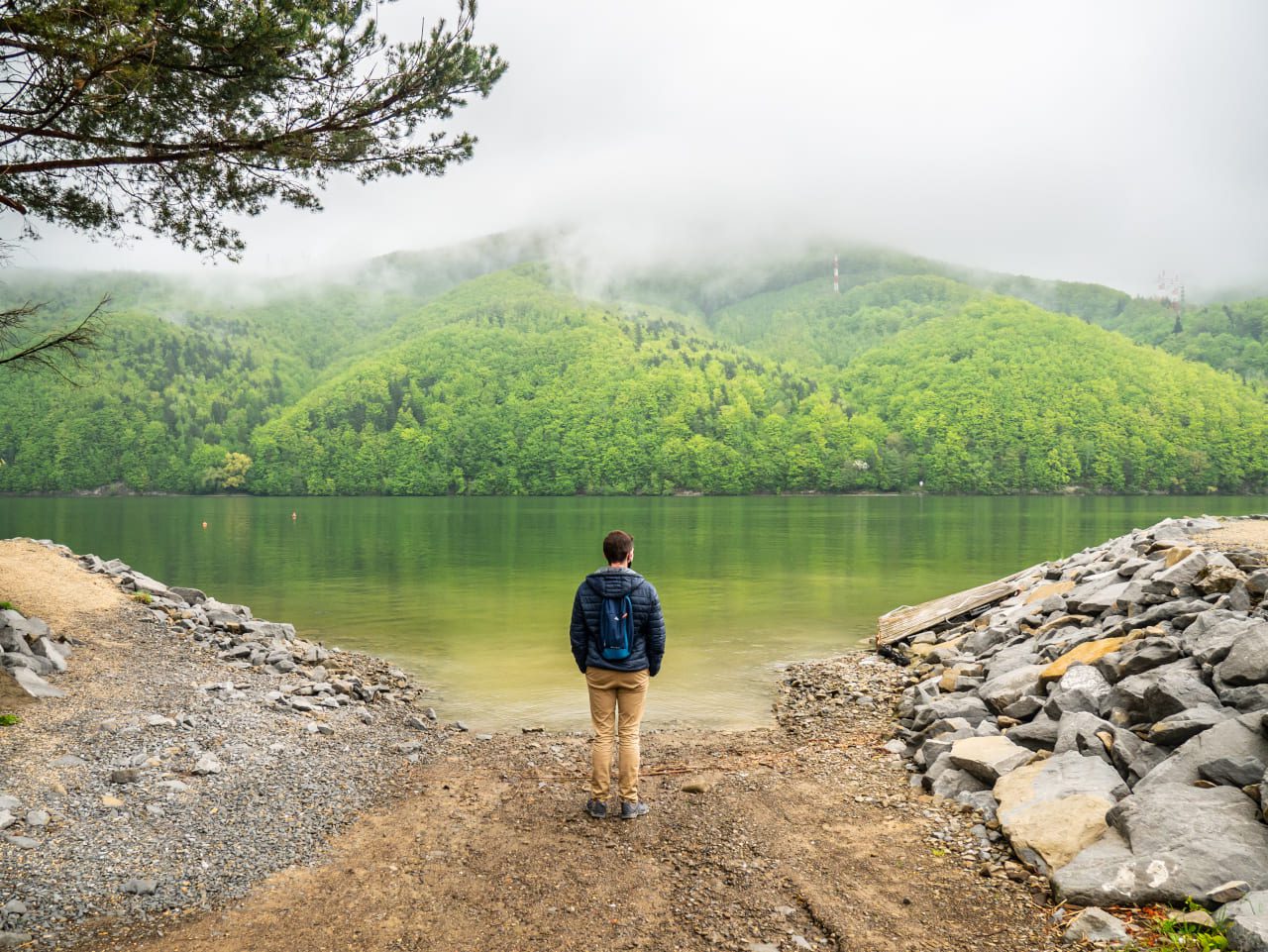


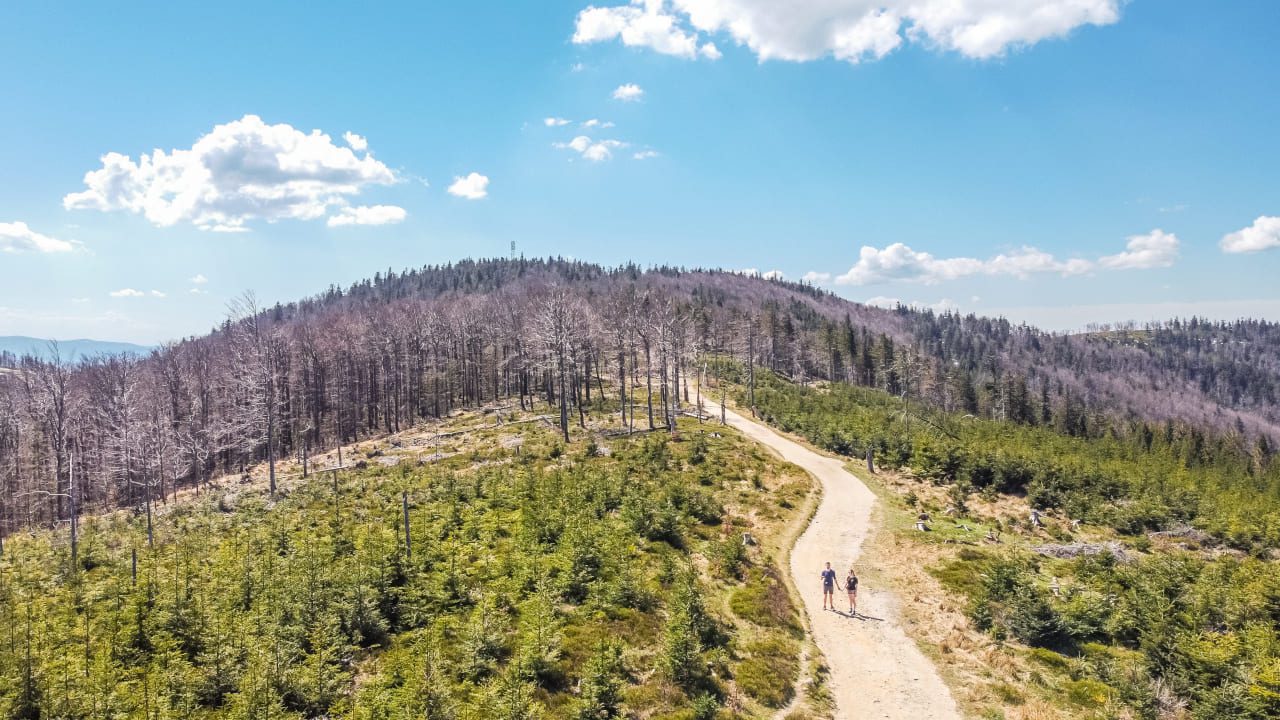
From Bielsko-Biala, you can also take a hike to Zywieckie Lake (Jezioro Żywieckie) while climbing Czupel, measuring 930 meters above sea level, the highest peak of Beskid Maly. Also within reach of a day’s excursion is Lake Miedzybrodzkie and Zar (Żar) Mountain, to the top of which runs a cable-car railroad.
EXPLORE POLISH MOUNTAINS WITH NO EFFORT
Do you want to save time?
Get a map with the most important points of Polish Mountains – worth visiting places, peaks, beautiful mountain ranges and recommended accommodation.
20. Western Masuria with the Elblag Canal and Lake Jeziorak
Thinking of the most interesting places for a weekend in Poland, Masuria appears in mind quite naturally. However, few of us know that the western part of Masuria, where far fewer tourists venture, is a tourist gem full of unusual tourist attractions.
Western Masuria is a region that has within its borders, among others, the Elbląg Canal with its unique system of slipways, awaiting entry on the UNESCO World Heritage List, Jeziorak – Poland’s longest lake, the picturesque and somewhat wild Szelag Wielki and Szelag Mały lakes. Plus a mass of bicycle routes and the attractions of Ostroda and Ilawa.
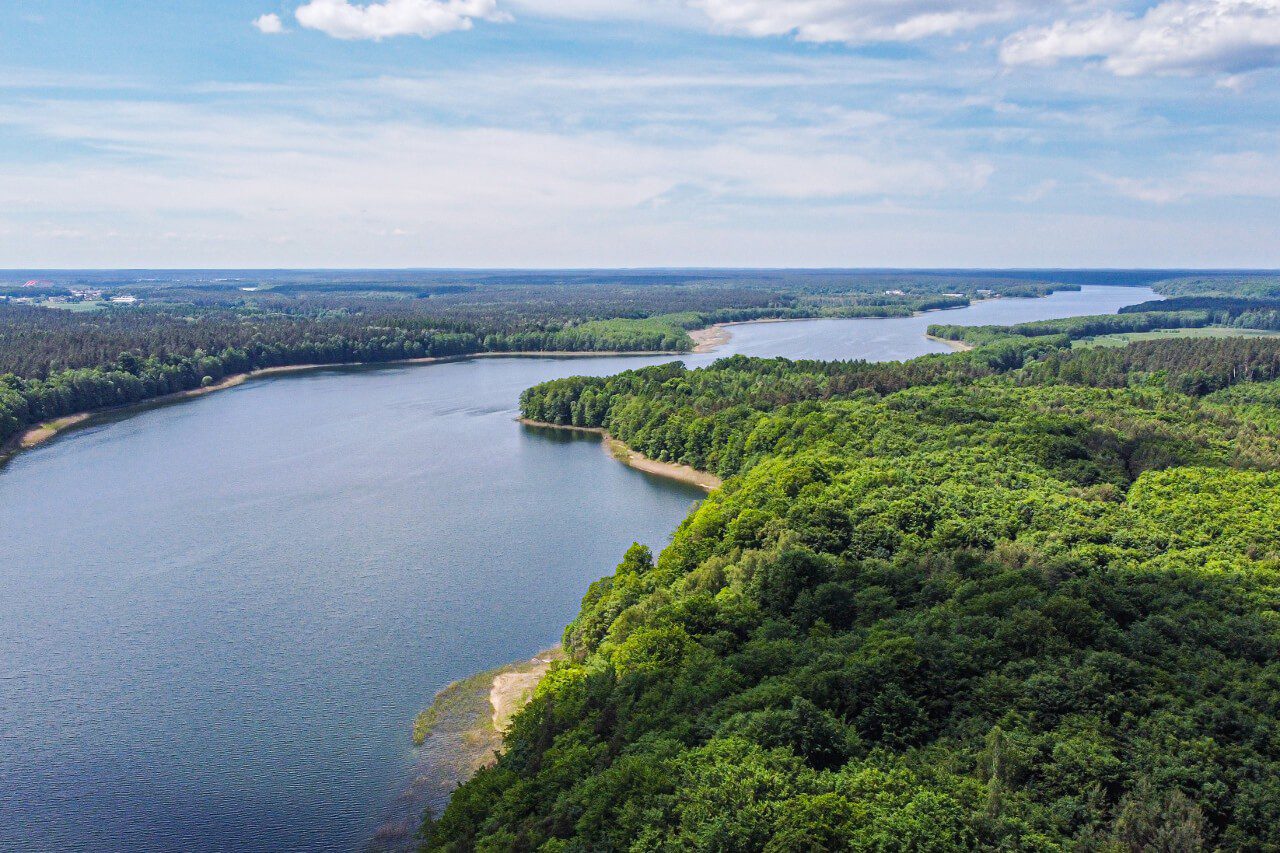
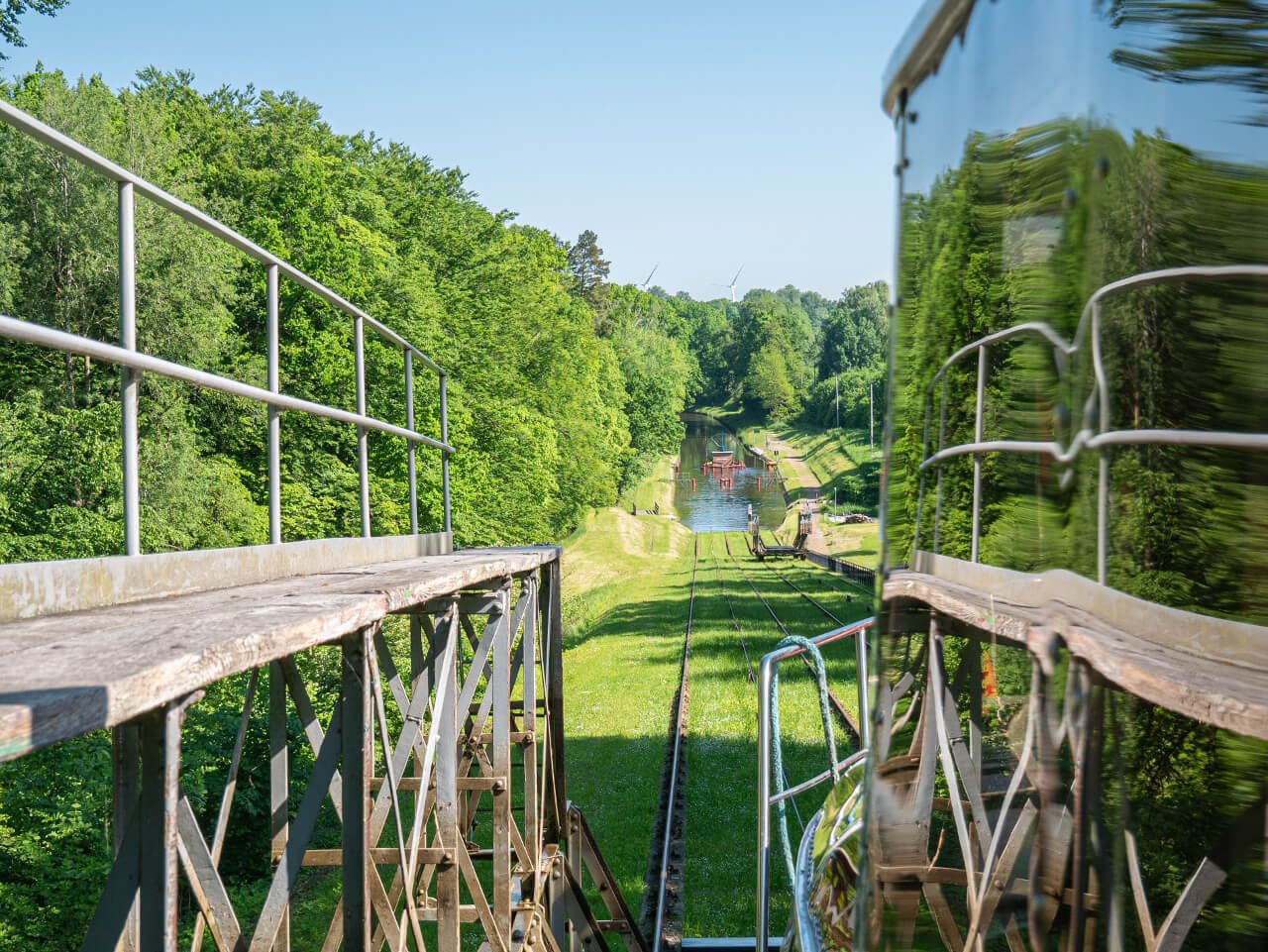
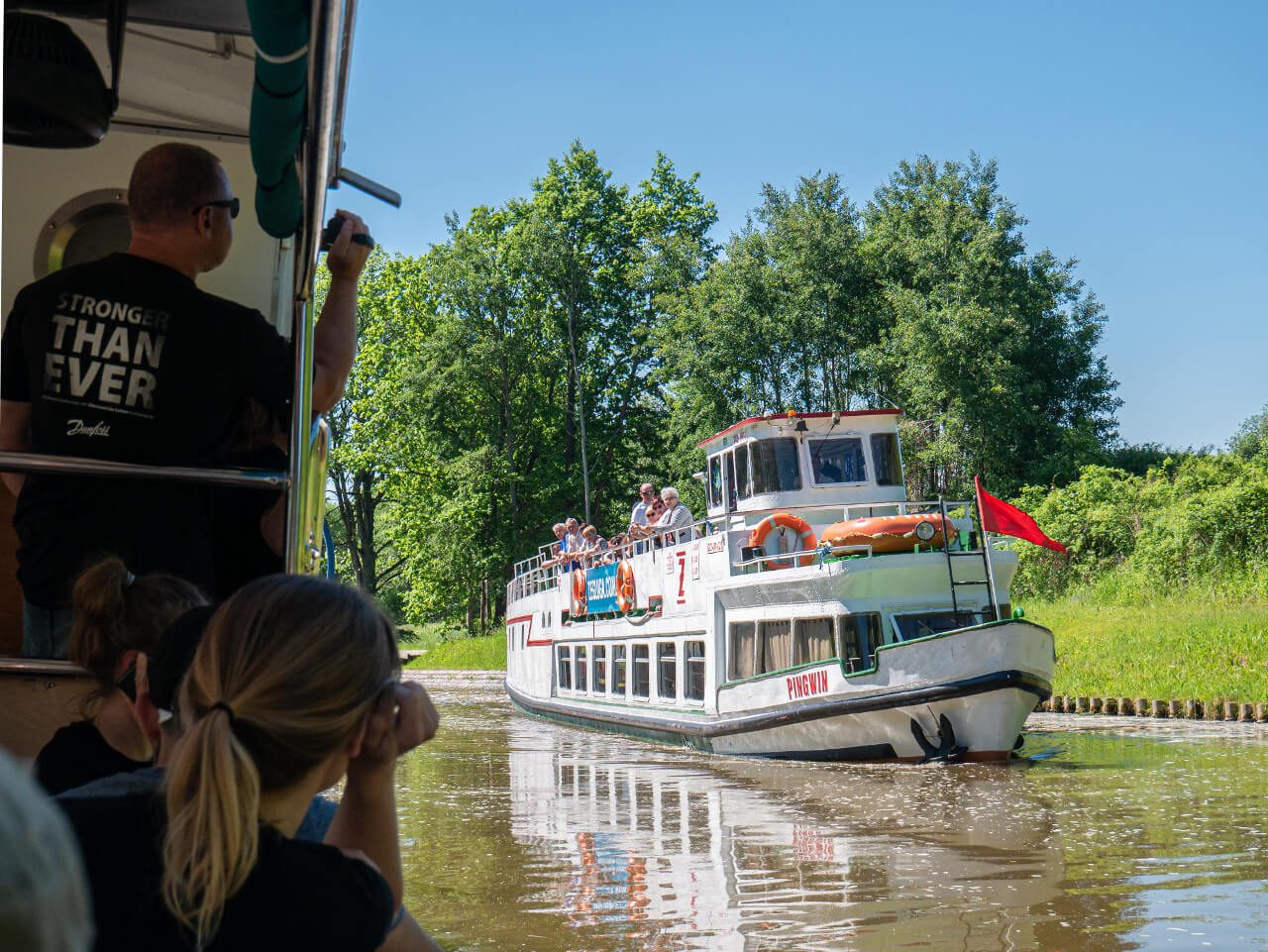
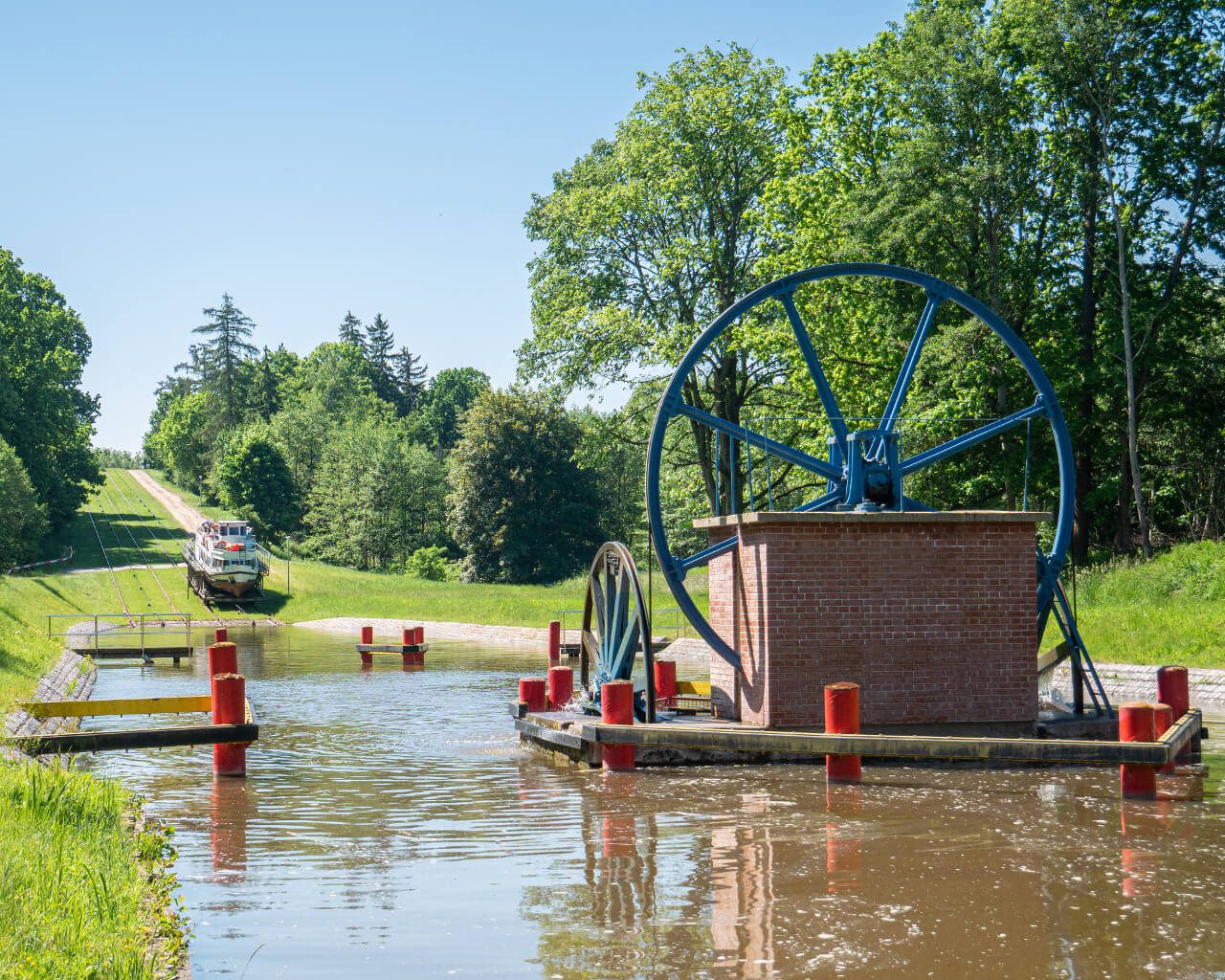
Western Masuria is the perfect place to slow down, relax and focus on better experiencing the moment you are in. Nowhere in Europe will you find an attraction that allows you to board a ship and then…. via railroad tracks to climb a few hills without stepping outside the deck.
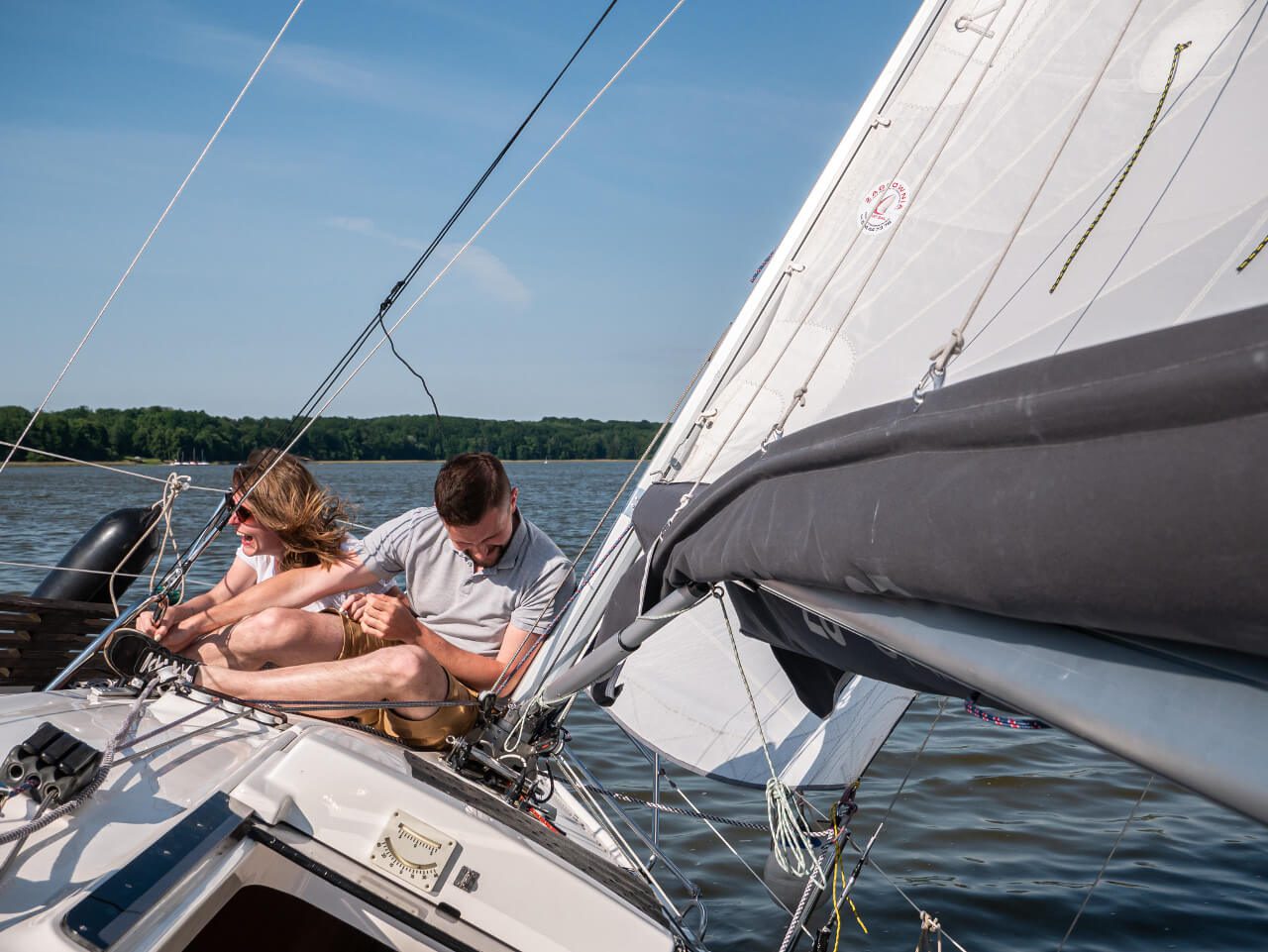
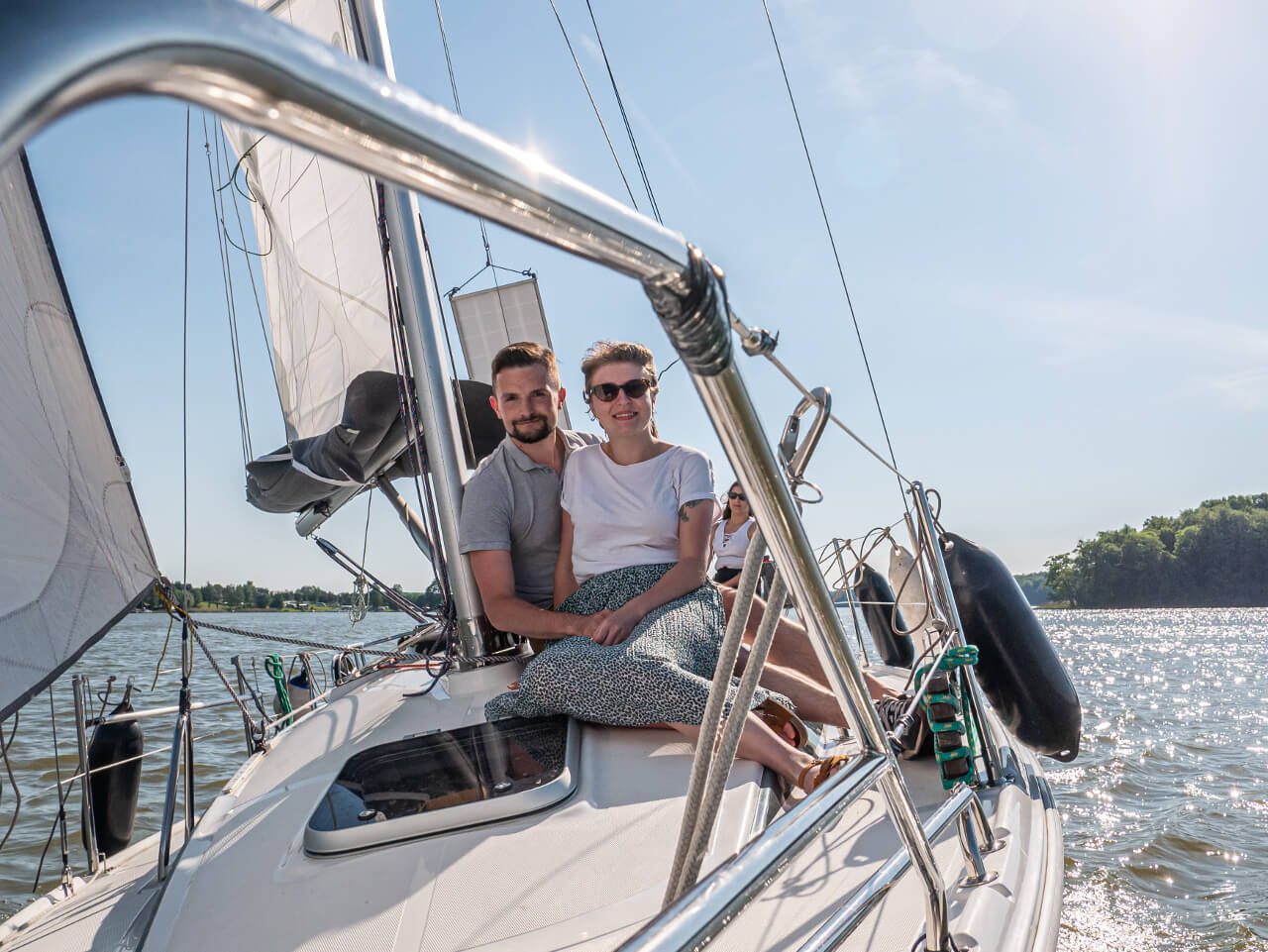
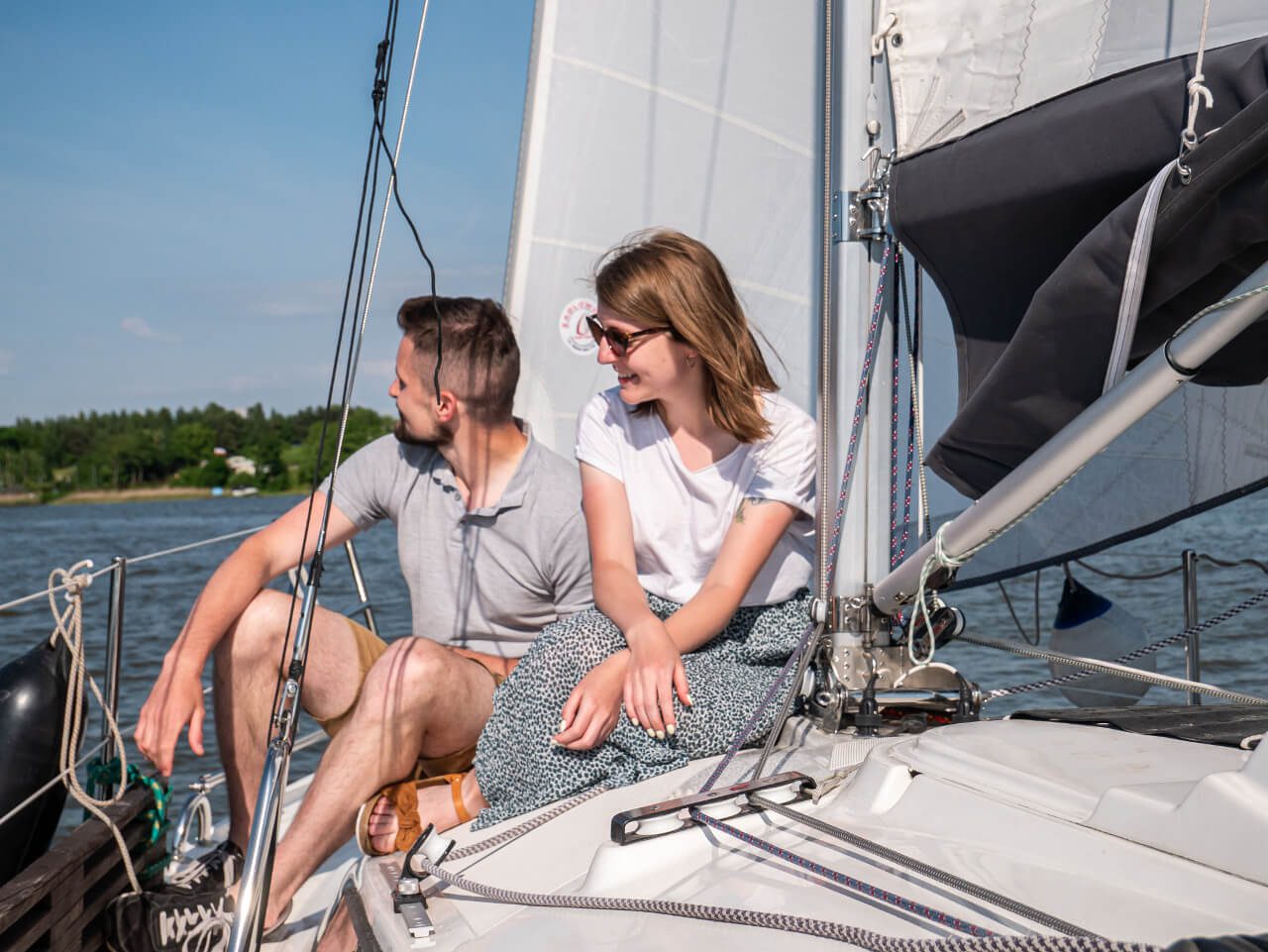
Western Masuria is also great for taking your first steps in water sports. For me, it was an opportunity to go sailing for the first time – and right away on the longest lake in Poland. The region is also famous for its amazing cuisine. You will eat here, for example, a selection of dishes starring snails.
21. Katowice
Katowice is a city that is not always listed among the best ideas for a weekend getaway in Poland. The bad reputation of an industrial, boring city came from the old days when Katowice was quite neglected and overwhelming. Modern times in the Silesian capital look quite different – the city is becoming more and more interesting, with attractions that are hard to ignore.
Thinking about a trip to Katowice for more than a day? Check out the available hotels and accommodations in Katowice. Keep your location in mind – the closer you are to the city center, the more convenient it will be for you to visit.
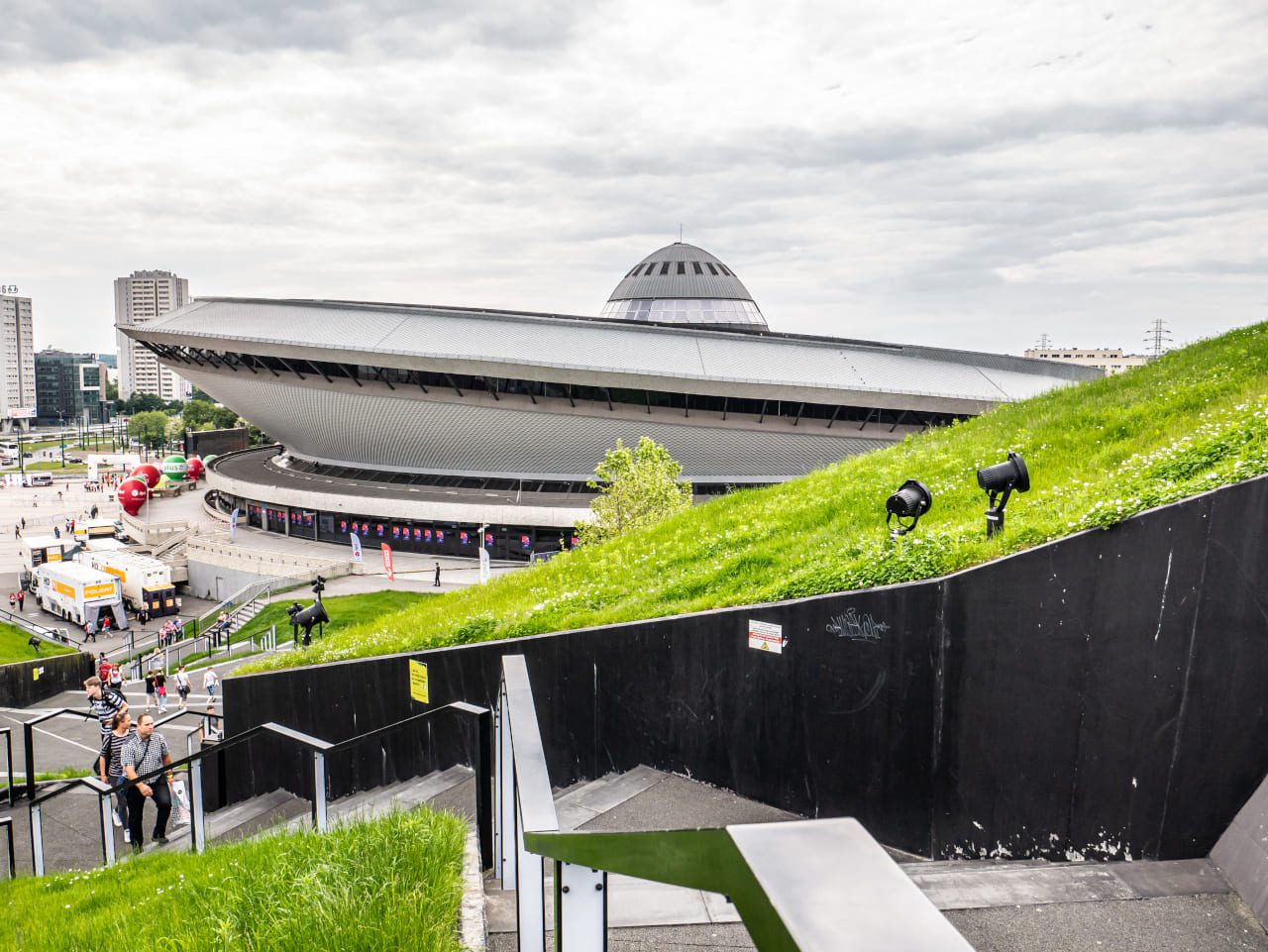

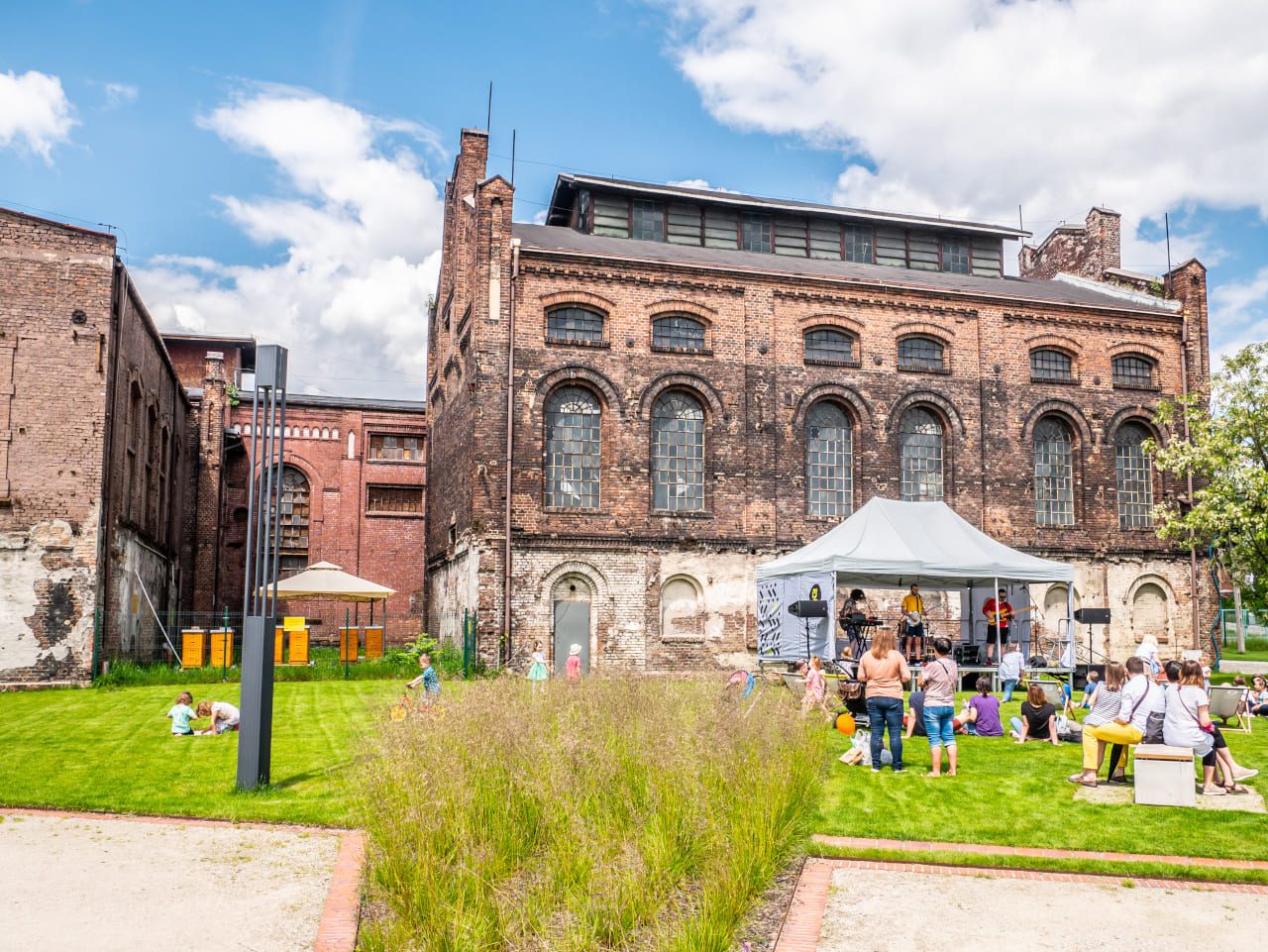
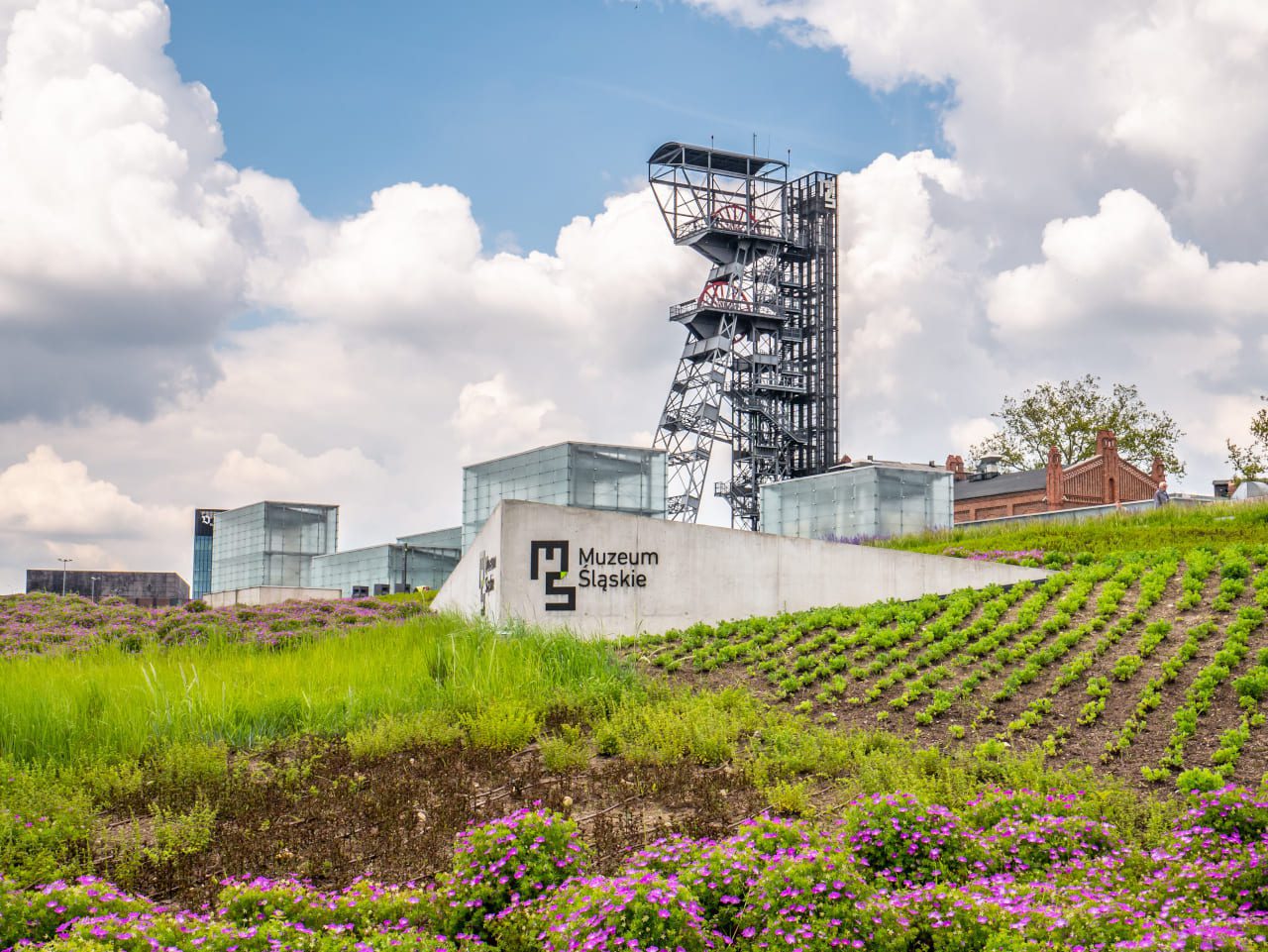
A visit to Katowice would not be complete without a visit to the Silesian Museum (Muzeum Śląskie), operating in a former mine, which impressed me as one of Poland’s most interesting local museums. Worth noting, of course, is Spodek (Katowicki Spodek), located next door, and a huge apartment block called Superjednostka.
Venturing outside the centre of Katowice, take a look at the atmospheric Nikiszowiec and Giszowiec. Stroll also along the most fashionable street in the centre of Katowice – Mariacka Street. There are quite a few bars and restaurants along it – just in time for a good recap of a weekend day spent in Katowice. Speaking of relaxation, you can take a rest in the Silesian Park, located on the border of Katowice and Chorzow.
22. Kociewie
You will find an interesting and diverse region between Kashubia and Vistula in the northern part of Poland. In Kociewie, you will rest in quiet agritourism resorts on lakes, canoe on the peaceful Wdza and the more dynamic Wierzyca, and explore Kociewie’s villages with wooden, 200-year-old cottages. A lot of it – just in time for a few days’ stay.
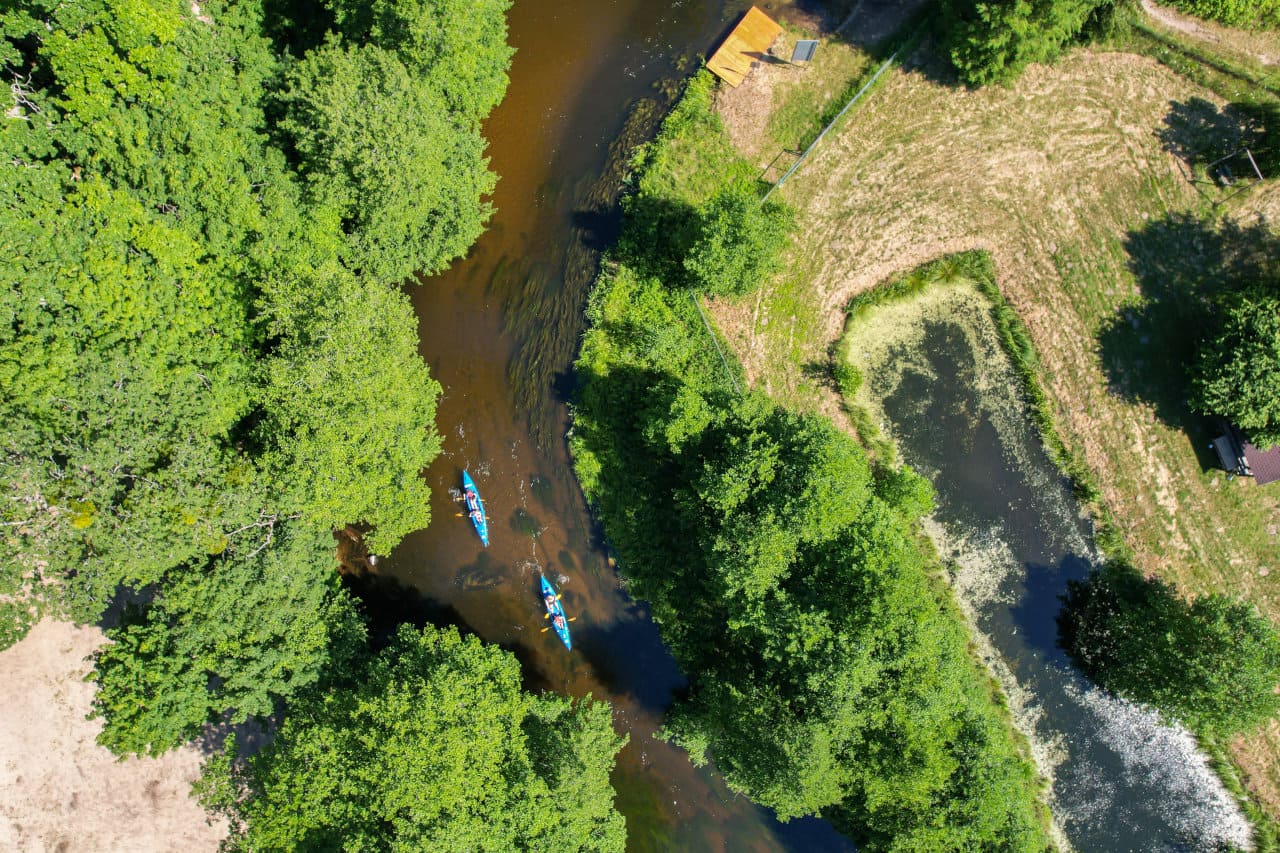

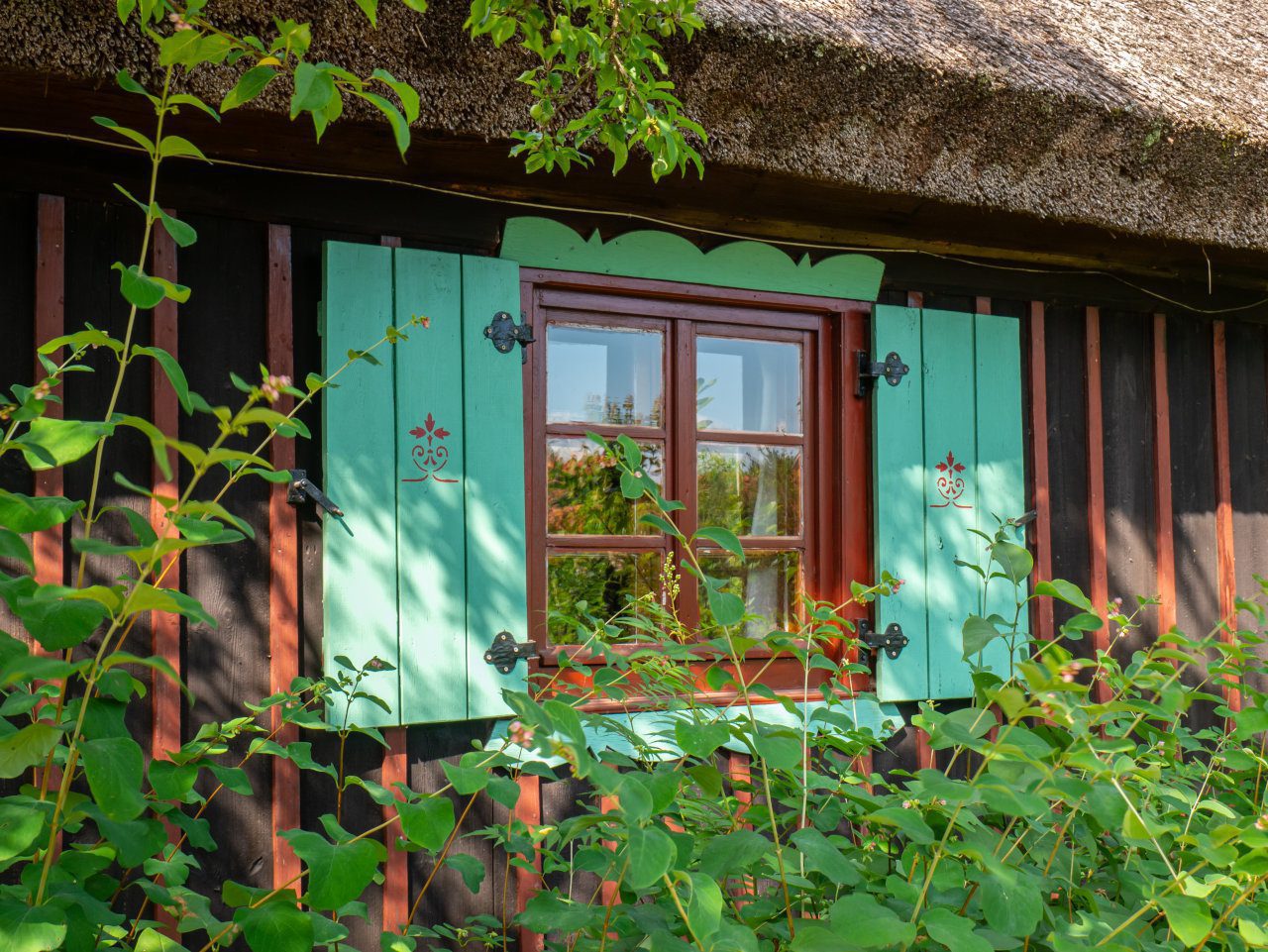
While visiting Kociewie, don’t forget to answer the Zurski Lagoon (Zalew Żurski) and Tleń. This lagoon is an artificial reservoir created by constructing a hydroelectric power plant and is one of the most popular bodies of water in Kociewie. For lovers of water activities, canoeing down the Wda River – a calm, meandering river that offers beautiful and idyllic views from the level of the canoe – will also be a good choice. Also, take a peek at Lake Kalebie (Kałębie) – the largest lake in Kociewie.
As part of your exploration of local culture, visit at least one of the Kociewie villages. There you will find wooden thatched houses whose history goes back as far as 200 years. People still live in them – I recommend looking at Kasparus and the village of Długie. If you like towers and viewpoints, visit the tower in the Wioslo Male nature reserve, from the Trzebciny lookout tower, view the landscape after a huge windstorm, and from the viewpoint in Nowa see the vast Vistula valley.
23. Jakuszycka Glade (Polana Jakuszycka) and cross-country skiing
This is a proposal for active people looking for an interesting way to spend their free time outdoors. In winter, located in the Jizera Mountains, within the borders of Szklarska Poreba, Jakuszycka Glade (Polana Jakuszycka) has become the Polish center of cross-country skiing.
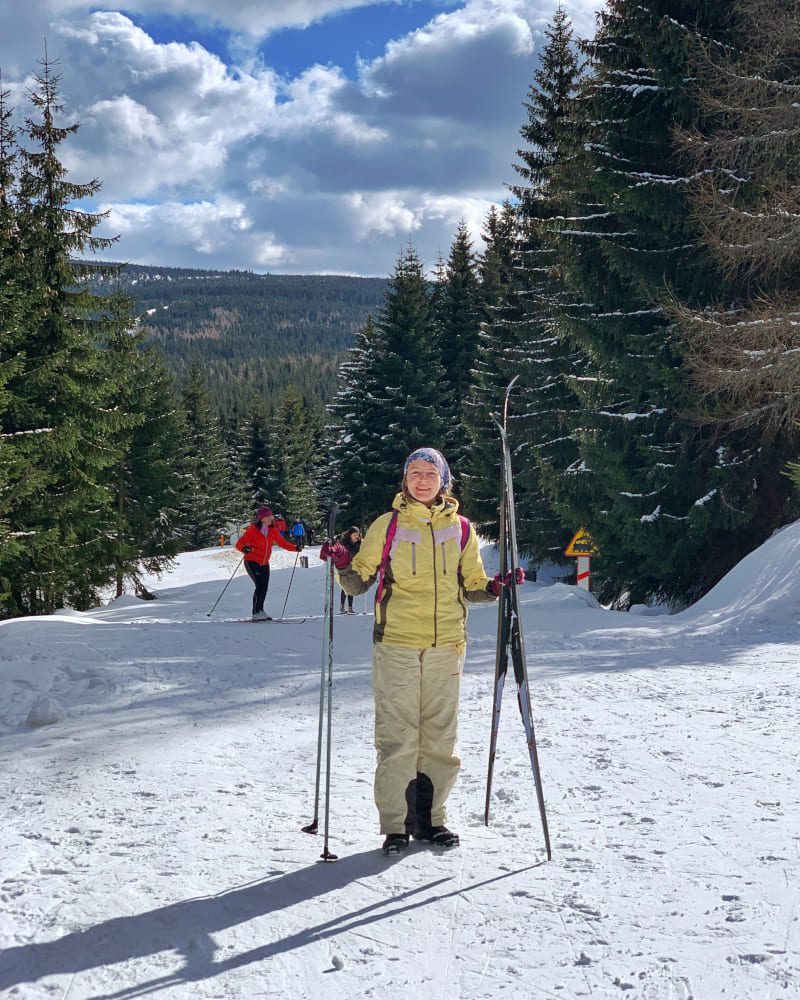
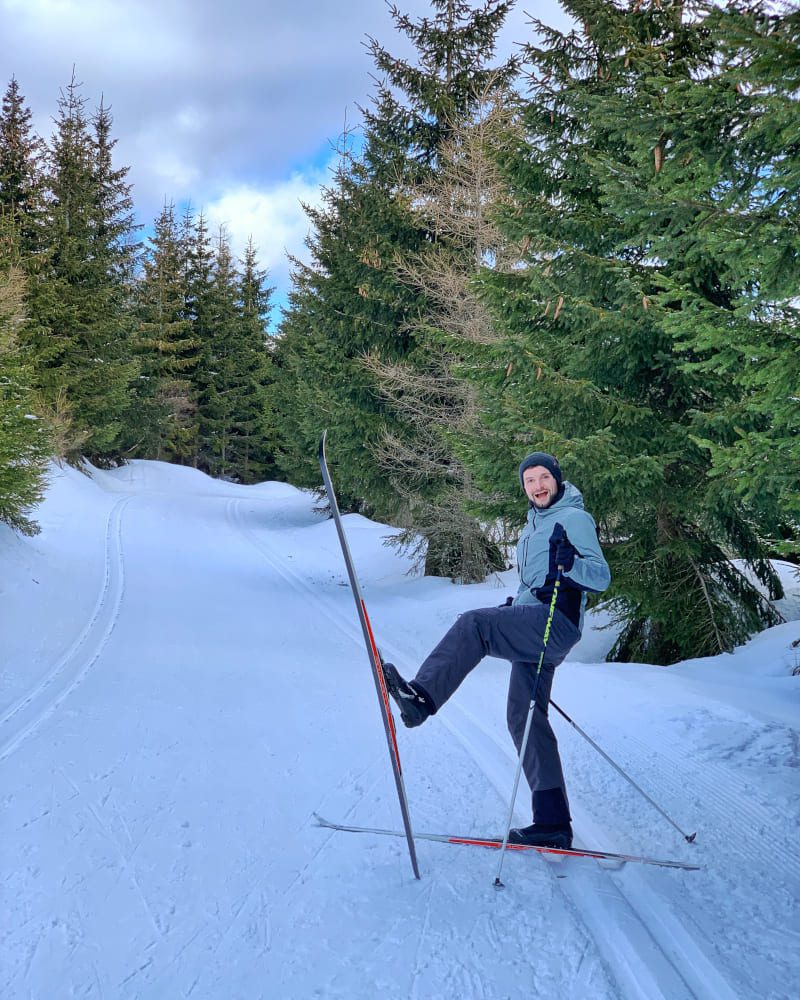
Trains running on the line Szklarska Poreba Gorna (Poland) – Liberec (Czechia) bring hundreds of more or less advanced cross-country skiers here with each trip. This is by far the easiest way to get to Jakuszyce. Driving by car requires forcing one’s way through a mountainous route and then persistently looking for a parking spot.

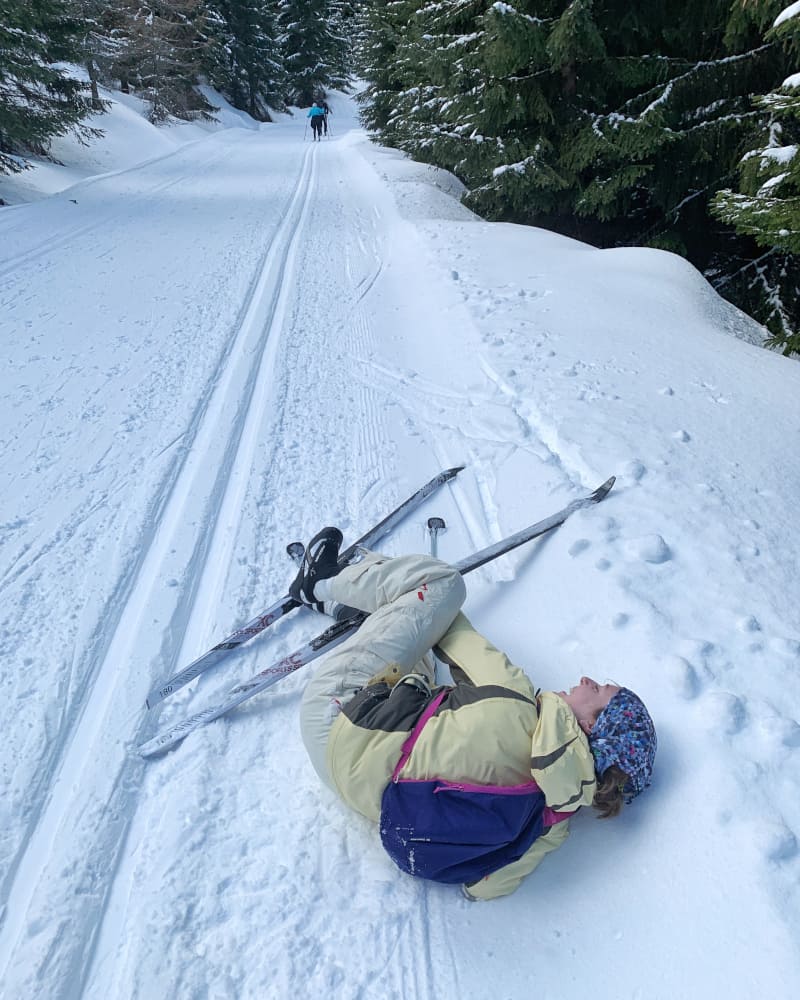
I took my first steps on cross-country skis (and at the level of first steps I still remain) precisely on the Jakuszycka Glade. In winter the natural activity here is skiing, but in summer the place is not at all deserted. It’s a good starting point for hiking in the Jizera Mountains and the Giant Mountains.
You don’t have to have your equipment to start your cross-country adventure. There are rental shops on the Jakuszycka Glade, where you can rent a set consisting of cross-country skis, poles and ski boots for the whole day for very little money (in 2022, it was 50 PLN). If you want a bit of training, you can arrange a one-hour class with an instructor.
24. South Kashubia
The north of Poland still hides many interesting holiday and vacation destinations. Kashubia is famous for its unique culture, Kashubian language, which is difficult for visitors to understand, and beautiful natural circumstances. The sea, numerous lakes, endless forests – this is the Heart of Kashubia.
Among the must-see attractions of the southern part of Kashubia is the Wdzydze Lakes Cross – a group of lakes by their size also called the Kashubian Sea. You can see the lakes from the level of a ship, opting for an hour-long cruise on the Stolem ship from the harbour in Wdzydze Kiszewskie. In Wdzydze, be sure also to see the Museum – Kashubian Ethnographic Park with more than 50 rural houses from the 17th to 20th centuries, from various corners of Kashubia, Tuchola Forest and Kociewie.
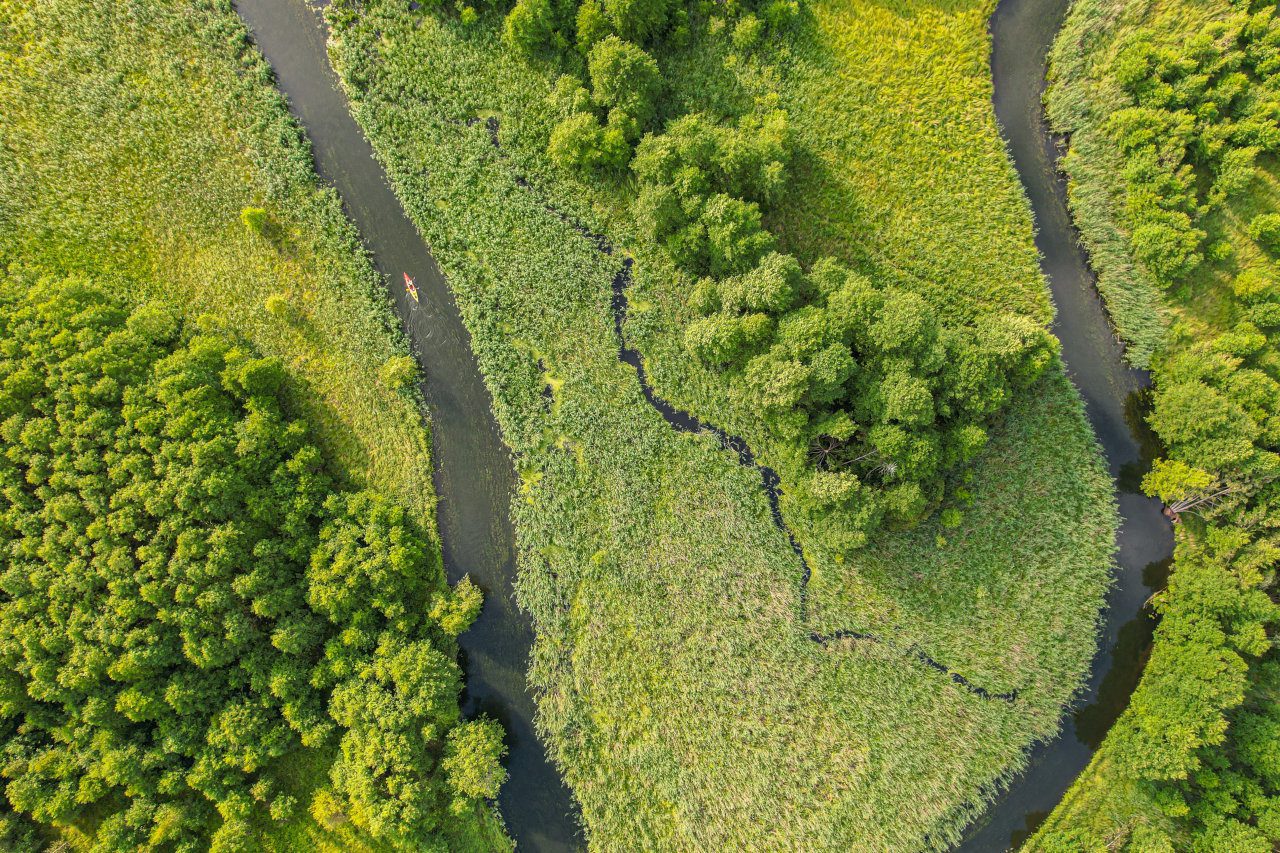
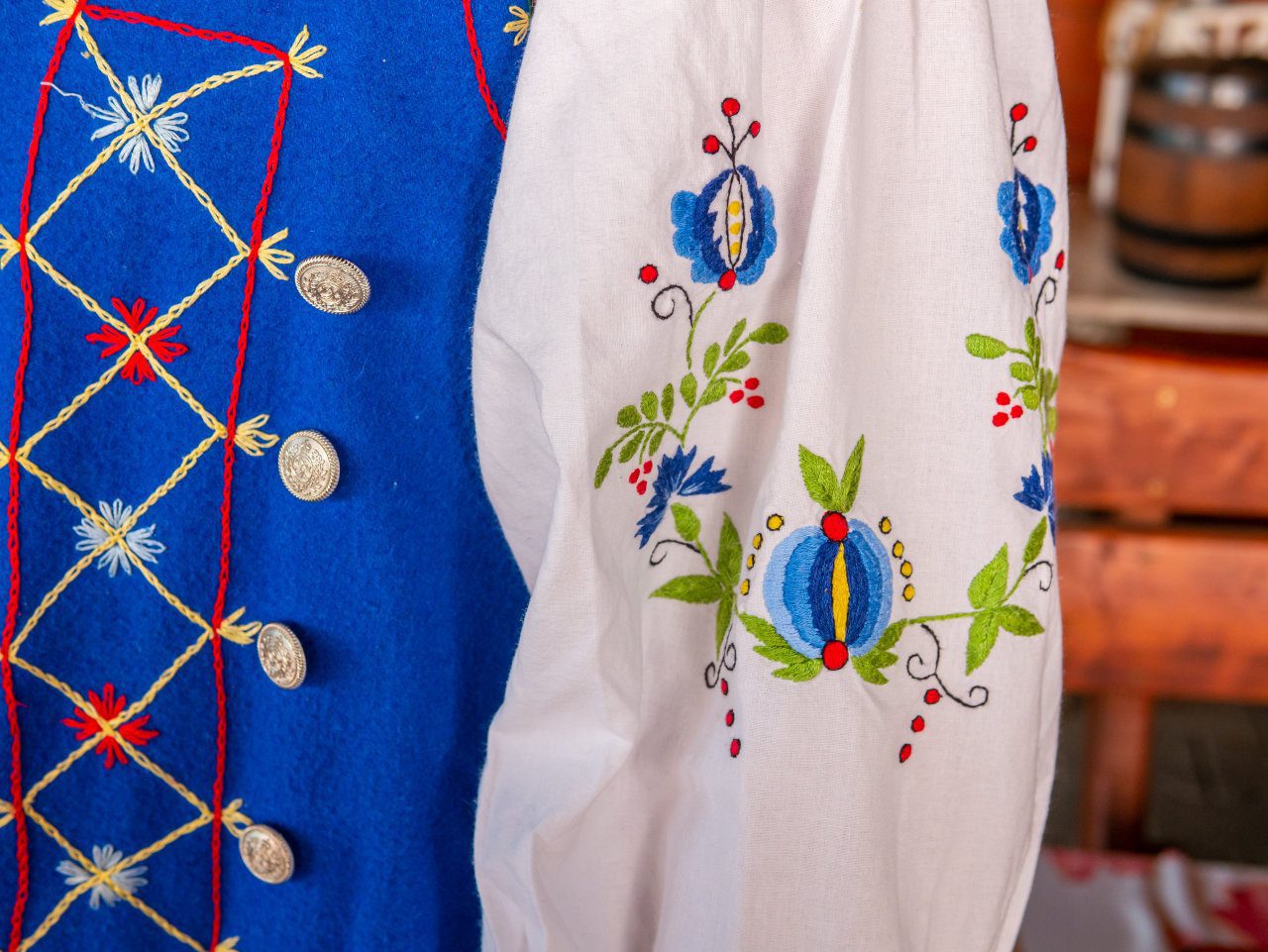
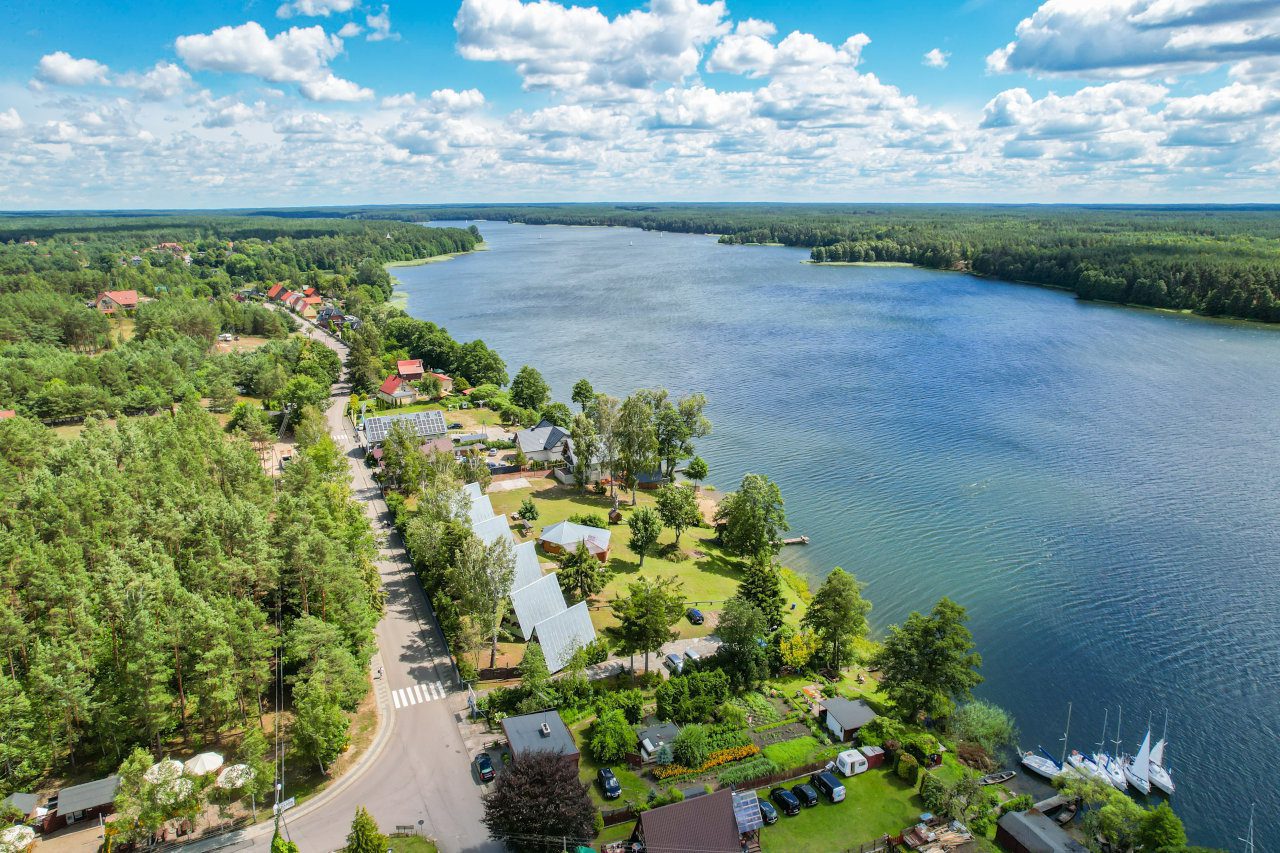
I also recommend you plan some time for canoeing the Wda River. This is a calm, heavily meandering river that will provide you with picturesque scenery. There are sometimes fallen trees along the route, which provide some excitement during the rafting trip. Also, visit Koscierzyna – the largest city in the southern Kashubian region with its Accordion Museum, the Railway Museum with its Lilliputian railroad, two shrines and a nice Market Square.
25. Bieszczady Mountains
In the search for interesting and beautiful places in Poland for the weekend, it naturally comes to mind to “drop everything and go to the Bieszczady”. And it’s not such a bad idea at all – Bieszczady trails will give you a break from the crowds of tourists, and unusual attractions will make you remember your time spent in the Bieszczady Mountains for a long time to come.
Thinking of the main Bieszczady bases, Cisna, Sanok, Wetlina, Ustrzyki Gorne come to mind. In Cisna you can hop aboard the peculiar Bieszczady Forest Railway train, which takes you along a narrow track in the footsteps of those who once used the railroad for forestry work. Today it’s a huge tourist attraction, with a working steam locomotive in its inventory!
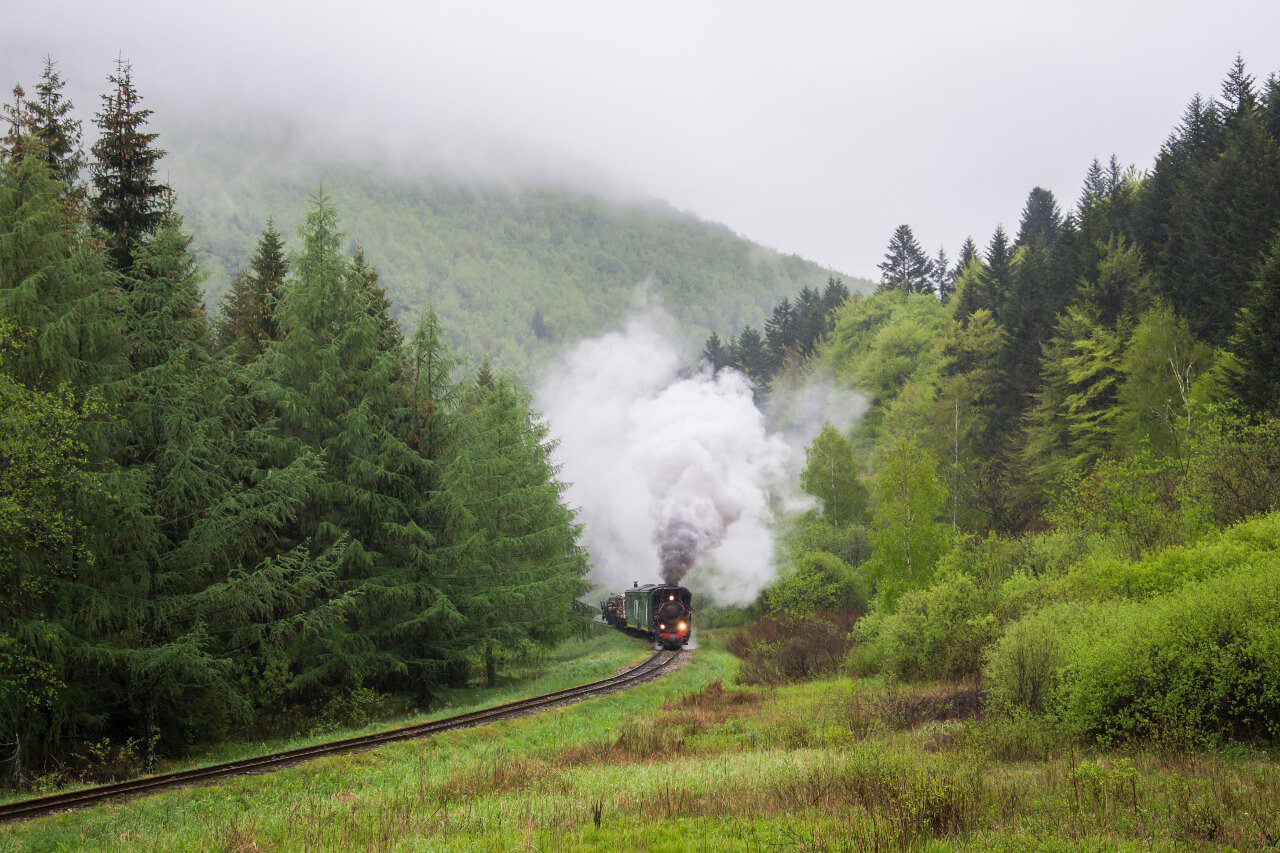
The Bieszczady Mountains attract visitors with their extensive grasslands, including Polonina Carynska, Polonina Wetlinska and Polonina Bukowe Berdo, where you can hike in unity with nature, often without passing other people along the way (especially in the low season). As part of the Wooden Architecture Route, you will see many wooden Orthodox churches characteristic of the Bieszczady Mountains.
There are many agritourism farms in this part of Poland, and staying in such places further enhances the feeling of peace and relaxation. The Bieszczady National Park protects the surrounding nature – while you are there, remember to hike only on designated trails.
EXPLORE POLISH MOUNTAINS WITH NO EFFORT
Do you want to save time?
Get a map with the most important points of Polish Mountains – worth visiting places, peaks, beautiful mountain ranges and recommended accommodation.
26. Klodzko and Klodzko Basin (Kotlina Kłodzka)
Klodzko is a city in the southern part of Lower Silesia, located on the Klodzka Neisse River. It is not only a natural base for the Klodzko spas of Polanica Zdroj, Duszniki Zdroj and Kudowa Zdroj but also a tourist destination in its own right. The center of Klodzko is full of climate streets surrounded by architecturally interesting buildings.
Overlooking Klodzko is the well-preserved Klodzko Fortress, a 16th-century system of fortifications protecting the city and region. You can explore the above-ground tourist route, consisting of 9 stops, and then descend into the underground labyrinths. Also interesting is Klodzko’s Market Square, with its magnificent town hall, and the Underground Tourist Route, which you will take under the center of Klodzko.

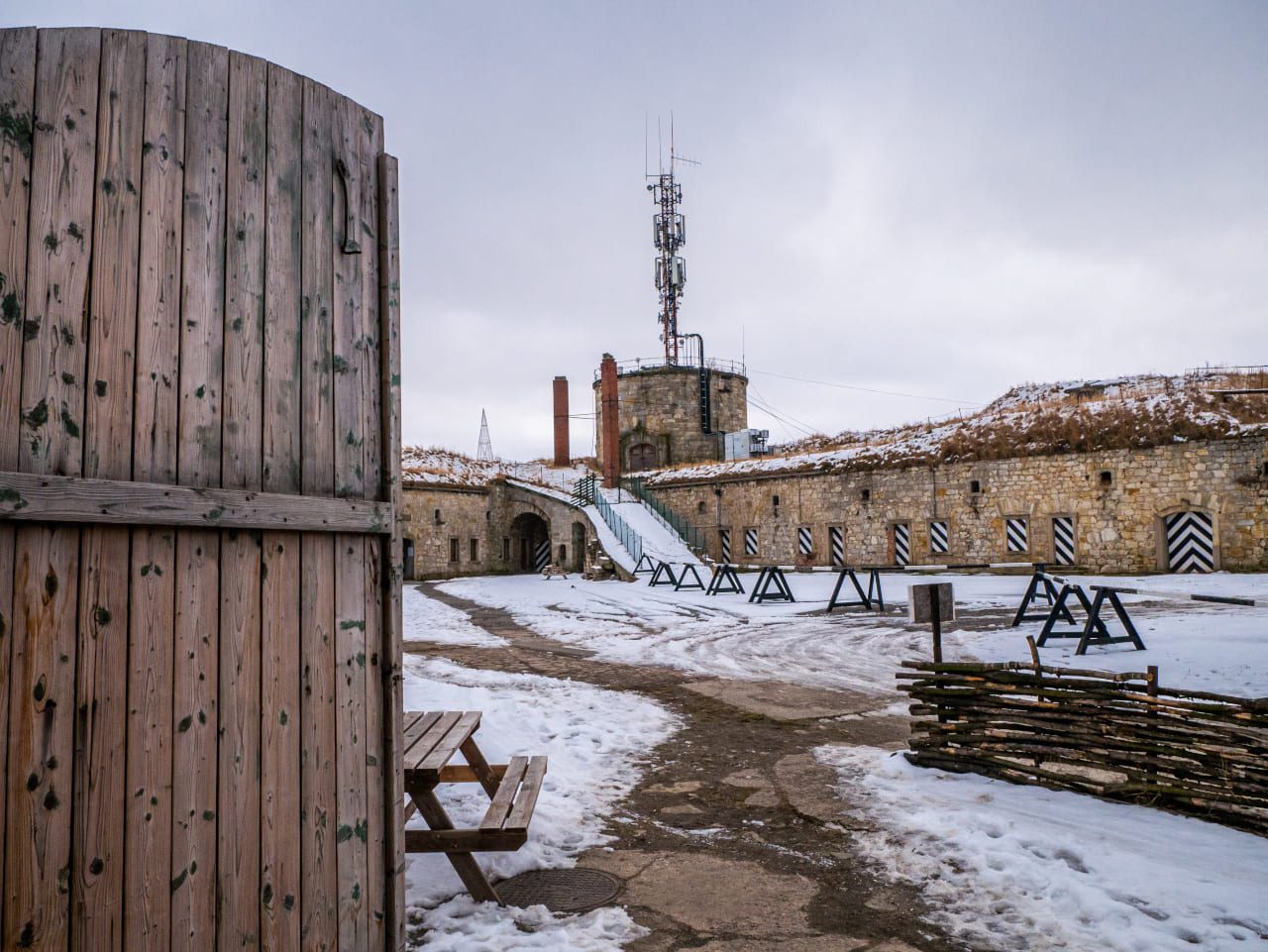
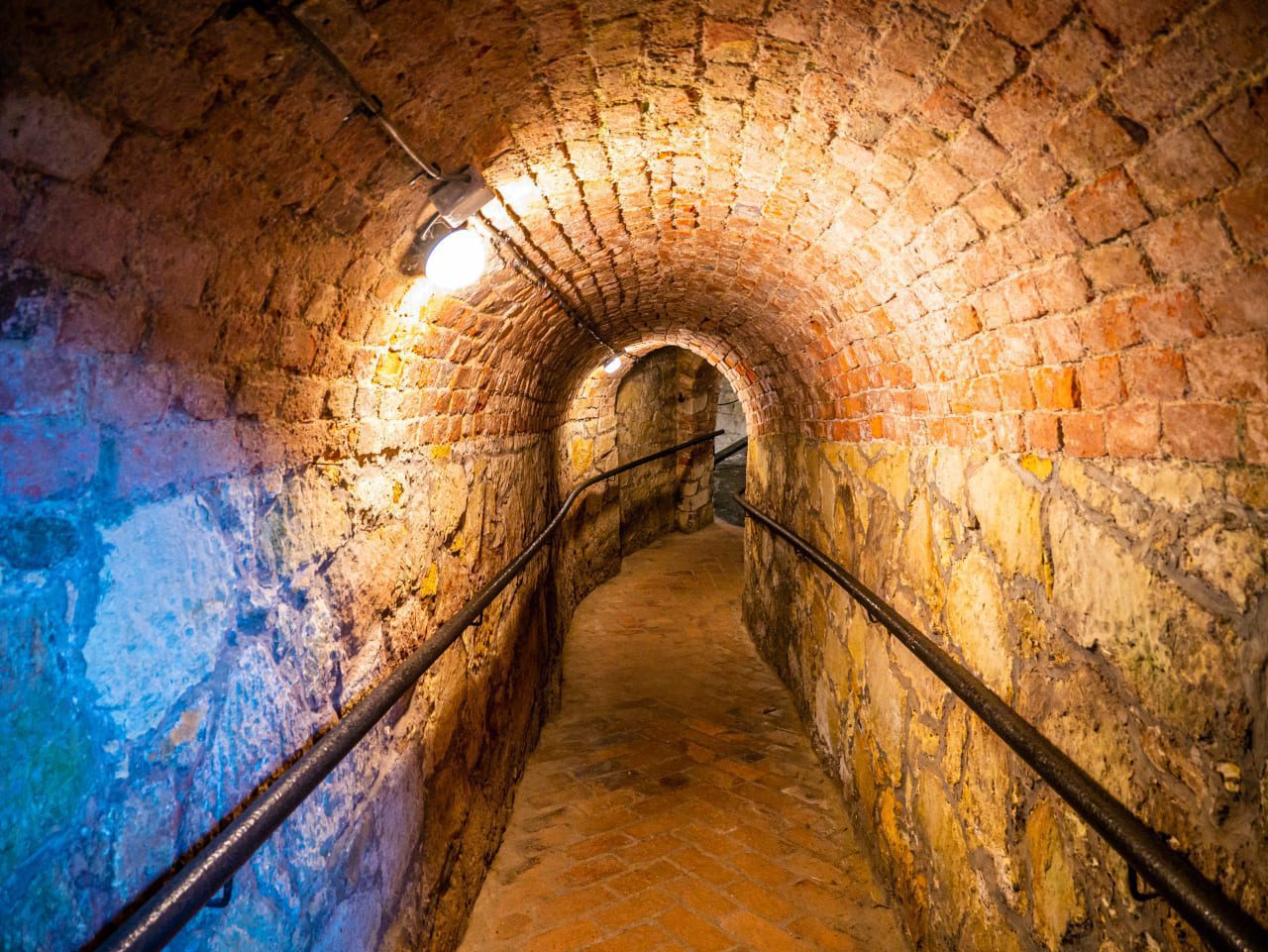
The Klodzko Basin abounds in mountain corners and has interesting attractions. Here you’ll find the Table Mountains, which I’ll describe below, and the Snieznik Massif (Masyw Śnieżnika) on the Polish-Czech border. You will regenerate your strength in one of the spa towns, where you will stroll through the spa parks and drink the healing water.
27. Table Mountains (Góry Stołowe)
One of the most unusual attractions of the Klodzko Valley and this part of Poland is the Table Mountains, full of rock formations, sometimes as flat as a… table Table Mountains. The highest peak of this mountain range, Szczeliniec Wielki, is a mountain that you will climb up steps and then melt into beautiful views of the surrounding area.
Tourists visiting the Table Mountain National Park are also eager to peek into Bledne Skaly (Błędne Skały), a rock labyrinth located right next to the border with the Czech Republic. You can look at this mountain range, among others, from the recently opened vantage point on Guzowata in Radkow.
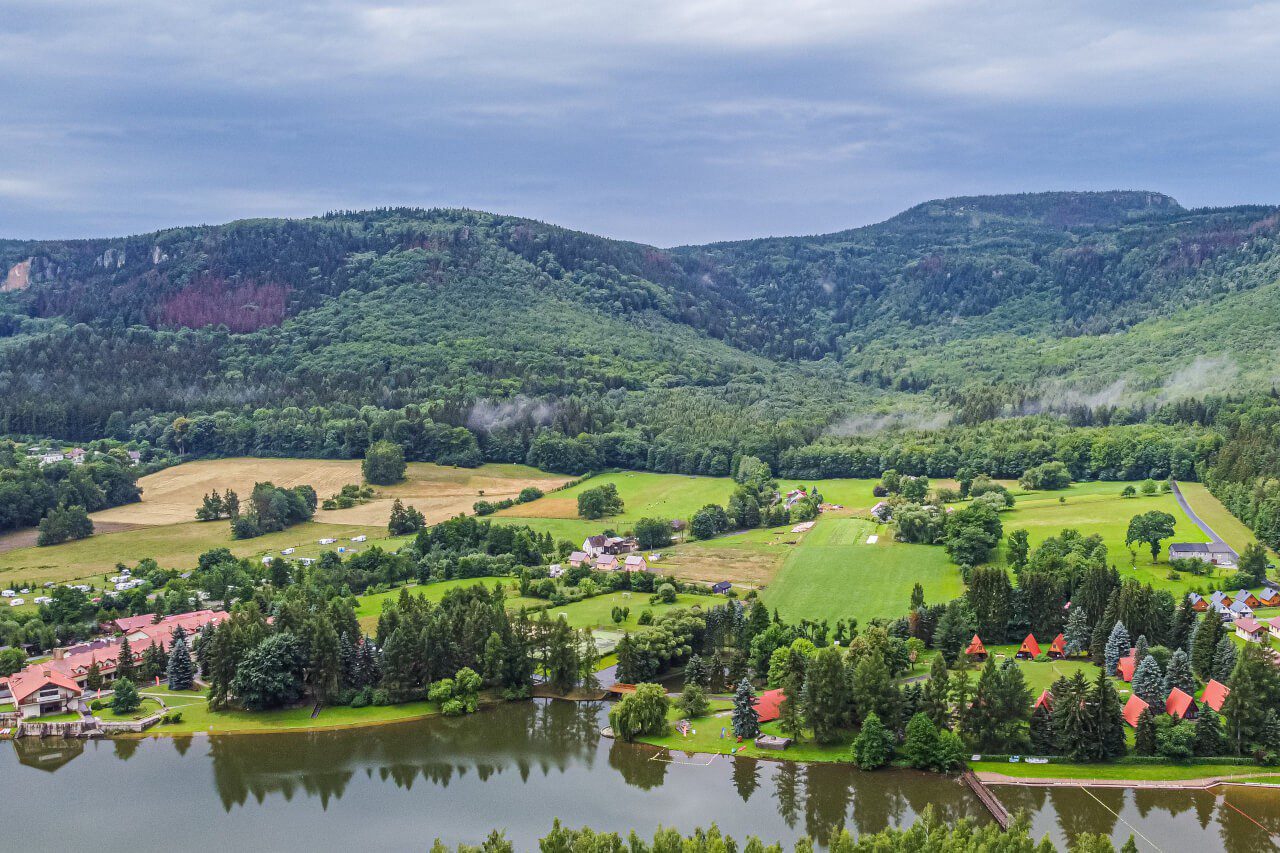
While hiking in the Table Mountains, you will come across interesting rock formations – Skalne Grzyby, Radkowskie Skały. In Wambierzyce, known as the “Silesian Jerusalem,” which is a popular destination for Catholic pilgrimages, you will visit the magnificent basilica (Church of the Visitation of the Blessed Virgin Mary) and walk the Stations of the Cross scattered around the village. Something for the body (hiking) and something for the spirit (Catholic, at least).
28. Lublin
I visited the capital of Lublin a bit by accident, but after a few hours in Lublin, it turned out to be one of the most interesting cities in this part of Poland and an ideal destination for a weekend city-break trip. There are enough monuments for at least two days of sightseeing – although a day trip will also give you a lot of satisfaction.
Visiting Lublin in one day, you will get to know every corner of the compact Old Town without rushing. In addition, you will reach the Lublin Castle towering over the city and then have time to stroll along Litewski Square.

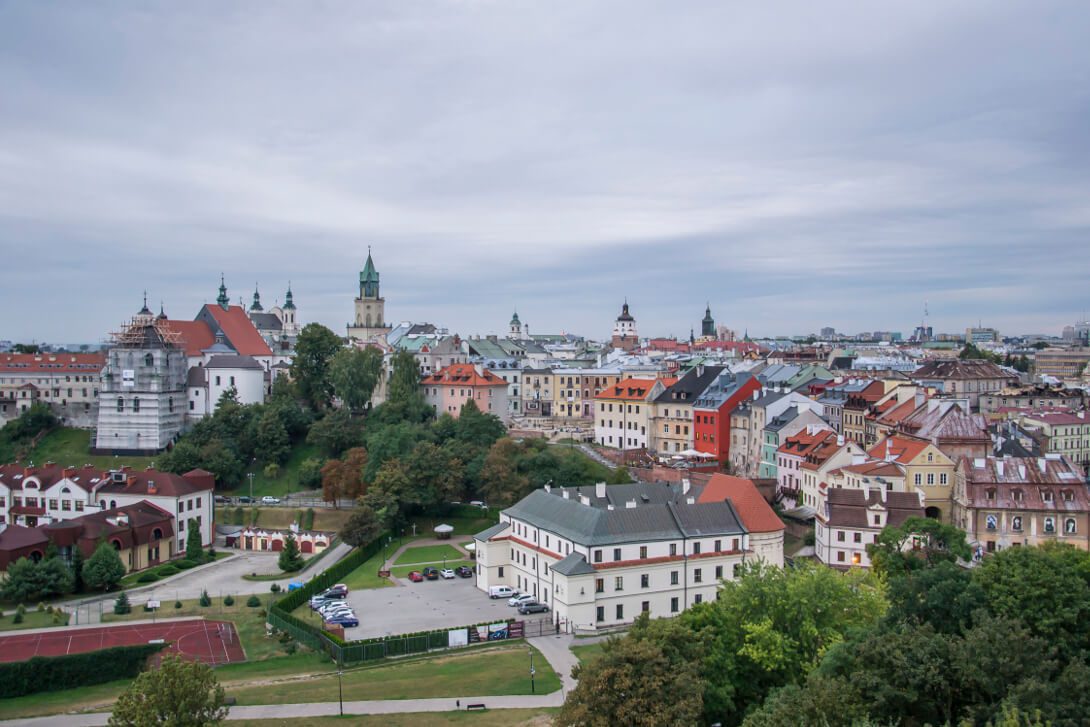
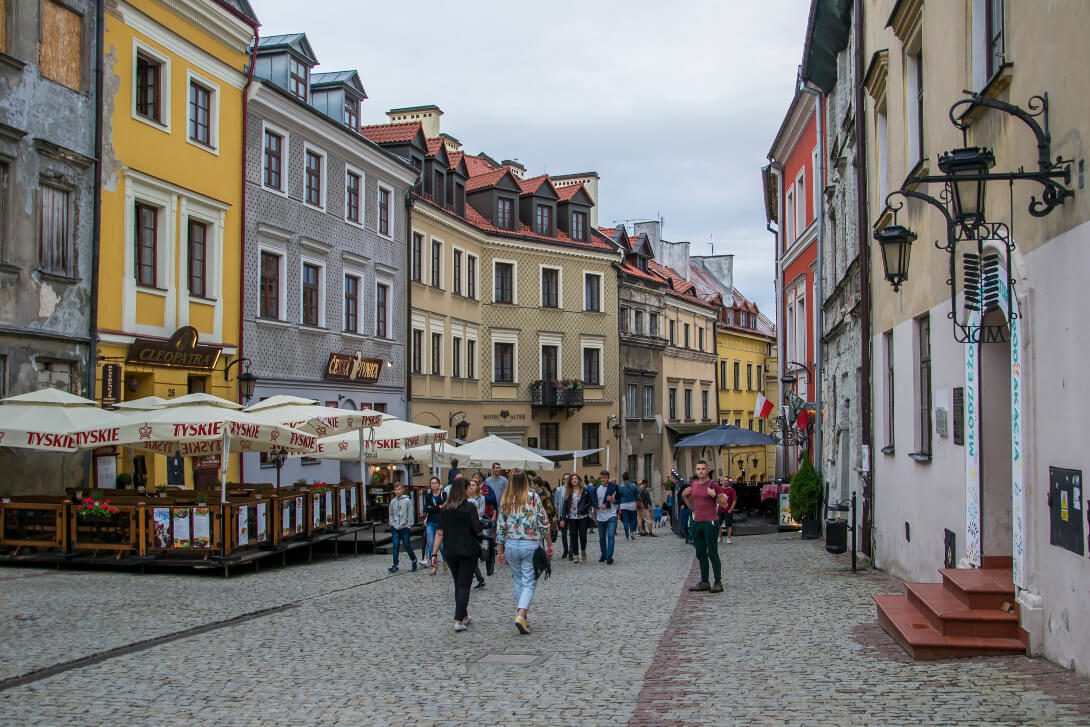
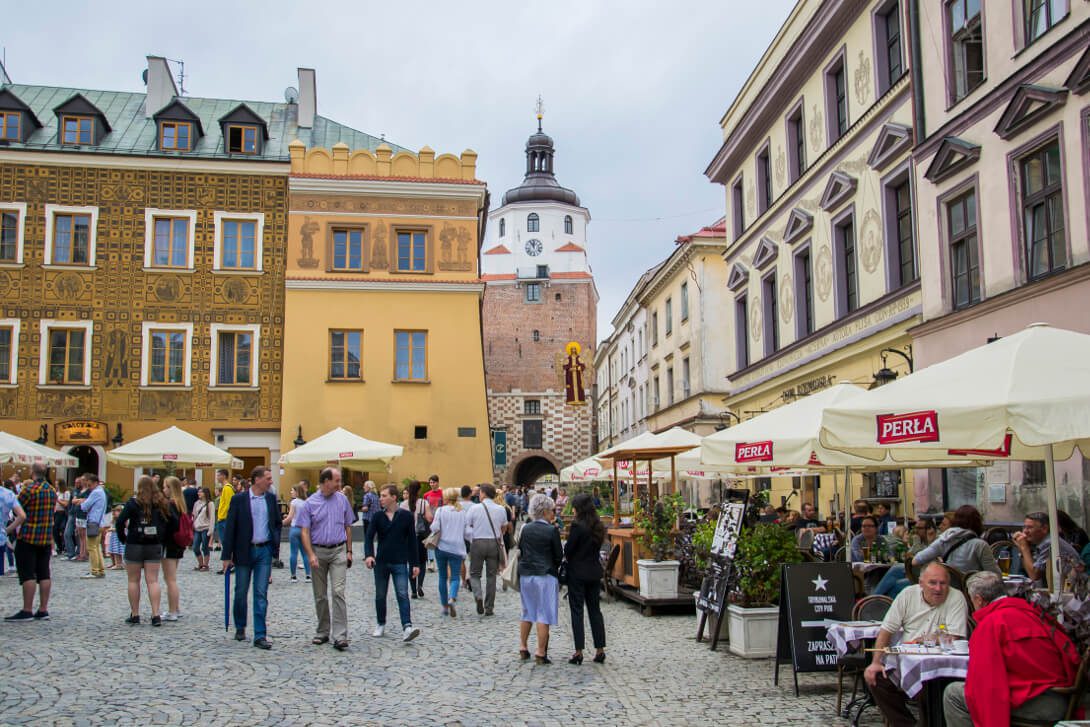
Krakowskie Przedmieście Street is worth a look – it is Lublin’s representative street with compact buildings, along which the city’s representative buildings are located. The street leads directly to Lokietek Square with the Krakowska Gate, which opens up Lublin’s Old Town to tourists. In the central square, you will notice the Crown Main Tribunal, the former highest court of appeal of the Crown of the Polish Kingdom.
Check out my list of suggested hostels, hotels and apartments in Lublin, whose location will allow you to visit comfortably.
Traditionally, if the attractions of Lublin encourage you to extend your day trip, I recommend you stay in the city for at least one night. Thanks to such a decision, I got to know the evening face of Lublin’s main streets and see the city from a different perspective.
29. Nowa Ruda
Nowa Ruda is a town in Lower Silesia that is rarely mentioned among the most popular tourist destinations for Polish tourists. In my opinion, however, it is one of the most interesting destinations in this part of Poland – especially for lovers of mountains, historical transformations, and architecture blended into mountainous surroundings.
In the past, the tone of Nowa Ruda’s life was set by the Lower Silesian Coal Basin activities. When the basin was liquidated, and the mines closed in the 1990s, life escaped from Nowa Ruda for a while. But fortunately, that life is returning to the town with the influx of more tourists interested in the history of the Owl Mountains and the area.
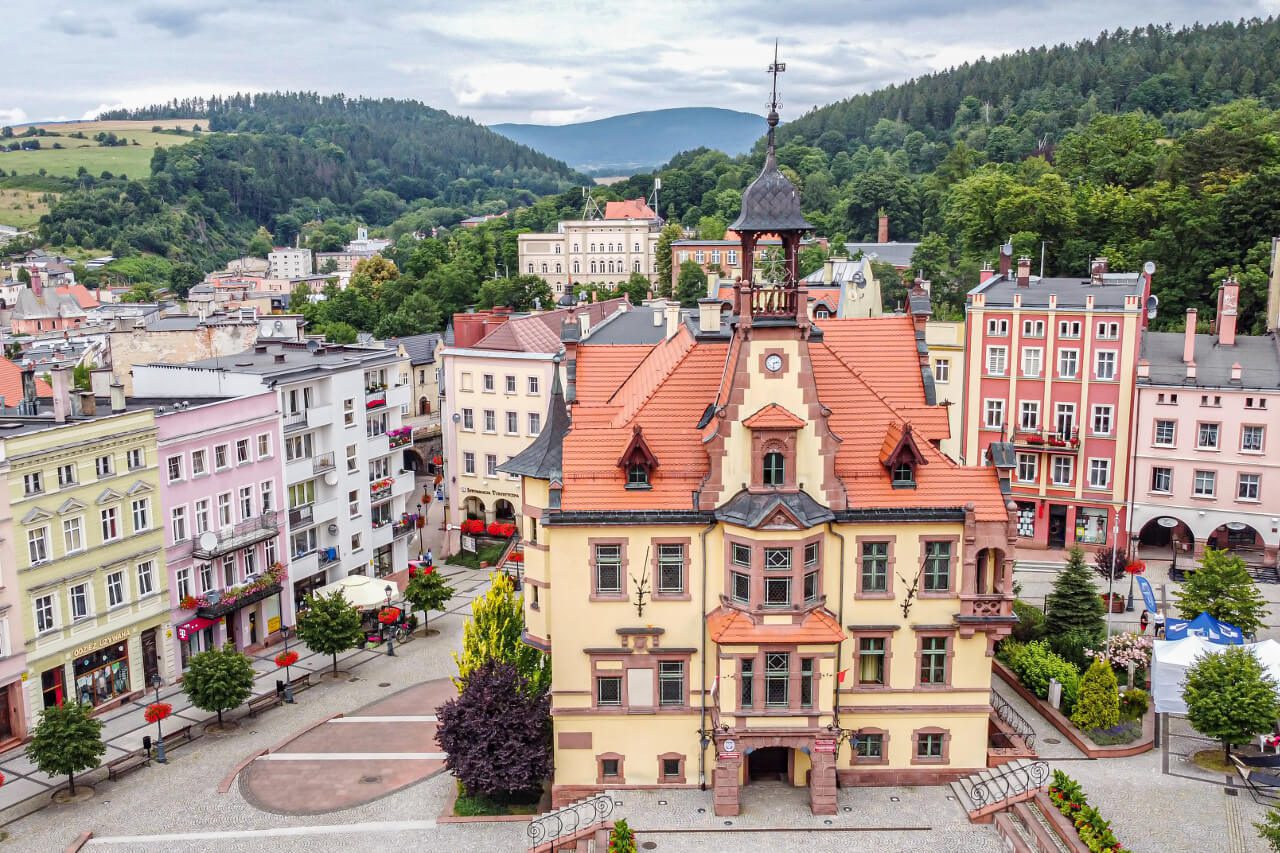

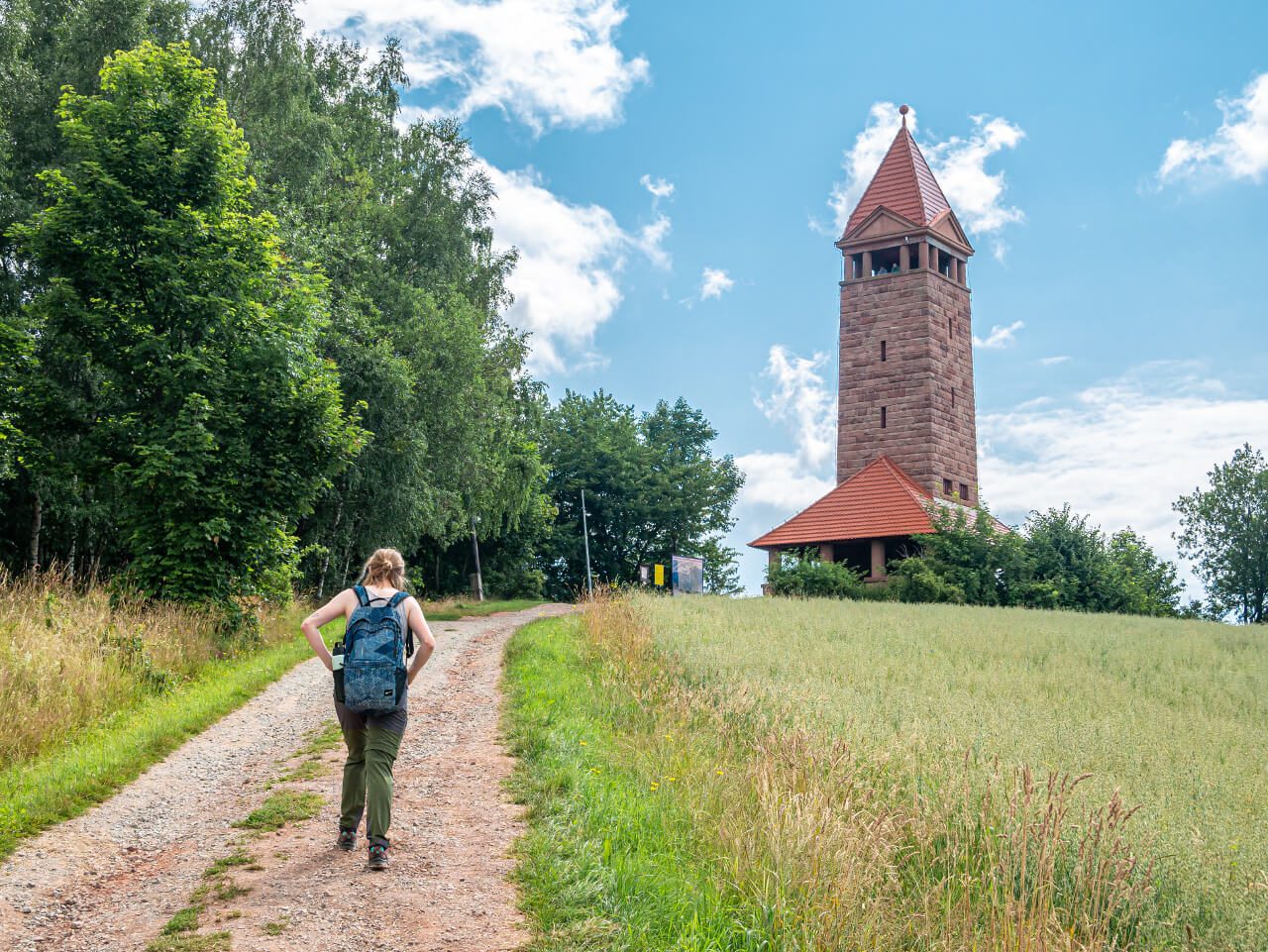
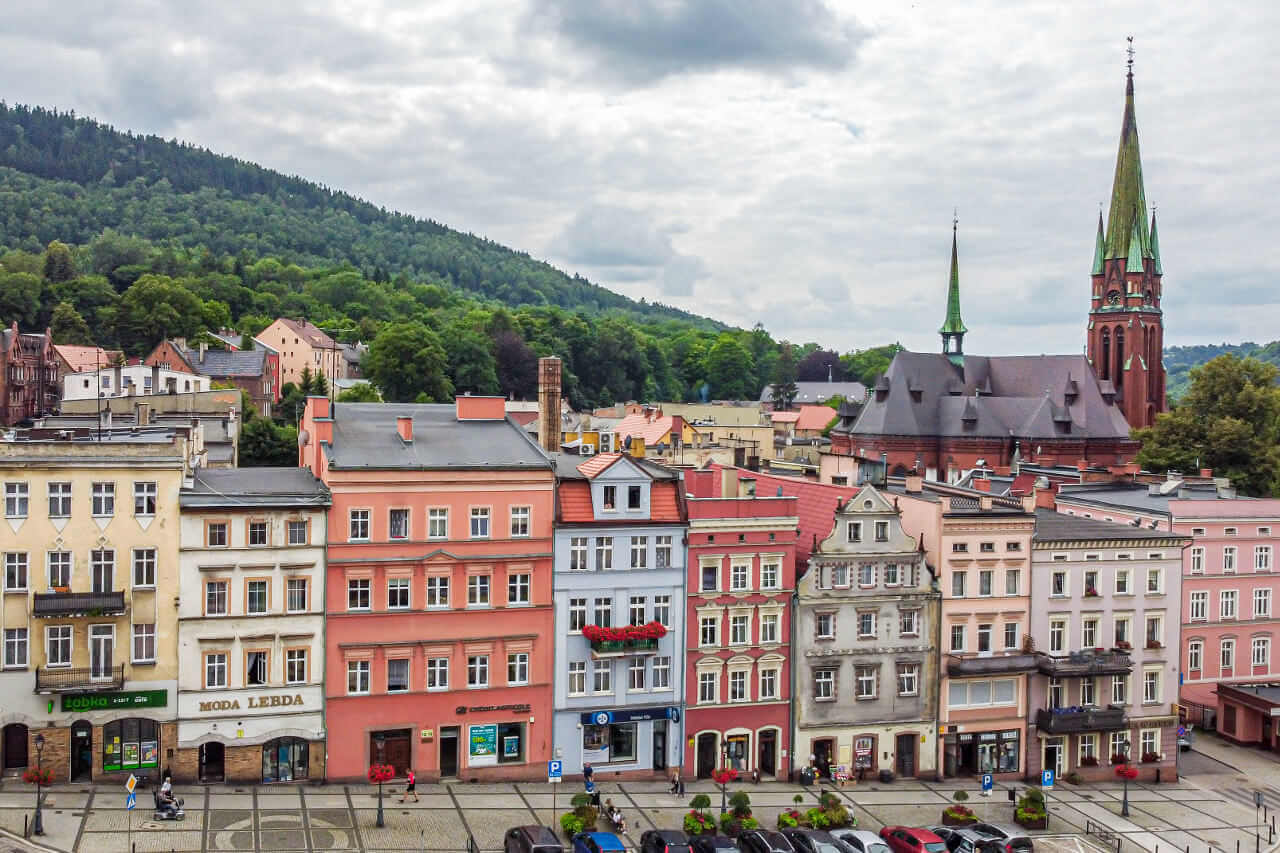
There is a Tourist Coal Mine in Nowa Ruda, which, without powdering reality, shows tourists how demanding and dangerous the miners’ work underground was. The Nowa Ruda mine was one of the most dangerous in the world and claimed many lives in its history.
Nowa Ruda boasts a charming Market Square with a sizable Town Hall and Stillfried Castle, a stately St. Nicholas Church, and many historic buildings befitting its mountainous surroundings. You can look at the city from the view towers on St. Anne’s Mountain and All Saints’ Mountain, but also from the Nowa Ruda coal mine’s heap, which you’ll find in the middle of town.
30. Grodno Castle and Bystrzyckie Lake
Do you like fairy-tale climates with a fog-covered lake and a castle looming in the background above the tree line? You don’t have to look for such attractions in Scotland – we have them in Poland, in Lower Silesia. In search of interesting places to see in Poland, I invite you to Bystrzyckie Lake.
Bystrzyckie Lake is an artificial reservoir that was built by submerging the picturesque village of Silesian Valley. Nowadays, you can walk along the shore of the lake to the dam in Lubachow, thanks to which this reservoir exists. Once you get around the lake, a 30-minute hike up the hill will take you to the mysterious Grodno Castle.

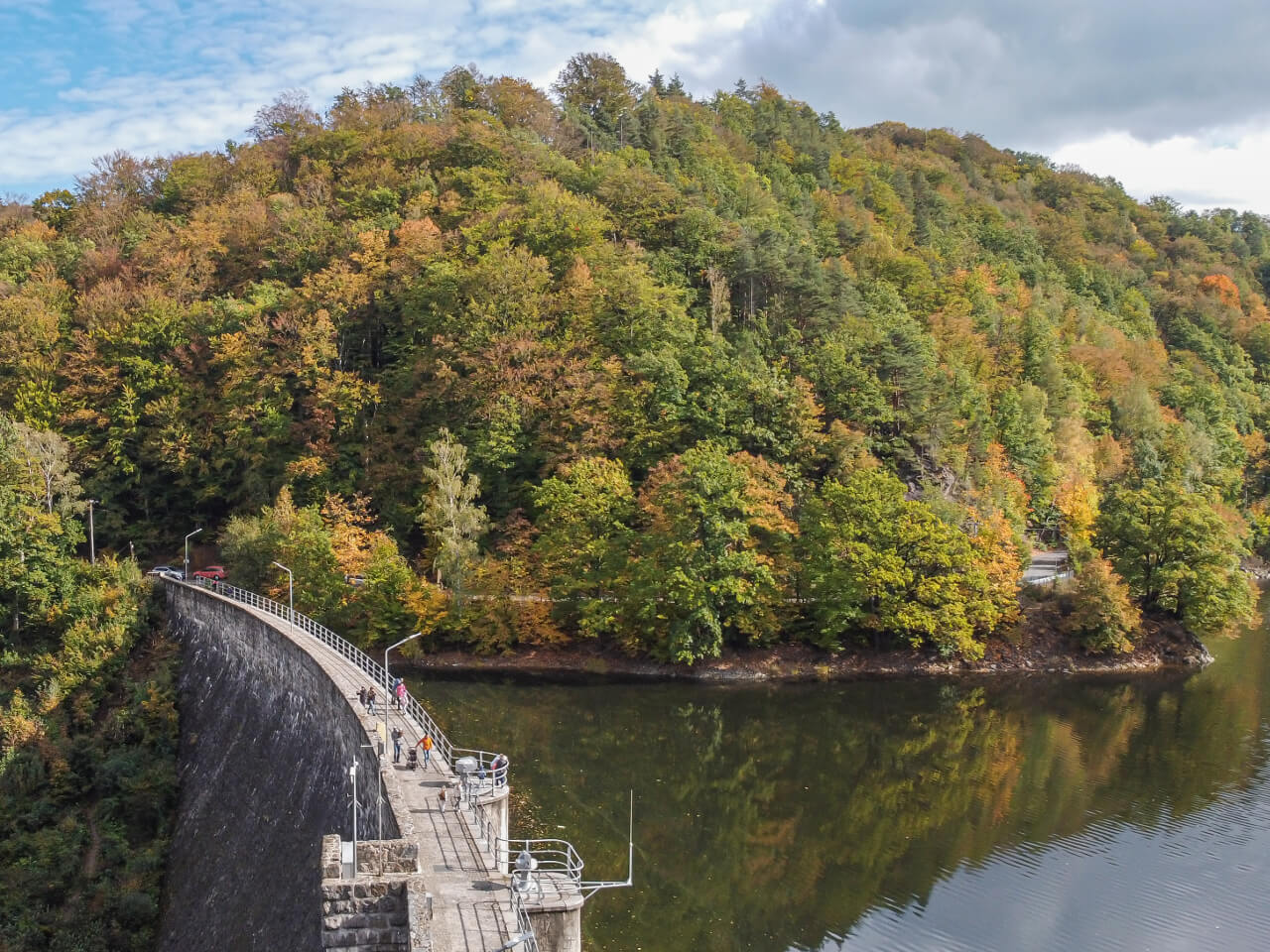
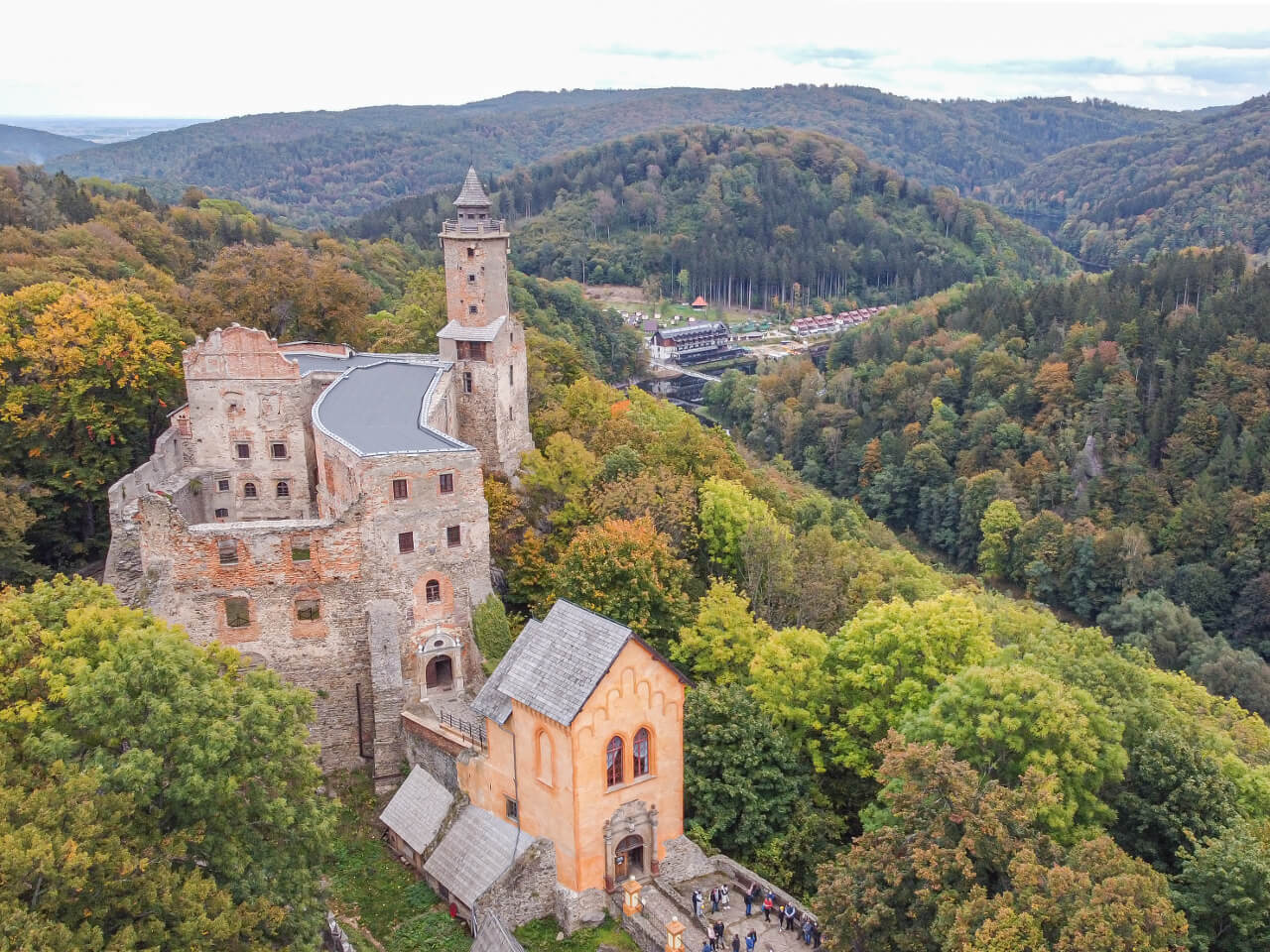
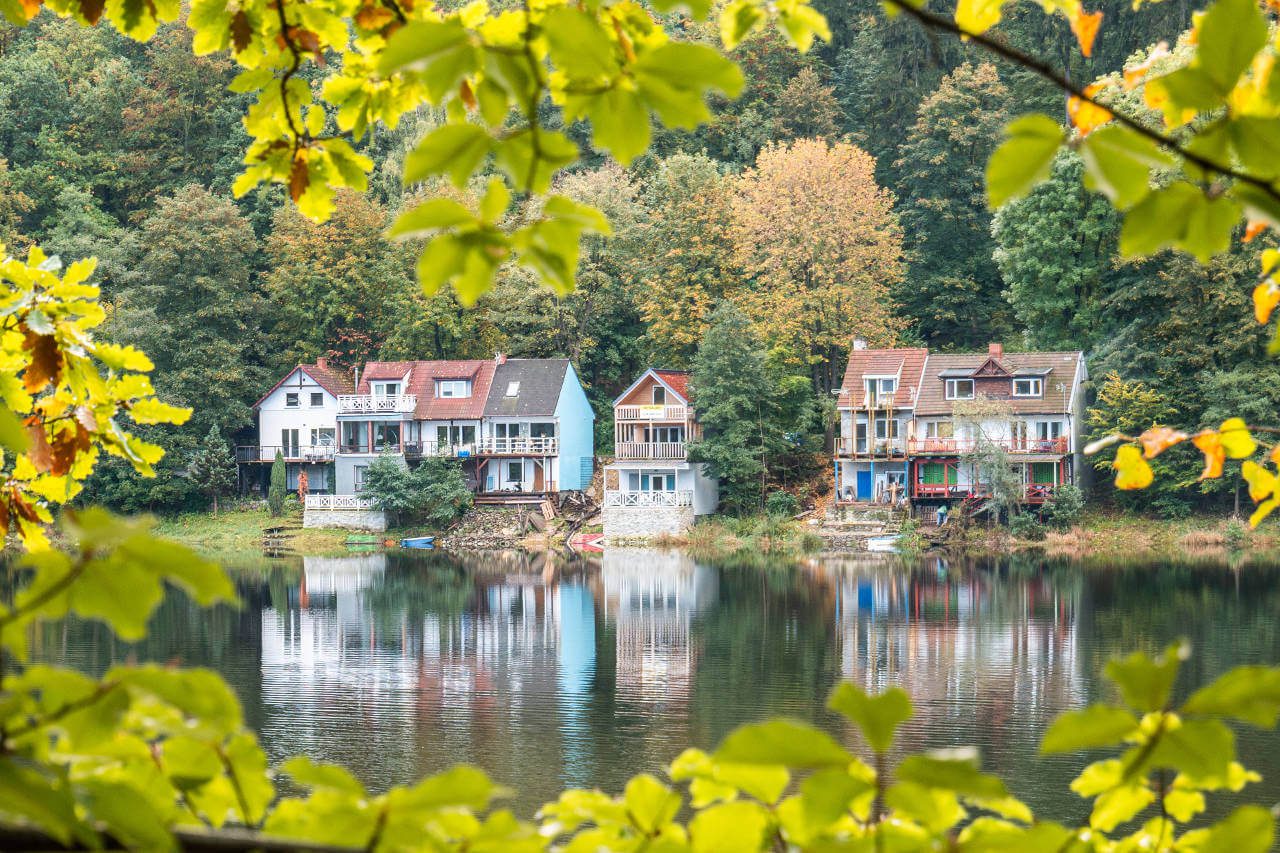
It is said that Grodno Castle may have been one of the hiding places where the Nazis hid their treasures moments before evacuating deep into the Third Reich in the last months of the war. The treasures were never found – they may not have existed or become well hidden and remain a mystery. It is no secret, however, that a one-day trip to Bystrzyckie Lake would be an ideal idea for exploring the unusual corners of Poland.
31. Walbrzych and surrounding mountains
Walbrzych has not always been associated with greenery and relaxation in nature. As recently as the 1990s, the main city of the Lower Silesian Coal Basin was teeming with industrial life, and tourists visited much less frequently. The face of this city, surrounded by mountains and rich in various attractions, including post-industrial ones, is changing strongly.
Fortunately, Walbrzych is getting better at its new role. Its incredible location in the embrace of several mountain ranges, two landscape parks – Książański and Sudetów Wałbrzyskich, the Książ Castle, recognizable in Europe, and its post-coal heritage are considerable tourist assets.
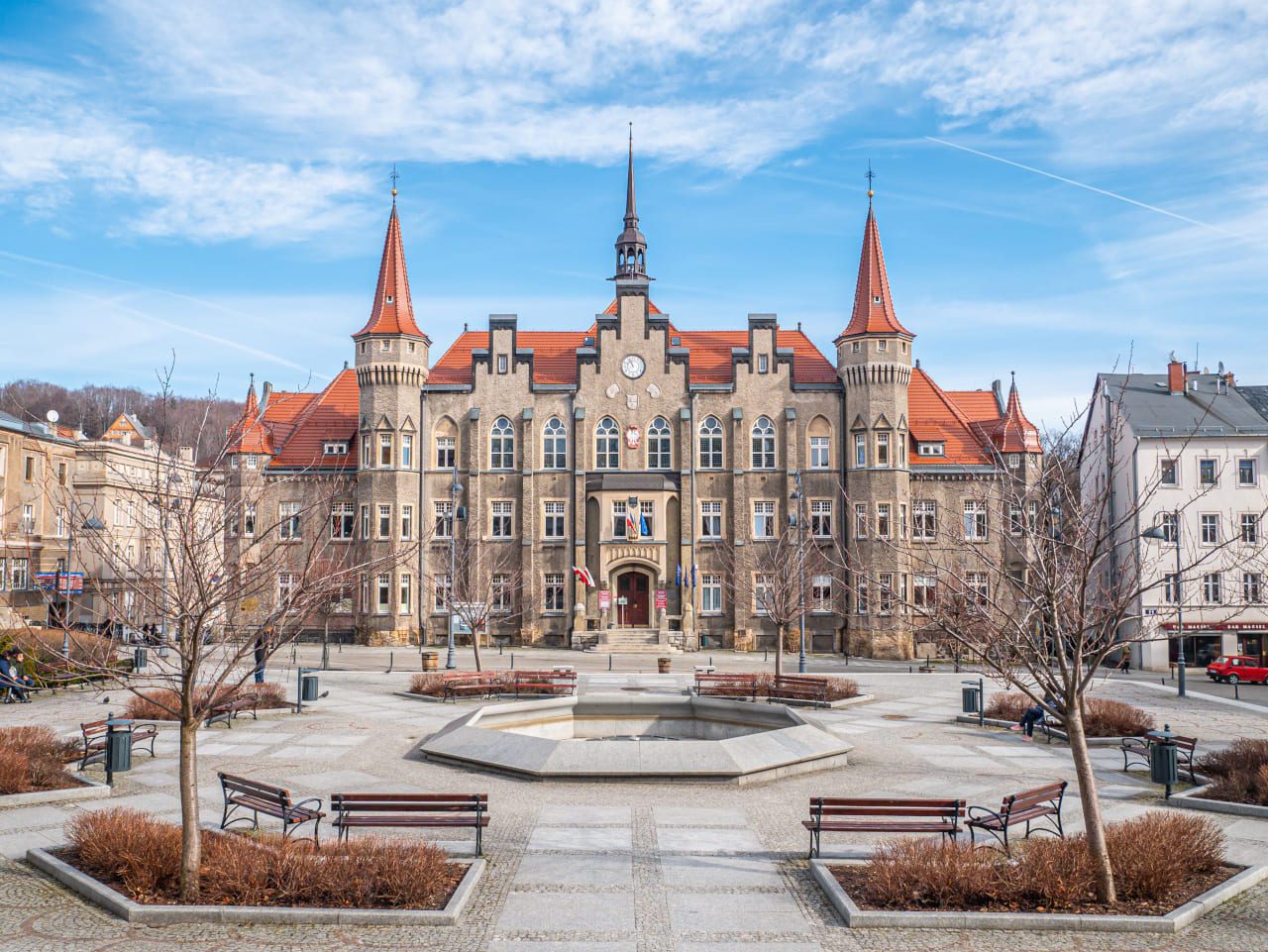
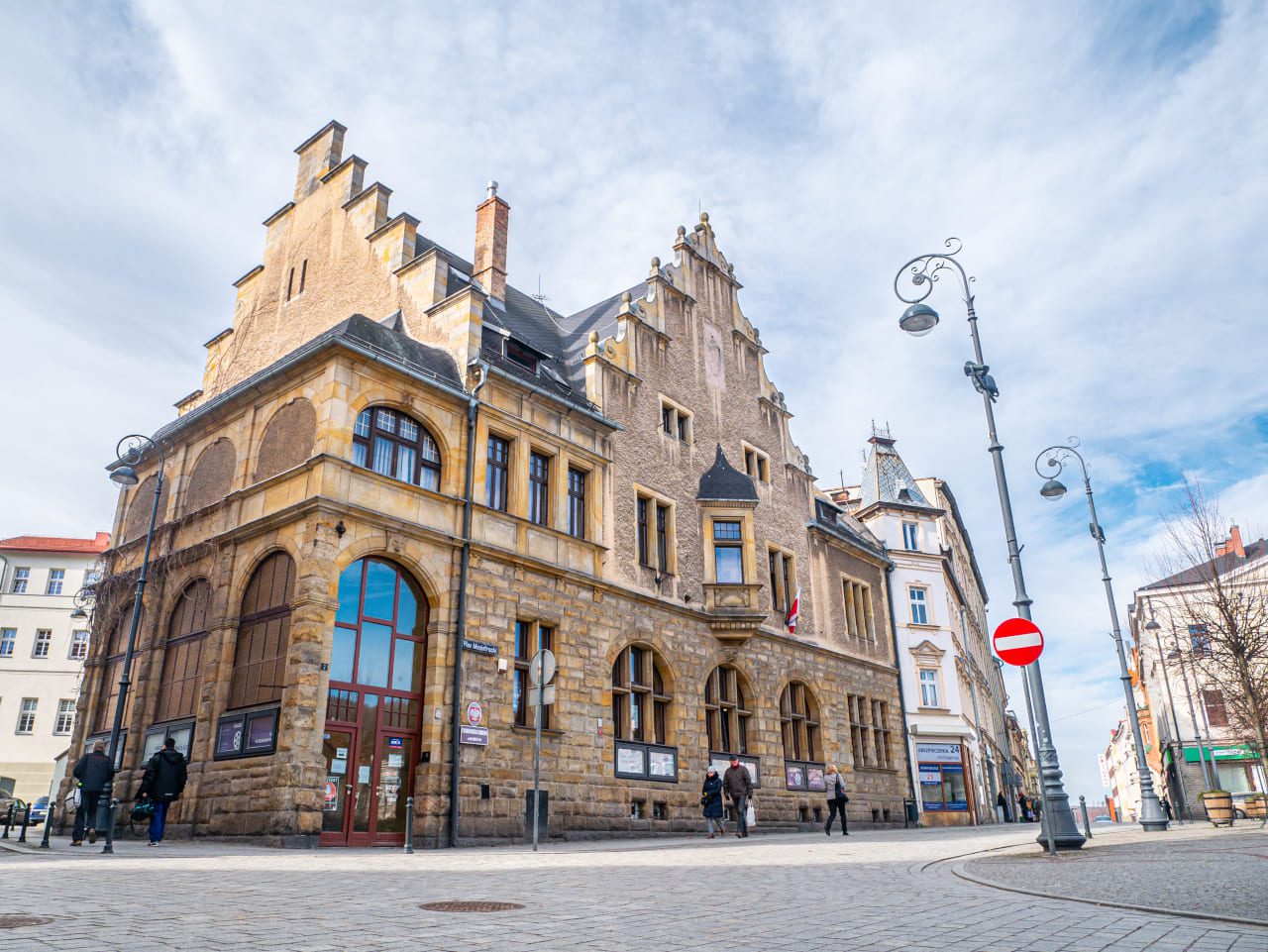

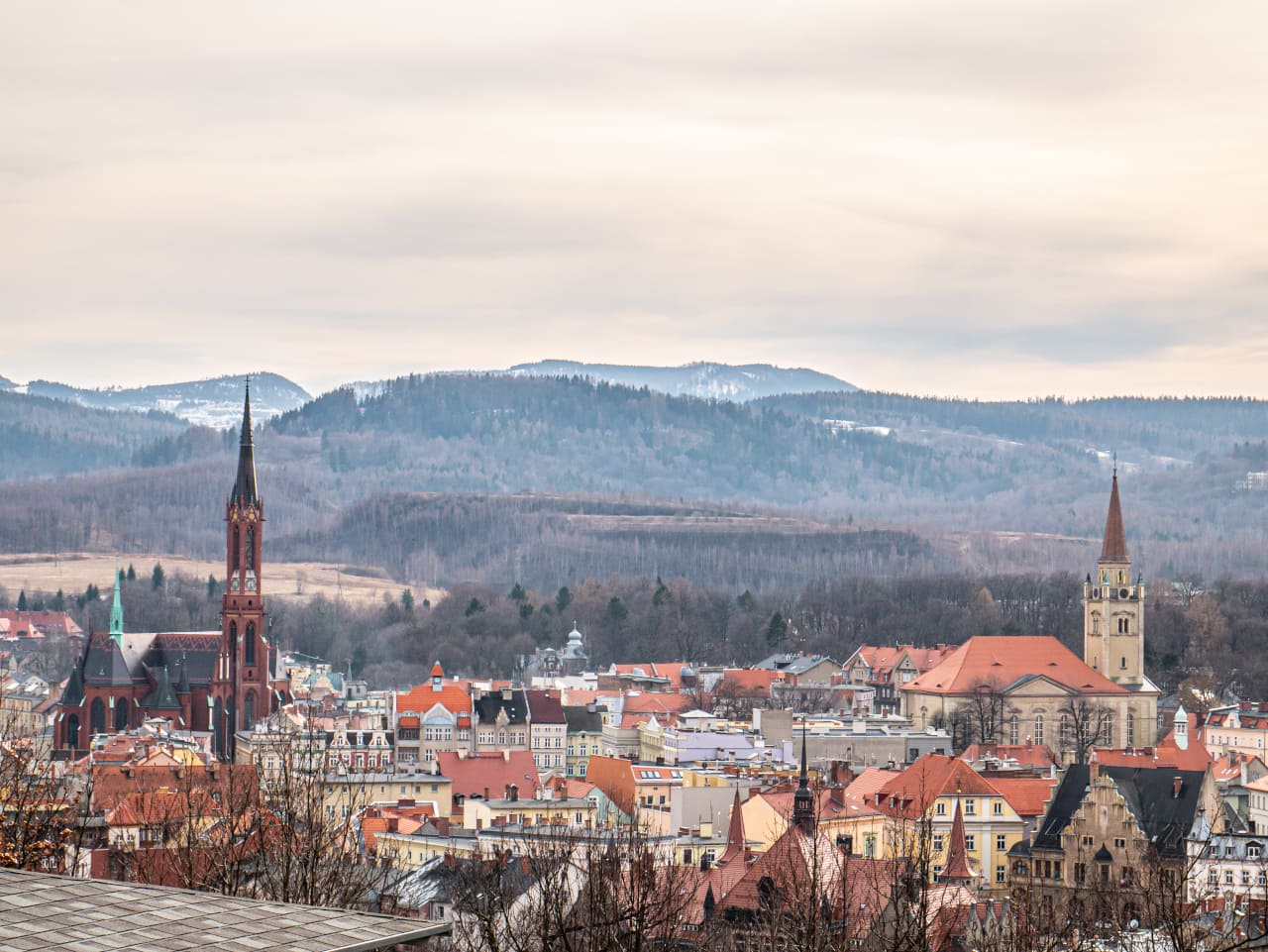
For lovers of mountain hiking, Walbrzych is a great starting point for trips to the Kamienne Mountains and the Walbrzyskie Mountains. It’s also close to the trails of the Owl Mountains (Góry Sowie), the Grodno Castle (Zamek Grodno) towering over Bystrzyckie Lake (Jezioro Bystrzyckie), and the observation towers built on top of Chelmiec and Borowa.
The accommodation base in Walbrzych and surrounding towns is getting better and better. In addition to hotels in Walbrzych, you can also stay in the surrounding spa towns of Jedlina-Zdroj or Szczawno-Zdroj.

Walbrzych’s former coal power is recalled by the “Old Mine”, a science and art center occupying the site of the former Julia Coal Mine. Walbrzych can also boast Poland’s only Porcelain Museum, which occupies the Albertich Palace with over 10,000 exhibits.
32. Pieskowa Skała and Herkules’ Mace (Maczuga Herkulesa)
I have already mentioned the Eagle’s Nest Trail in the context of searching for interesting places in Poland worth seeing. Particularly noteworthy for inquisitive tourists is the Pieskowa Skała Castle, located in the Prądnik Valley, north of Cracow, with the Hercules Mace standing next to it.
Pieskowa Skała Castle was built in the 14th century on the orders of the one who “found Poland wooden and left it brick” – King Casimir III the Great (Kazimierz III Wielki). During the construction of the castle, a natural cliff falling into the Prądnik River was used – that’s why Pieskowa Skała looks so picturesque and is such a tasty morsel for tourists.
Crews from well-known Polish film productions have appeared at Pieskowa Skała. Pieskowa Skała appeared in the 16th episode of the adventures of Hans Kloss, the “Oak Leaf” plot. Equally famous, however, is a natural attraction that stands a few hundred meters from the castle – the Mace of Hercules (Maczuga Herkulesa).
Mace of Hercules (Maczuga Herkulesa) is a rock formation made of limestone, which nature gave the shape of a giant mace. In the past, this distinctive rock was a challenge for climbers, but since the protection of the surrounding nature by the Ojcow National Park, climbing the mountain is no longer possible.
33. Churches of Peace in Jawor and Swidnica
Swidnica and Jawor have become internationally recognized precisely because of these monuments. Thinking of an unusual place to see in Poland? You have just found them. The Churches of Peace in Swidnica and Jawor are priceless monuments inscribed on the UNESCO World Heritage List. When visiting this part of Poland, visit the charming and underrated Swidnica.
Emperor Ferdinand III allowed only three “churches of peace” to be built in the Habsburg hereditary principalities in Silesia – in Jawor, Glogow and just in Swidnica. Only perishable materials could be used for construction: wood, sand, straw and clay.
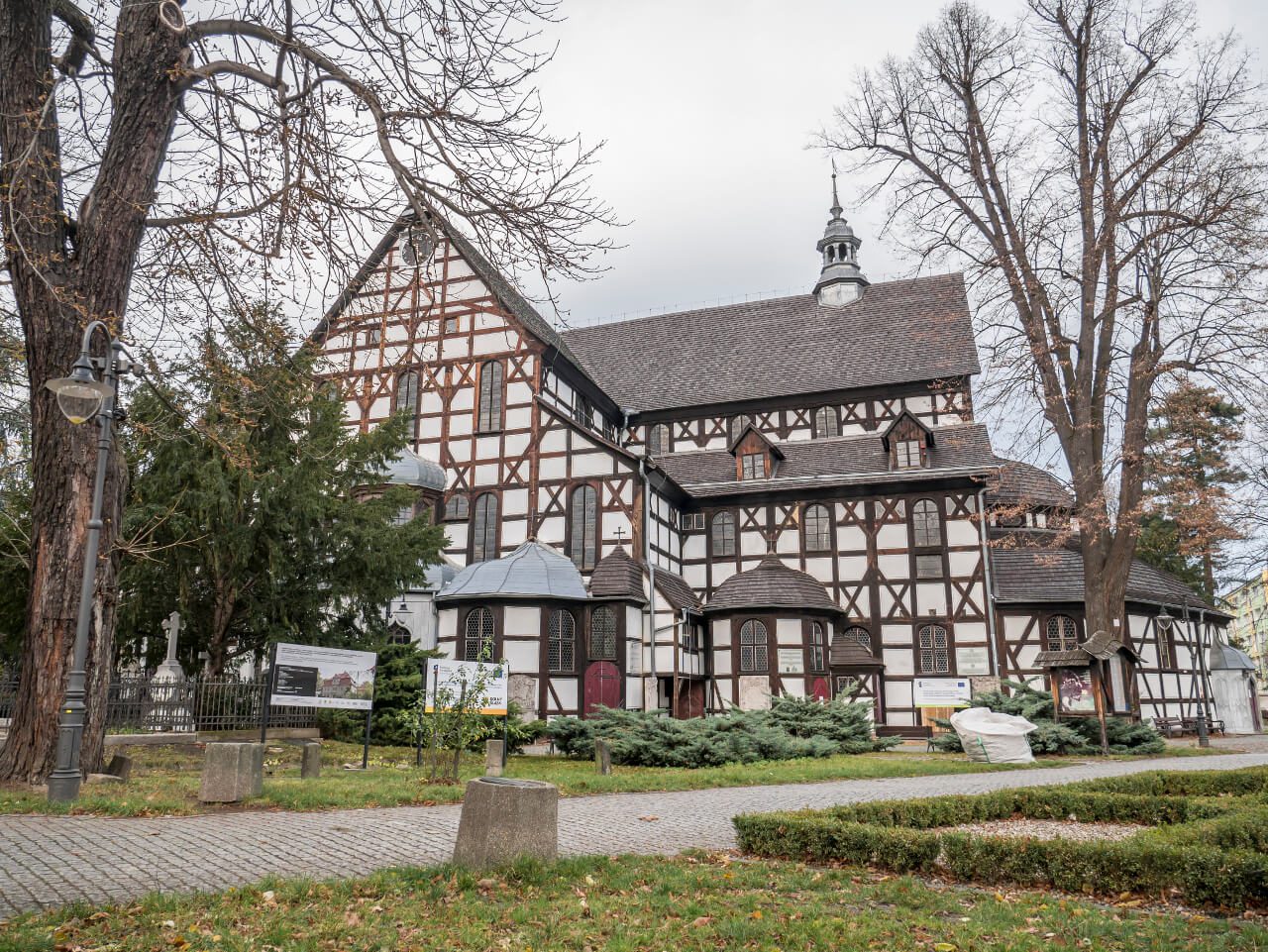
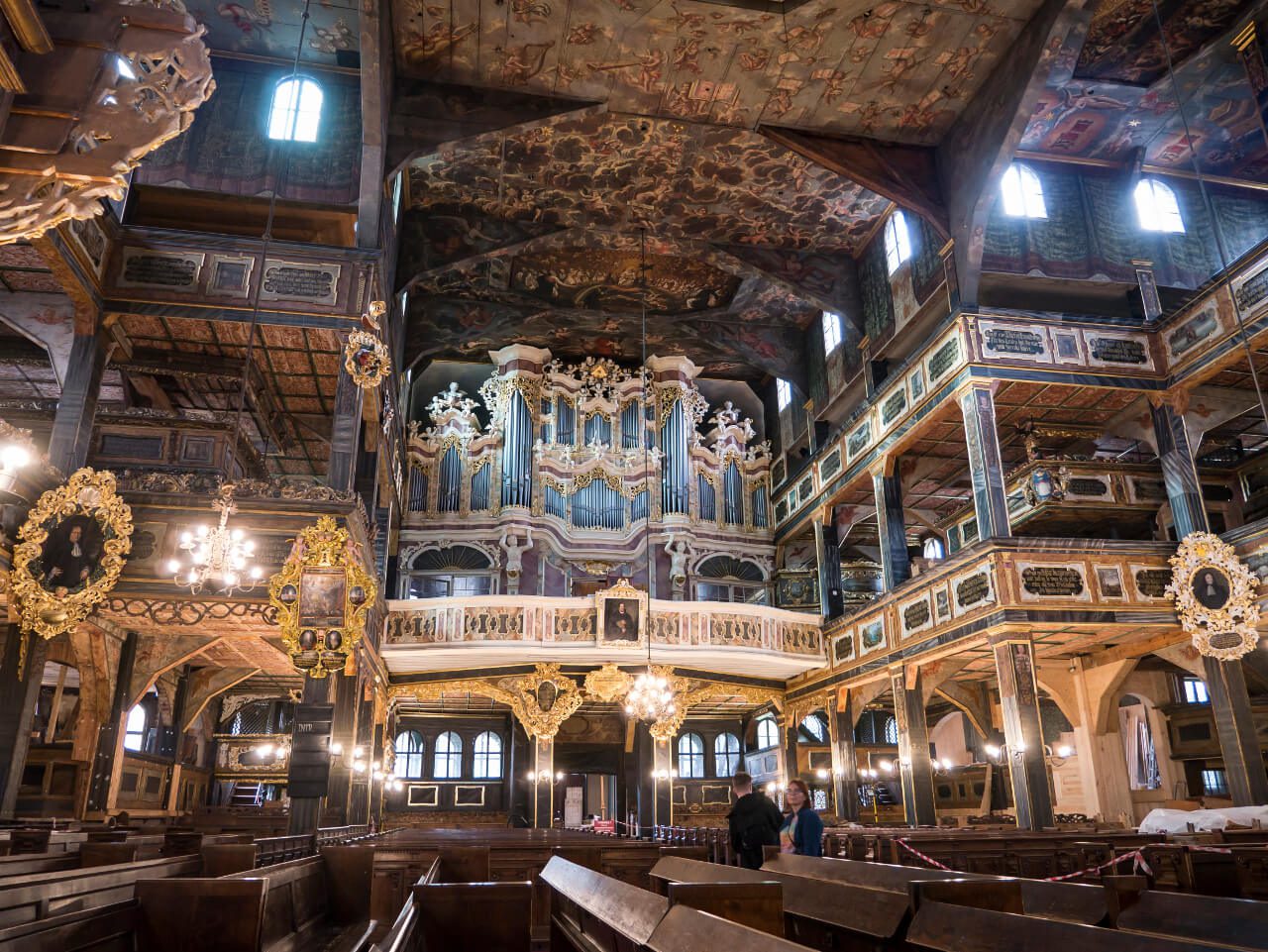
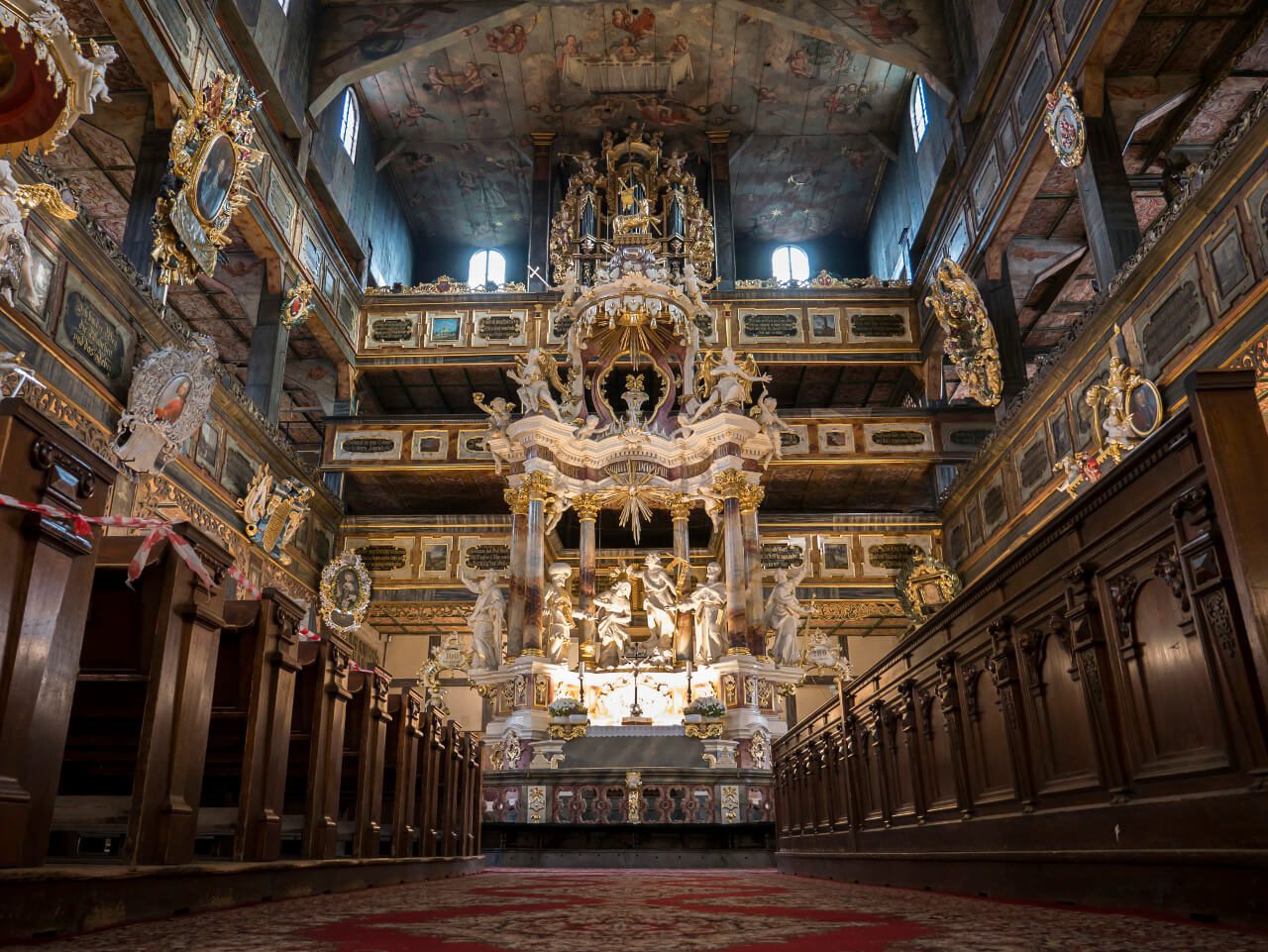
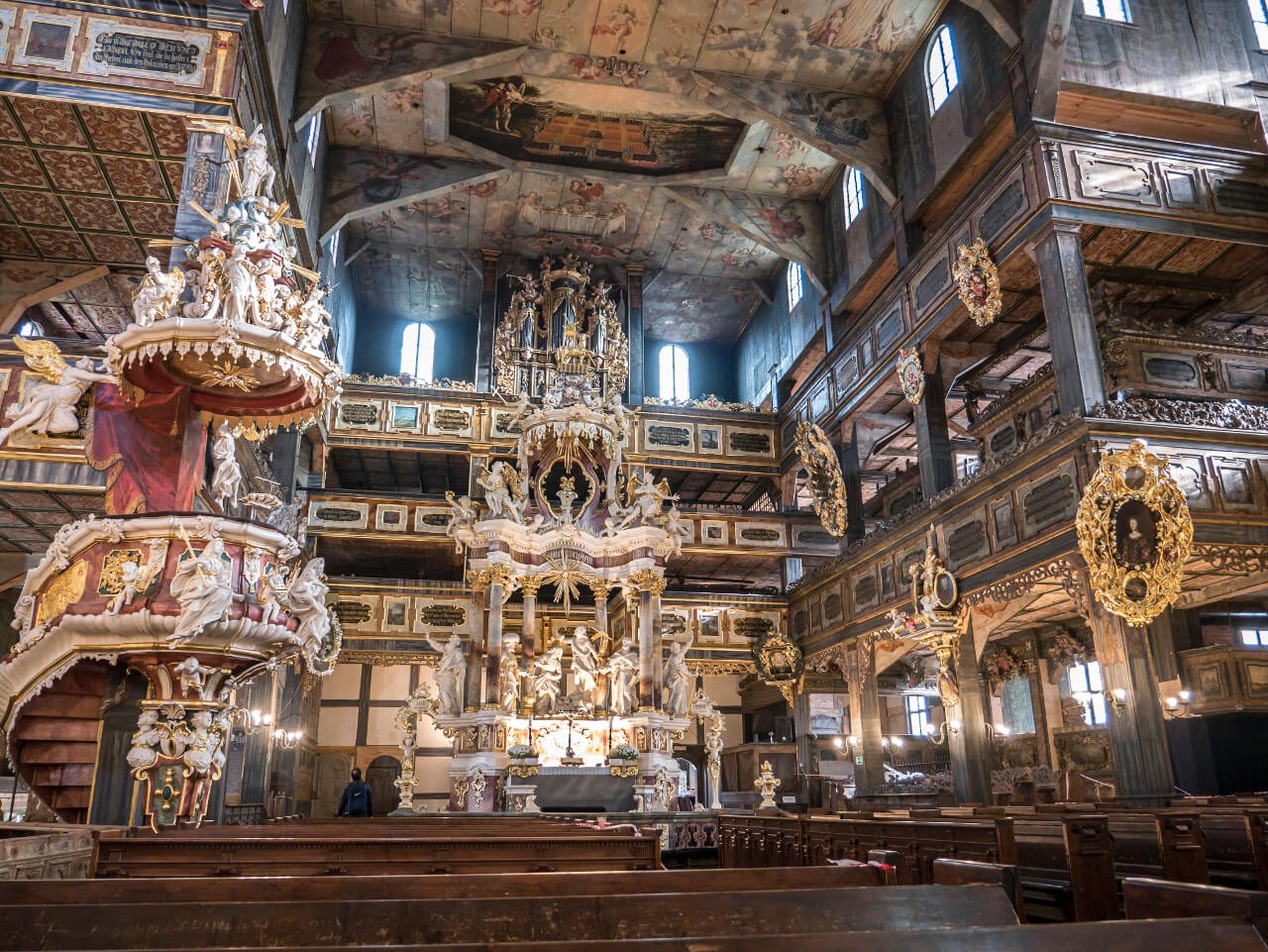
The temples could not resemble a church in shape and had to be located no closer than “the distance of a cannon shot from the city walls.” Churches under these restrictions were built in the second half of the 17th century and nothing heralded that they would survive unscathed for more than 350 years.
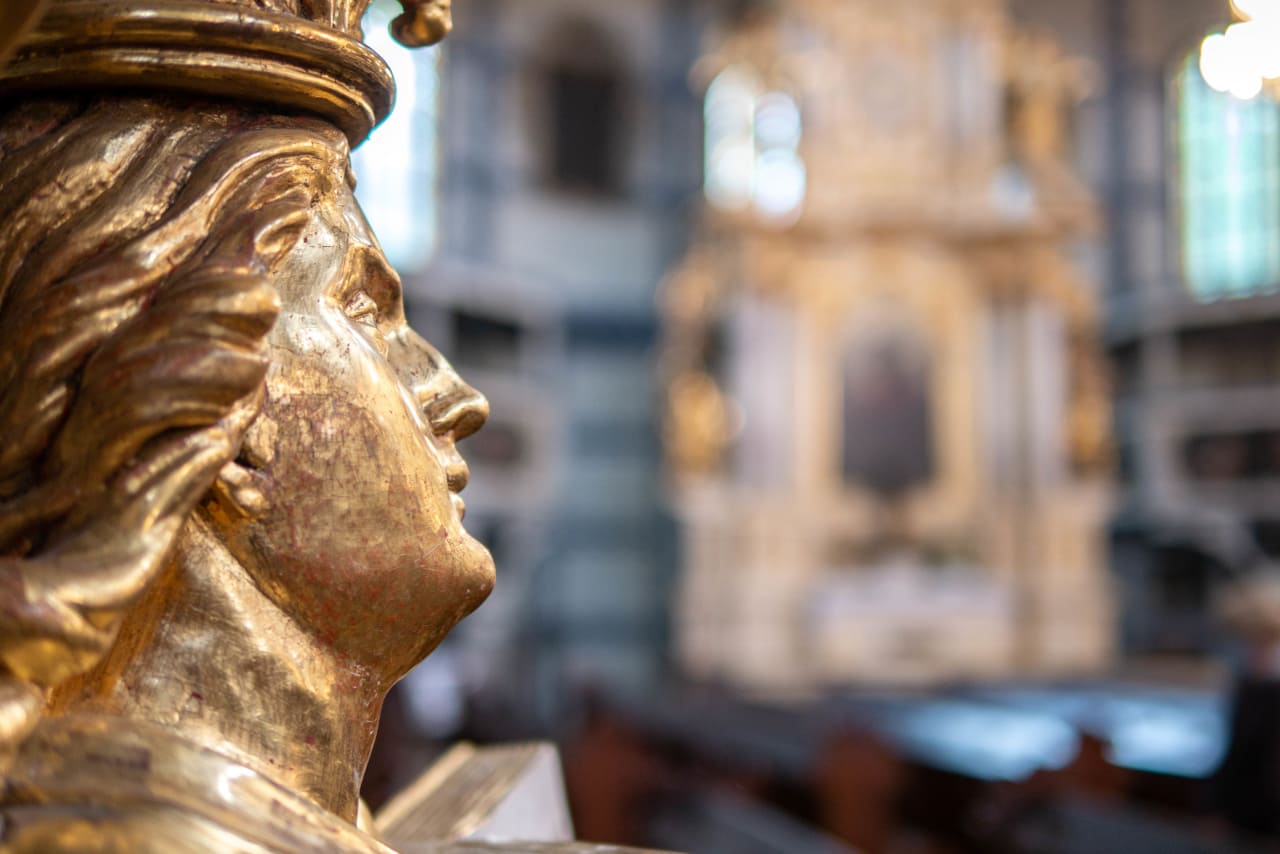
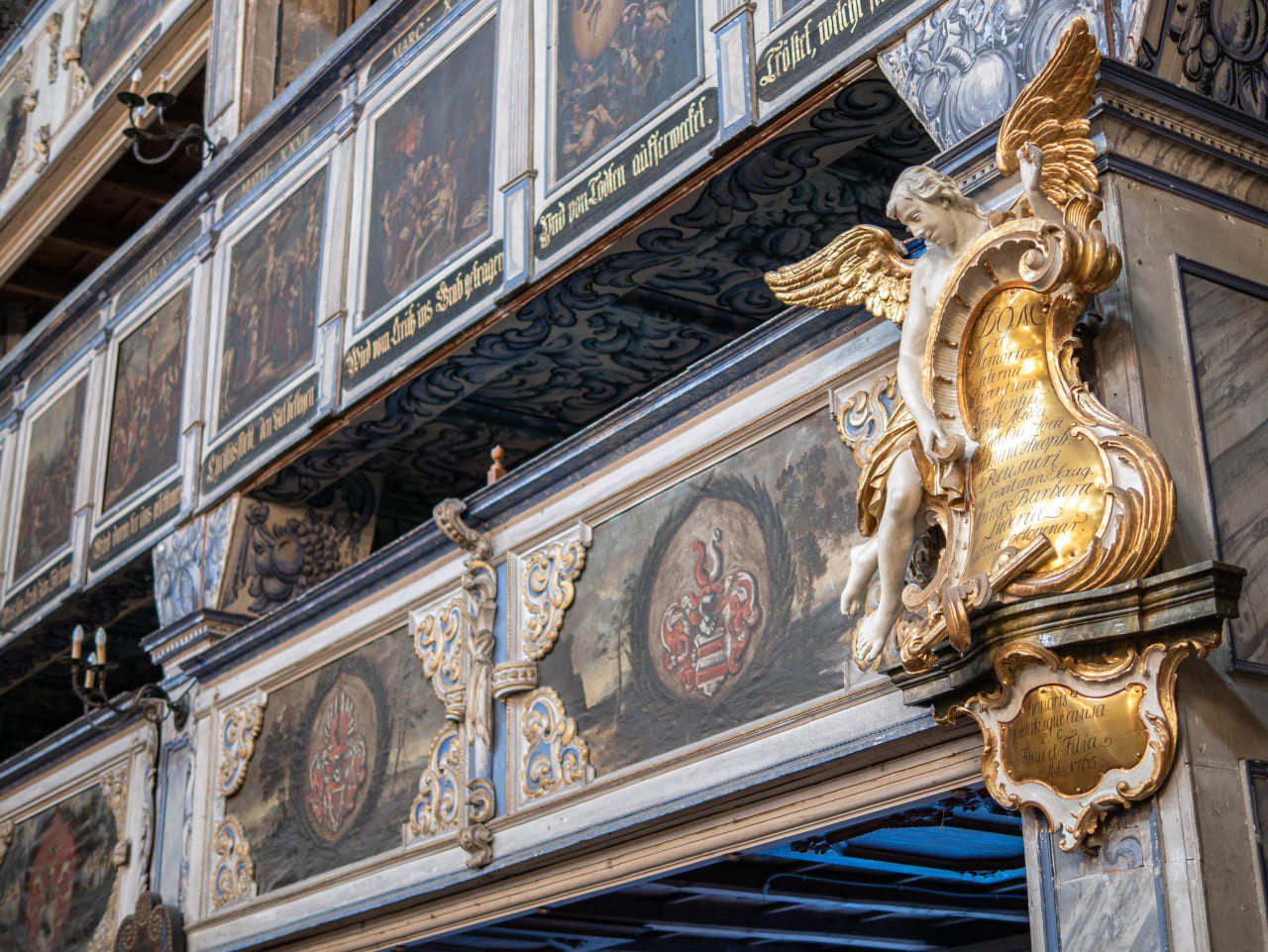
The record-breaking Church of Peace in Swidnica can accommodate up to 7,500 worshippers, making it the largest wooden church in Europe. As many as 27 entrances lead to it. It has been on the UNESCO World Heritage List since 2001, holds the title of Monument of History, and National Geographic named it one of the seven new wonders of Poland.
34. Czocha Castle
In front of you is Czocha Castle – another of Lower Silesia’s legendary castles and the star of several TV productions. The castle’s picturesque location on a bend of the Leśniański Lake, formed on the Kwisa River, makes it an ideal place for a cheap weekend getaway in Poland.
Czocha Castle was built in the 13th century as a structure to protect the Silesian-Lusatian borderland. However, the most interesting thing about Czocha Castle was during World War II, when a secret Abwehr cypher school may have operated here. Following this lead, Boguslaw Wołoszanski’s novel “Twierdza szyfrów” was written, and later a successful film adaptation of it in the form of the series “Tajemnica twierdzy szyfrów.”
Szczegóły zwiedzania Zamku Czocha – w tym jego godziny otwarcia i ceny biletów, sprawdzisz na stronie internetowej. Do Zamku Czocha dojedziesz tylko samochodem – w pobliżu nie ma przystanków komunikacji zbiorowej.
A network of underground corridors of unclear purpose was discovered at Czocha Castle, and the castle rooms were connected to each other by secret passages. This has raised associations for some tourists with Hogwarts Castle from the Harry Potter stories. There are also several hypotheses about the walled-off halls, which are still supposed to be full of valuables.
After World War II, Czocha Castle became disfavour and degraded more. Emigrants from Greece put the “dot over the i” in this by breeding in the castle’s knight’s hall…. pigs. Fortunately, they managed to halt the castle’s decline, brought it to restoration and created another gem on the map of Poland for tourists.
35. Pieniny Mountains and Pieniny National Park
Pieniny is a border mountain range that is increasingly listed among the ideal destinations for a cheap weekend getaway in Poland. Visitors can enjoy varied mountain trails, the picturesque Czorsztyn Lake with its magnificent dam, castles and the legendary Dunajec river rafting. The Pieniny National Park, which exists in the area, protects local nature.
I recommend climbing to the top of Trzy Korony, looking at the pine tree over 500 years old (unfortunately damaged during a rescue operation with a helicopter) at the top of Sokolica, and visiting Czorsztyn and Dunajec castles in Niedzica. Take a look at Szczawnica and stroll through the centre of this town.

The legendary Pieniny attraction is the Dunajec rafting, which is led by rafters (“flisacy“) who have passed down the profession from generation to generation. Rafting on a rafting boat from Sromowce Niżne to Szczawnica or Kroscienko will allow you to see the Pieniny Mountains from the perspective of the river and listen to the rafters’ stories.
A natural base in the Pieniny Mountains is Szczawnica, where you can stay overnight. In Szczawnica, the historic spa architecture is worth noting. It’s a pleasant place as a starting point for trips to the Pieniny Mountains.
36. Sleza (Ślęża)
Sleza is a lonely mountain located near Wroclaw. Being the centrepiece of the Sleza Landscape Park, the mountain fills up every weekend with hundreds of tourists who want to escape the hustle and bustle of the city here. This mountain is a former site of pagan cults; stone statues and sites of probable pagan temples can still be found on its slopes.
Although Sleza measures only 718 meters above sea level, it stands out about 500 meters above the level of the surrounding plains. This makes it appear much higher, and this great prominence allows it to be seen even from distant points in Lower Silesia. At the top, you will find PTTK Tourist House, the Church of the Visitation of the Blessed Virgin Mary, and a little near the top – a viewing tower with Lower Silesia as if on your hand.
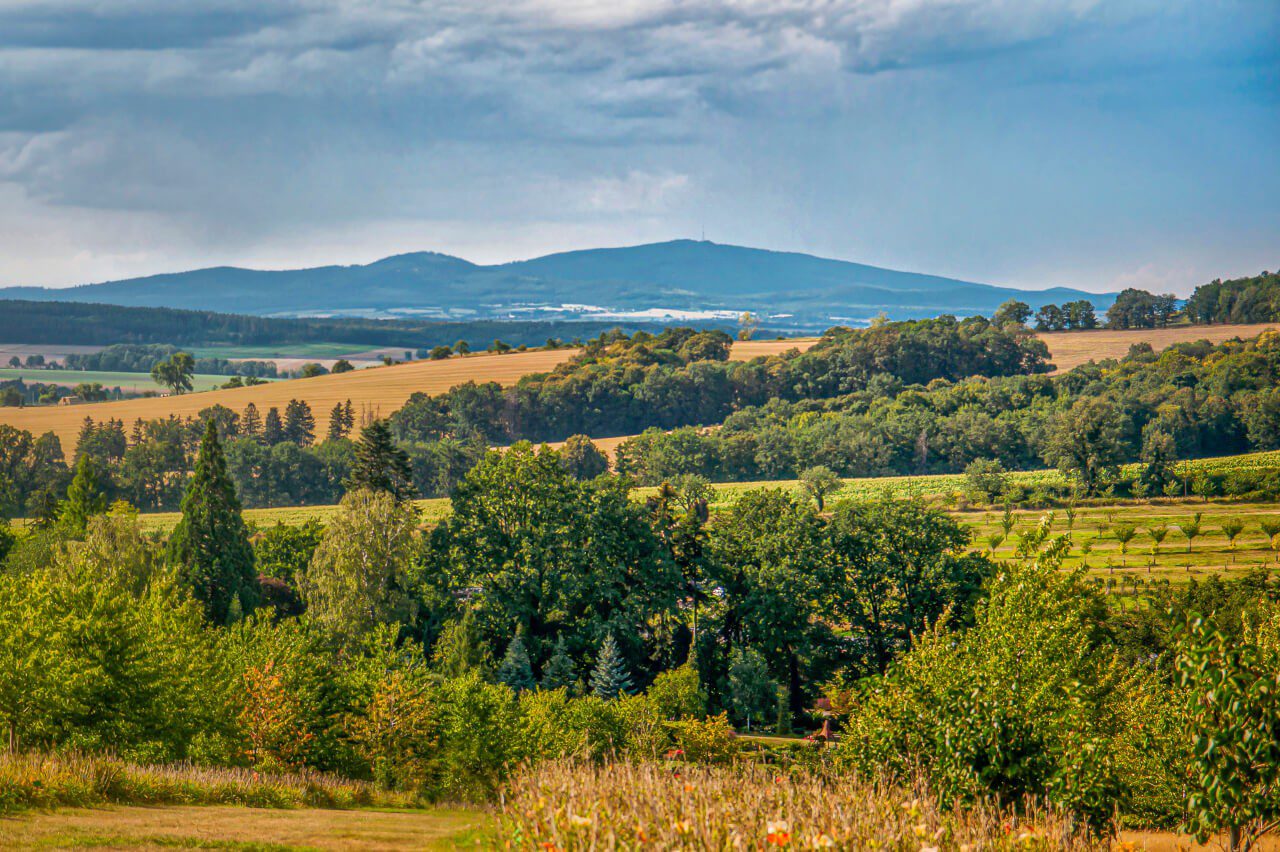

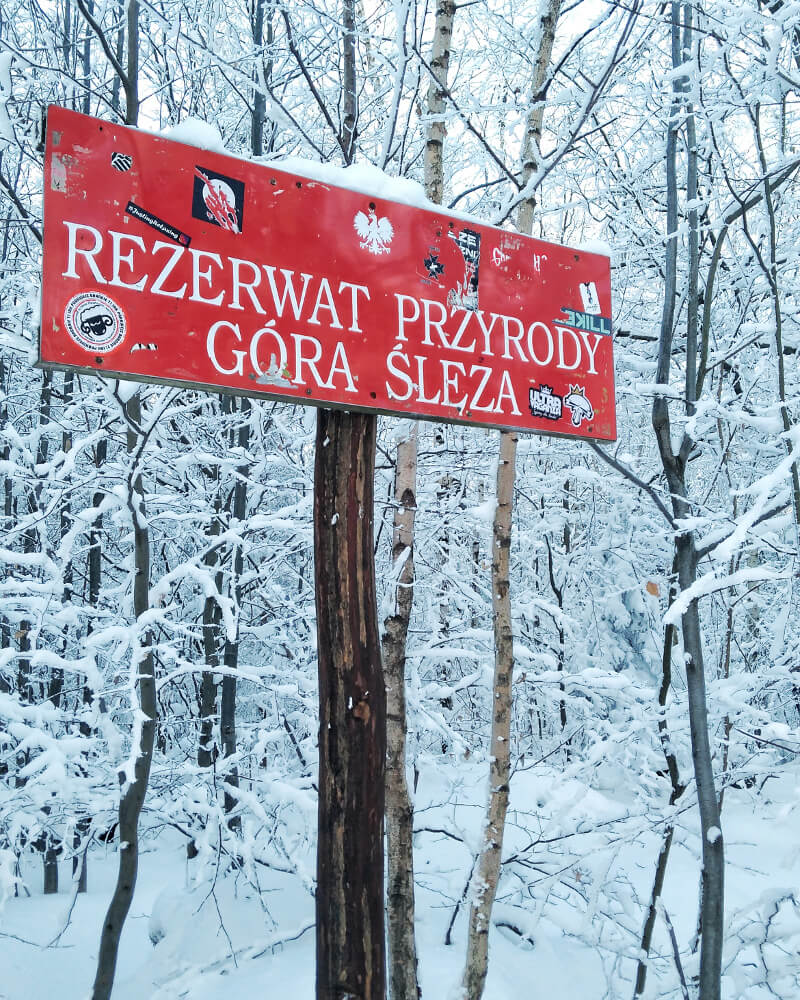
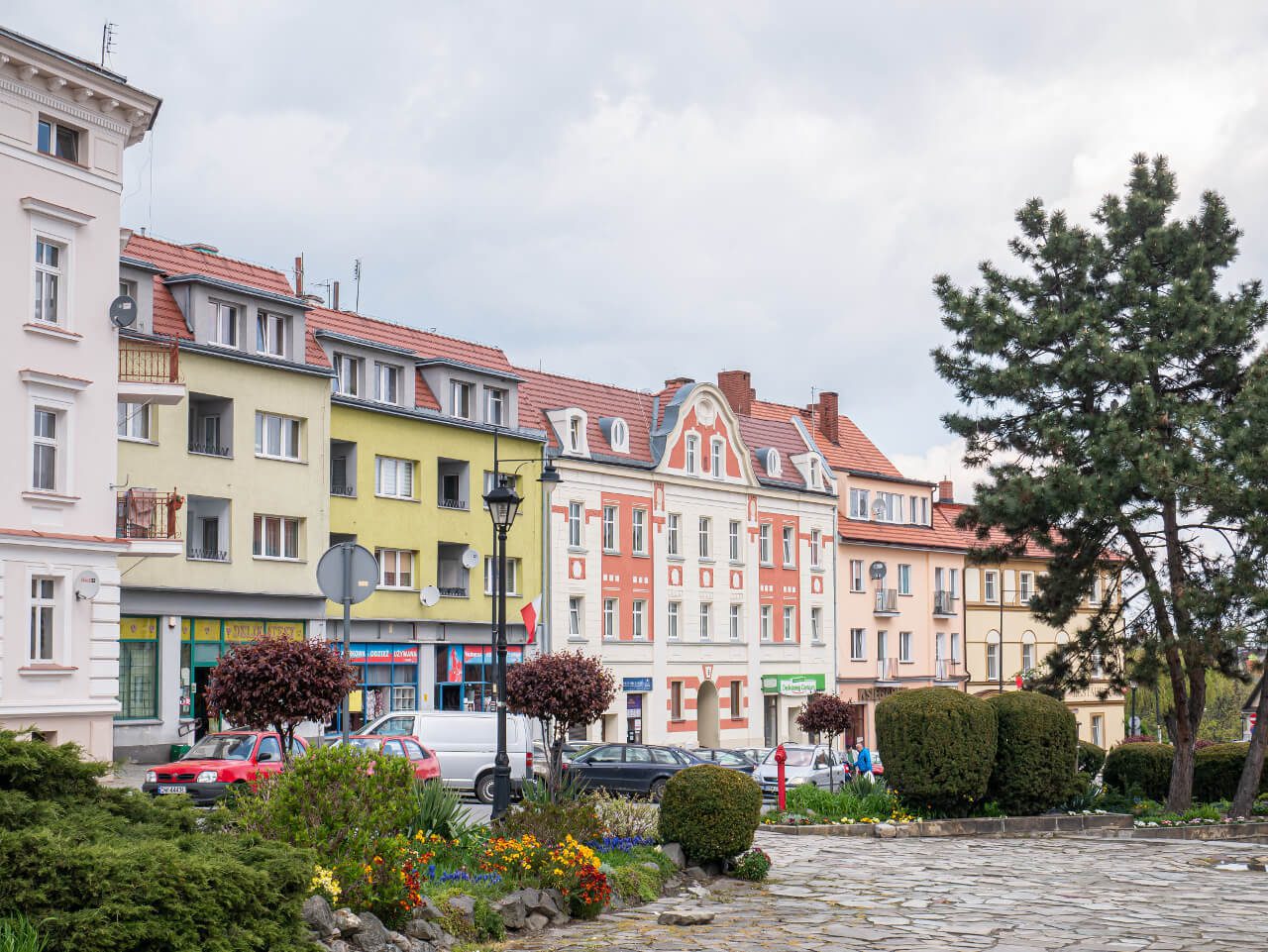
However, a few tourists heading to Sleza choose to visit Sobótka, a small town at the foot of the notorious Sleza. Dominating the town’s landscape is the 15th-century Gothic St. James Church. You’ll find an embedded stone sculpture of a Romanesque lion at the base of the church’s tall tower, which protrudes slightly beyond the tower’s outline.


Also worth a visit is the Slezno Museum, where there is a lapidarium, an exhibition of stone sculpture fragments and architectural elements with the Sobotczanska Column – a cult boulder probably dating from the Neolithic era. And if you fancy a glass of local wine after your hike, there is the Celtica Winery in Sobotka (Winnica Celtica), which occupies the Old Gasworks building.
37. Zabkowice Slaskie (Ząbkowice Śląskie)
Zabkowice Slaskie is an inconspicuous town located at the gateway to the Klodzko Basin. Next to Torun, it is the second Polish city that can boast a crooked tower (and one that is deflected from the vertical by as much as 2 meters). However, there is no other city in Poland whose history is associated with the figure of Frankenstein. Zabkowice Slaskie is actually “Frankenstein” in German!
A story from the early 17th century, full of hypotheses, is associated with Zabkowice Slaskie, about eight local gravediggers who allegedly caused a plague epidemic by making an infectious powder from human corpses. It is possible that the description of these events reached the young Mary Shelley many years later and inspired her to write a story about Dr Victor Frankenstein.
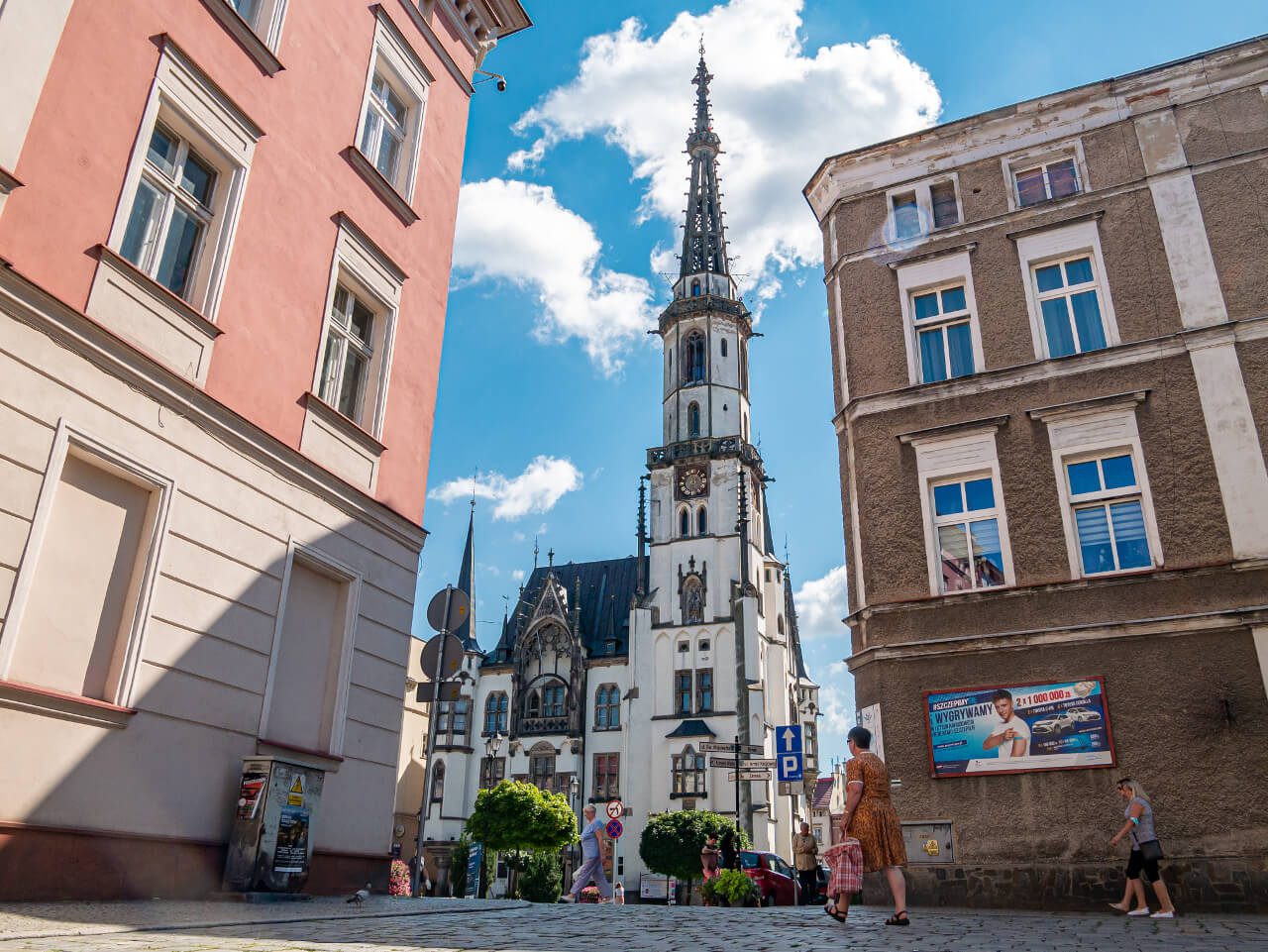


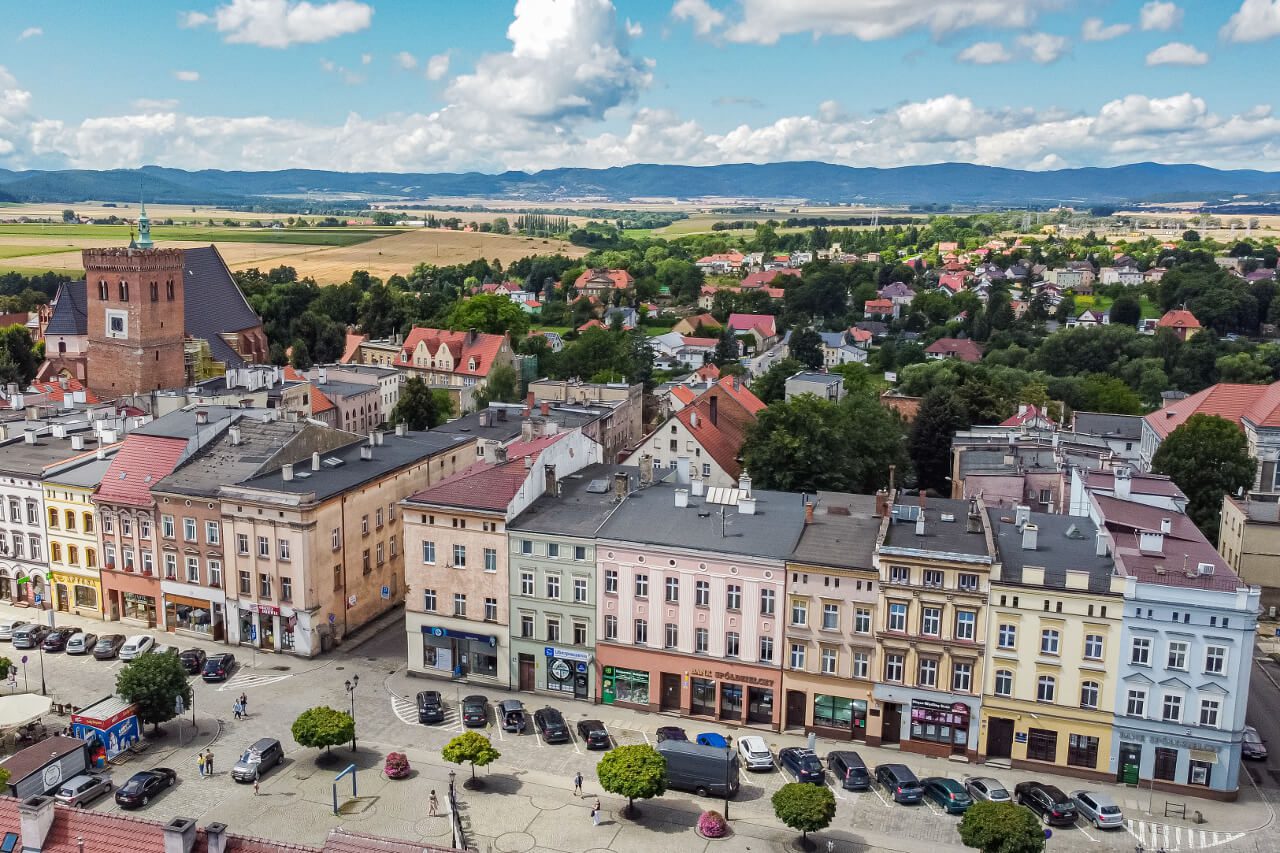
The leaning mass of the Leaning Tower in Zabkowice Slaskie is not to be missed. Although neither its historical purpose nor the backstory of its construction is clear, the tower is the city’s most recognizable building and attracts tourists from all over Poland. In 1977, its deviation from the vertical was 1.98 m, while today, it is approx. 2,12 m. From the street level, it makes an impression that no photos can convey.
The soaring City Hall, which you can now see in Zabkowice’s Market Square, is the… sixth such building in the city. The previous five incarnations of the town hall were unlucky, and either went up in flames or were destroyed during wars. The modern version of the town hall was designed by Alexis Langer, known for his design of the Pokoyhof Passage in Wroclaw and several churches in Silesia.
FAQ about Poland – All You Need To Know Before Visting Poland
To make your tour of Poland even stronger, I have decided to collect here the answers to the most common questions tourists ask. Poland is a graceful country to travel – not only is it full of beautiful and diverse attractions but also… very cheap compared to Western European countries.
If there are questions you’d like answered – get back to me in the comments and ask your question. I will answer it and add it to this list of FAQs so that the answer can also help other readers.
Is Poland cheap to visit?
Poland is clearly cheaper than Western European countries. You can expect lower prices in stores, and restaurants, buying tickets to attractions or tickets for trains and buses. Hotel prices in major cities are quite high but certainly cheaper than German or French standards.
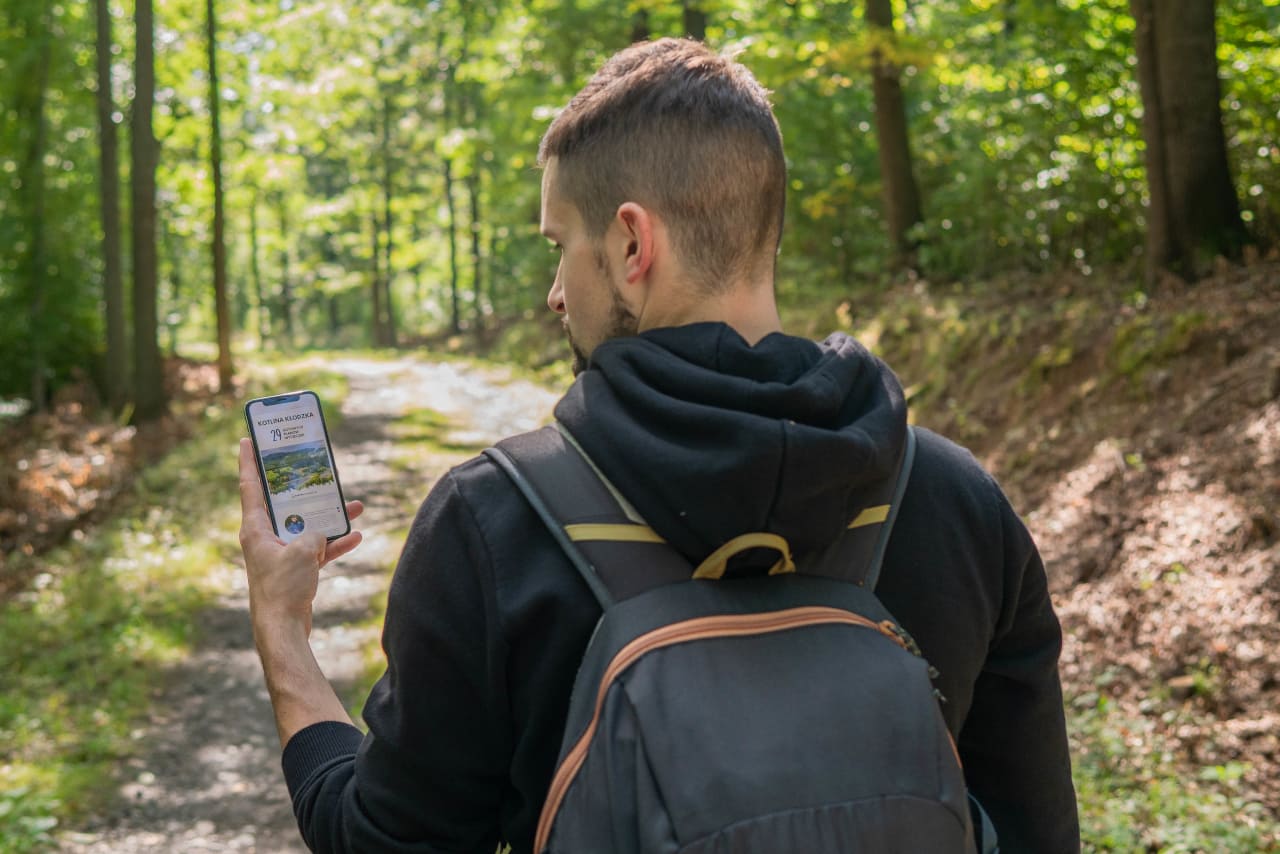
In terms of the quality of services, Poland is not inferior in the clash with Western European countries. In 2022, you will pay between PLN 30 and 60 (EUR 6-13) for dinner in a restaurant in a major city. Coffee in good cafes costs about PLN 12-15 (cappuccino – EUR 2.5-3). For a double room in a comfortable hotel in a big city (e.g. Wroclaw, Krakow) you will pay from 200 to 400 zlotys (40-80 EUR), although there are cheaper facilities.
Transportation by train on long distances (like Wroclaw – Gdansk by the sea) you will pay less than 100 PLN (20 EUR). Local trains will be much cheaper – but not “unreasonably” cheap. ;)
How Many Days Do You Need in Poland?
To visit all of Poland’s “must see” attractions, you’ll need to spend at least a few weeks in the country. Due to the long distances between cities, the drives take a lot of time. Domestic flights are available only on certain routes (e.g. Wroclaw – Warsaw, Krakow – Warsaw, Wroclaw – Gdansk).
A good option is to plan min. two days for each city you are interested in and… as much time in the mountains and among nature as you dream of. If you are visiting Poland as a tourist, stay there for at least a week (and preferably 10-14 days). And then come back here often ;)
You’ve just learned about a long list of interesting places and attractions in Poland that are worth visiting for a day, weekend or longer trip. It turns out that you don’t have to go abroad to have a great time while traveling. Poland for a weekend offers so many possibilities that you will need many months or maybe years to pass all of them. I wish you a successful exploration and tour of Poland!

